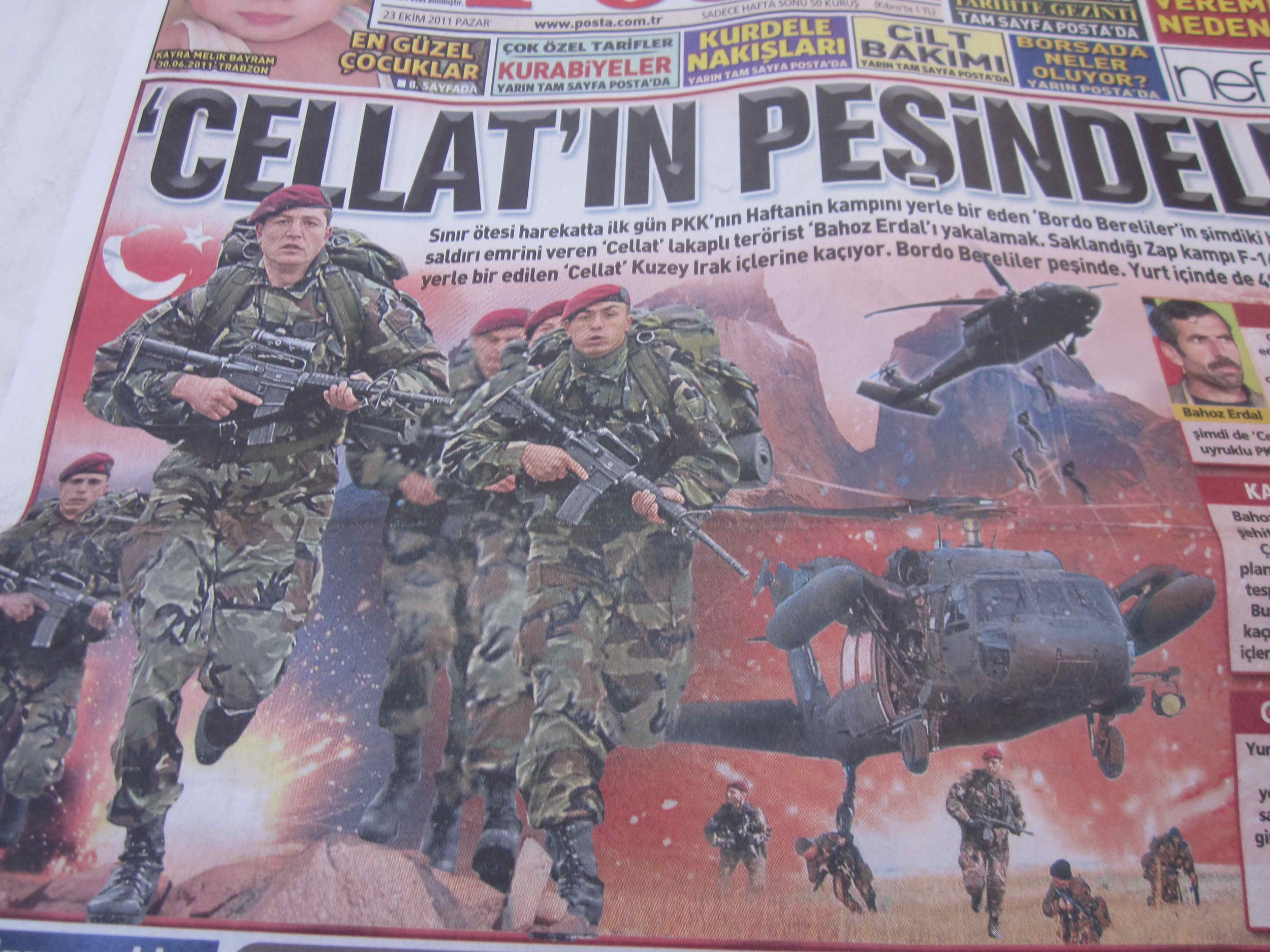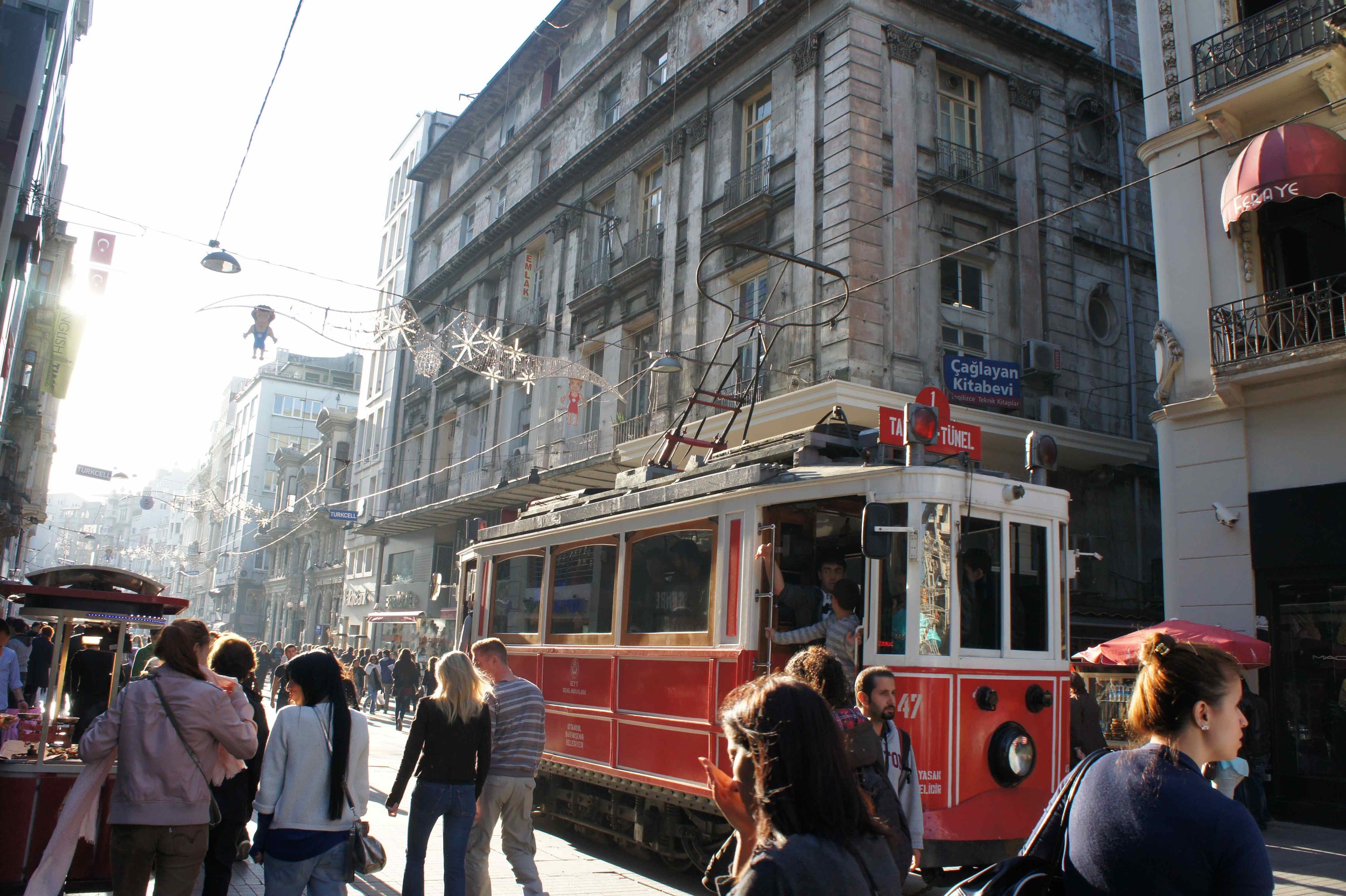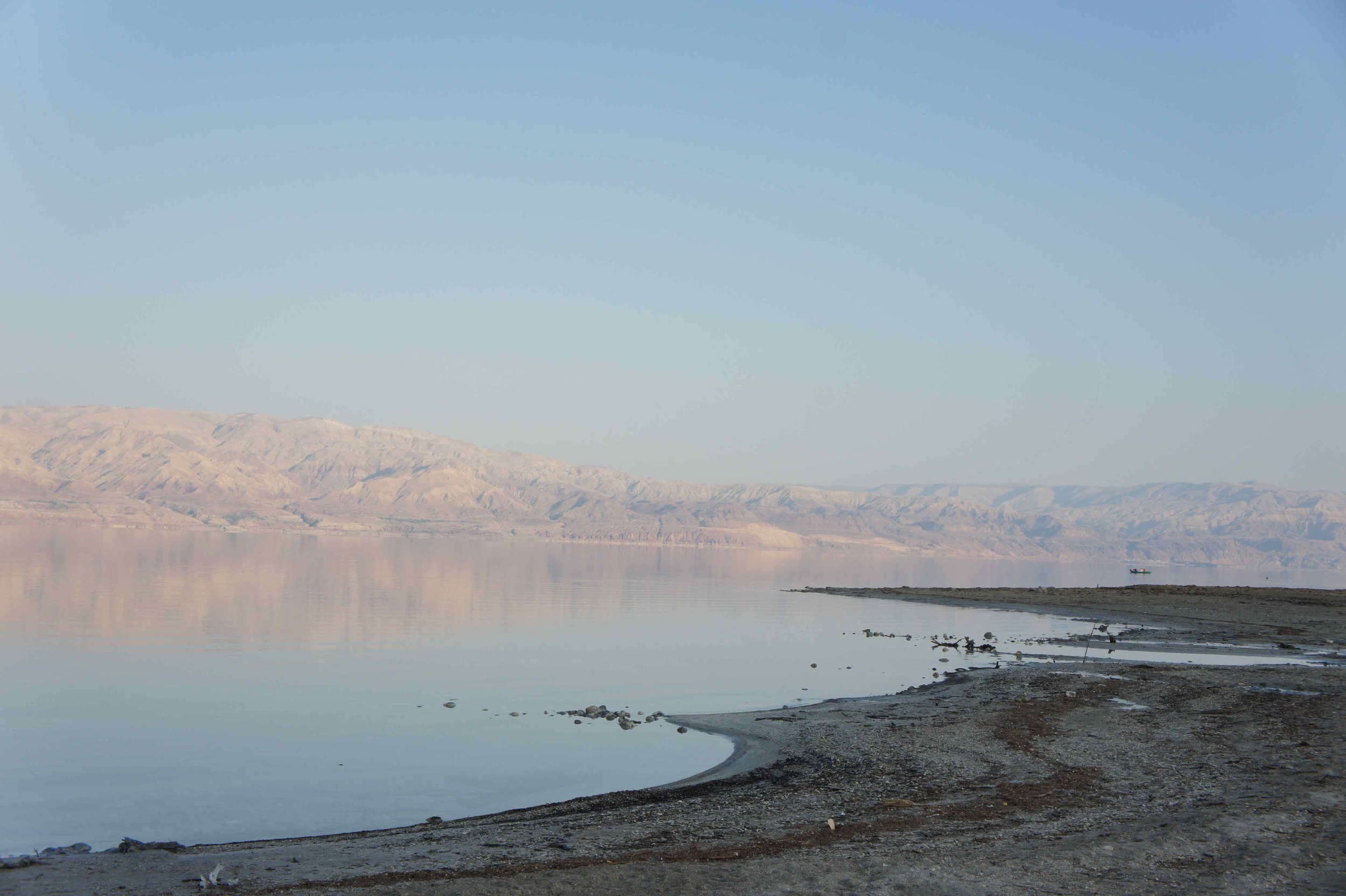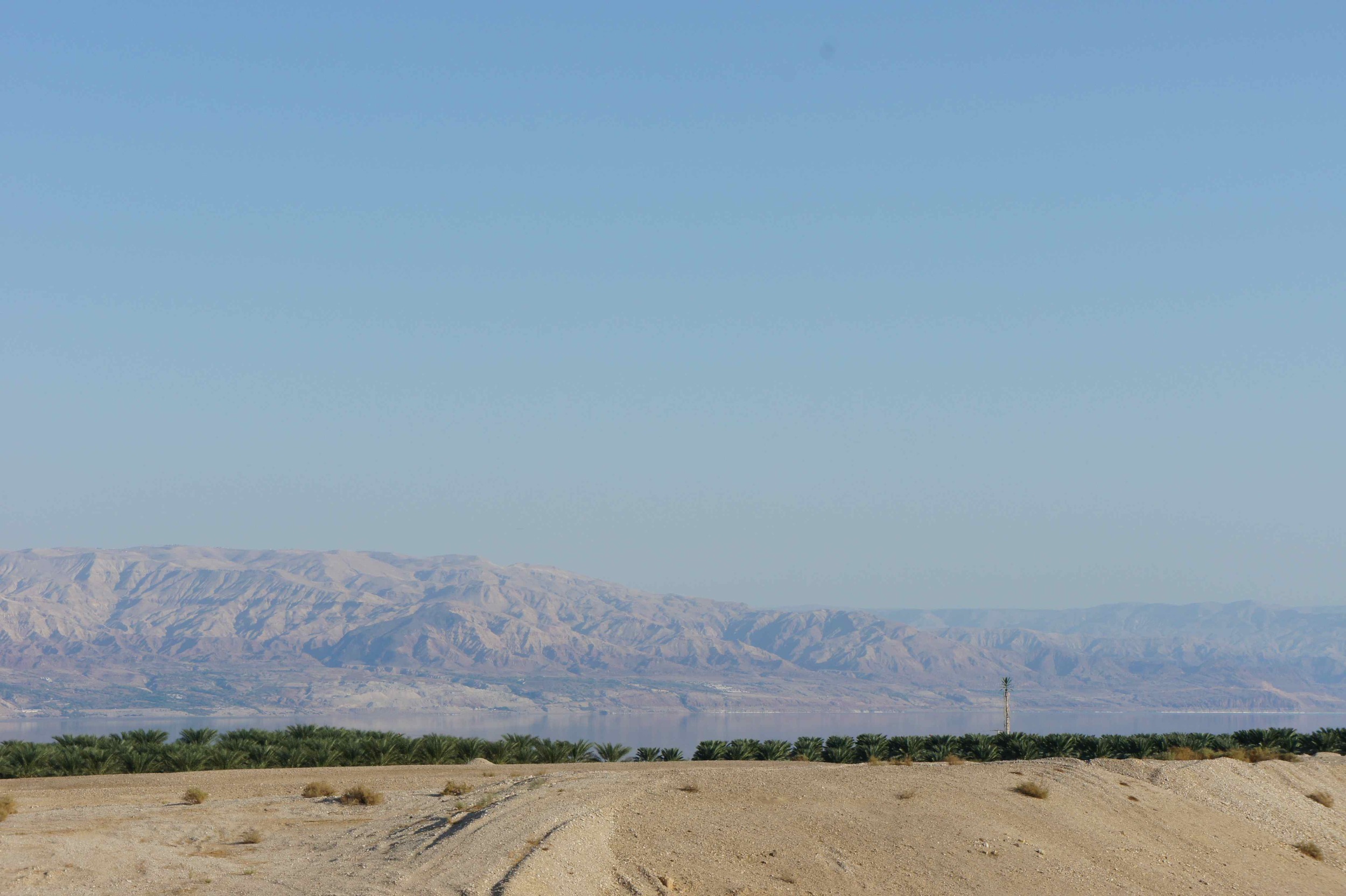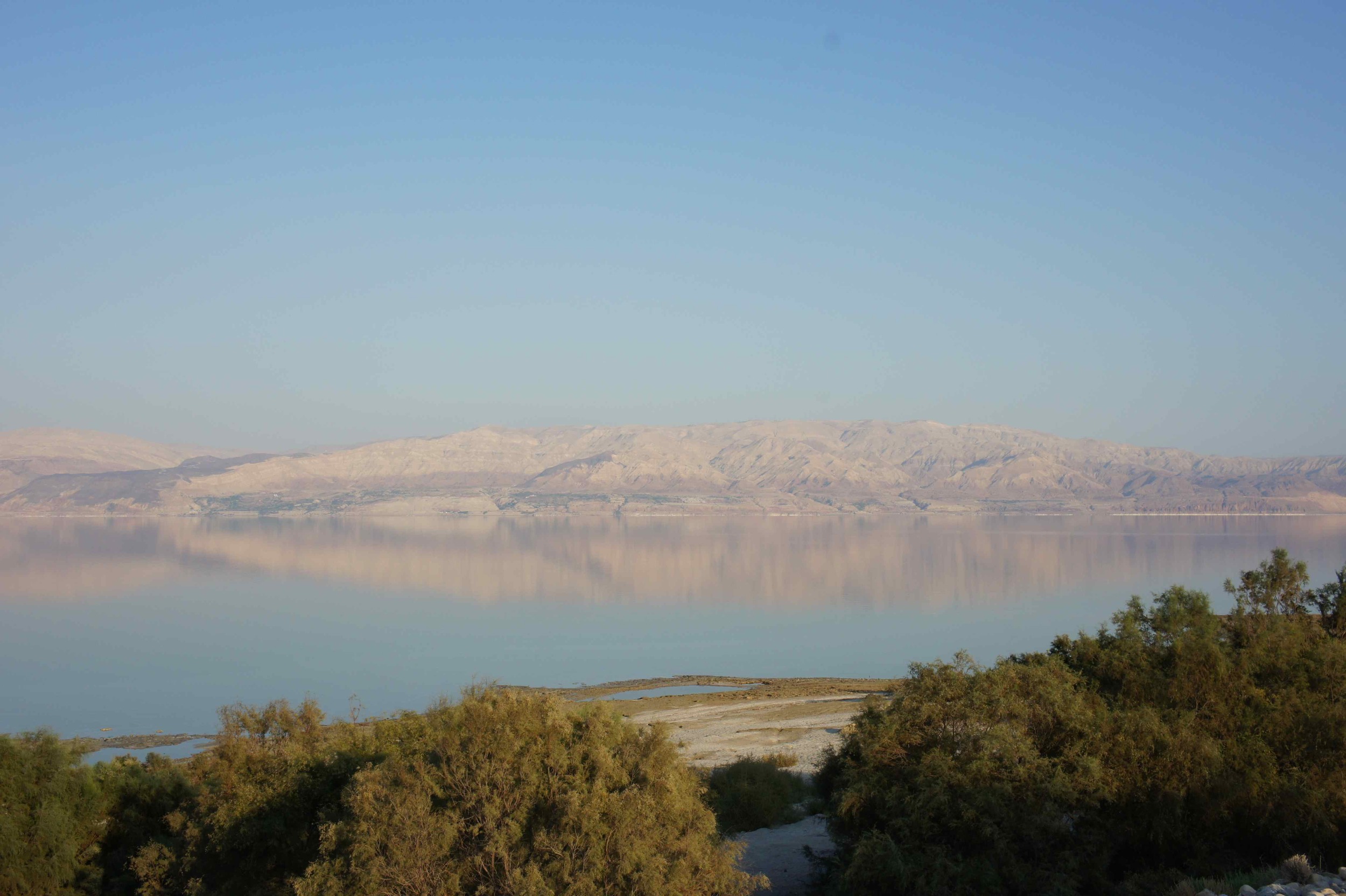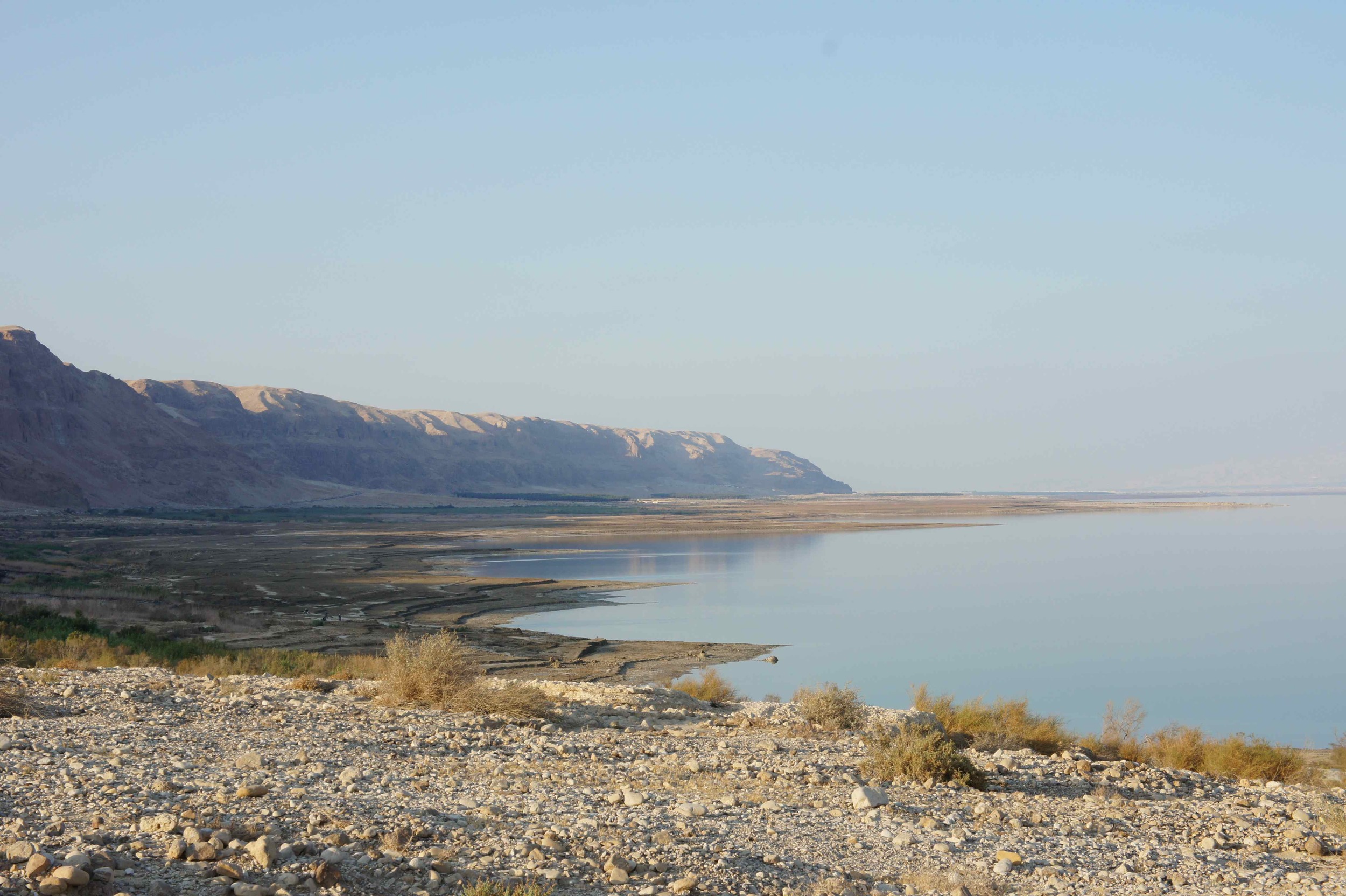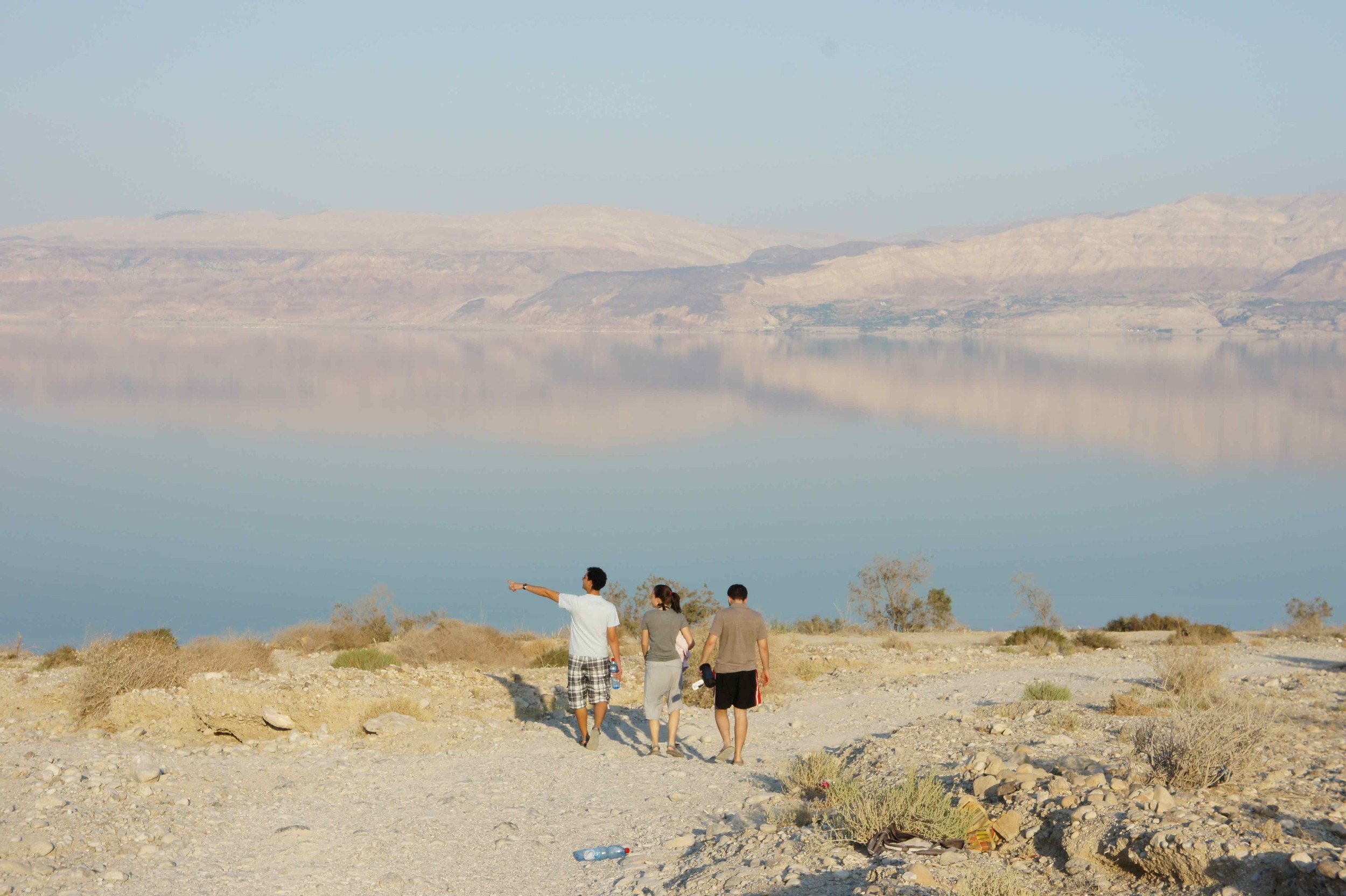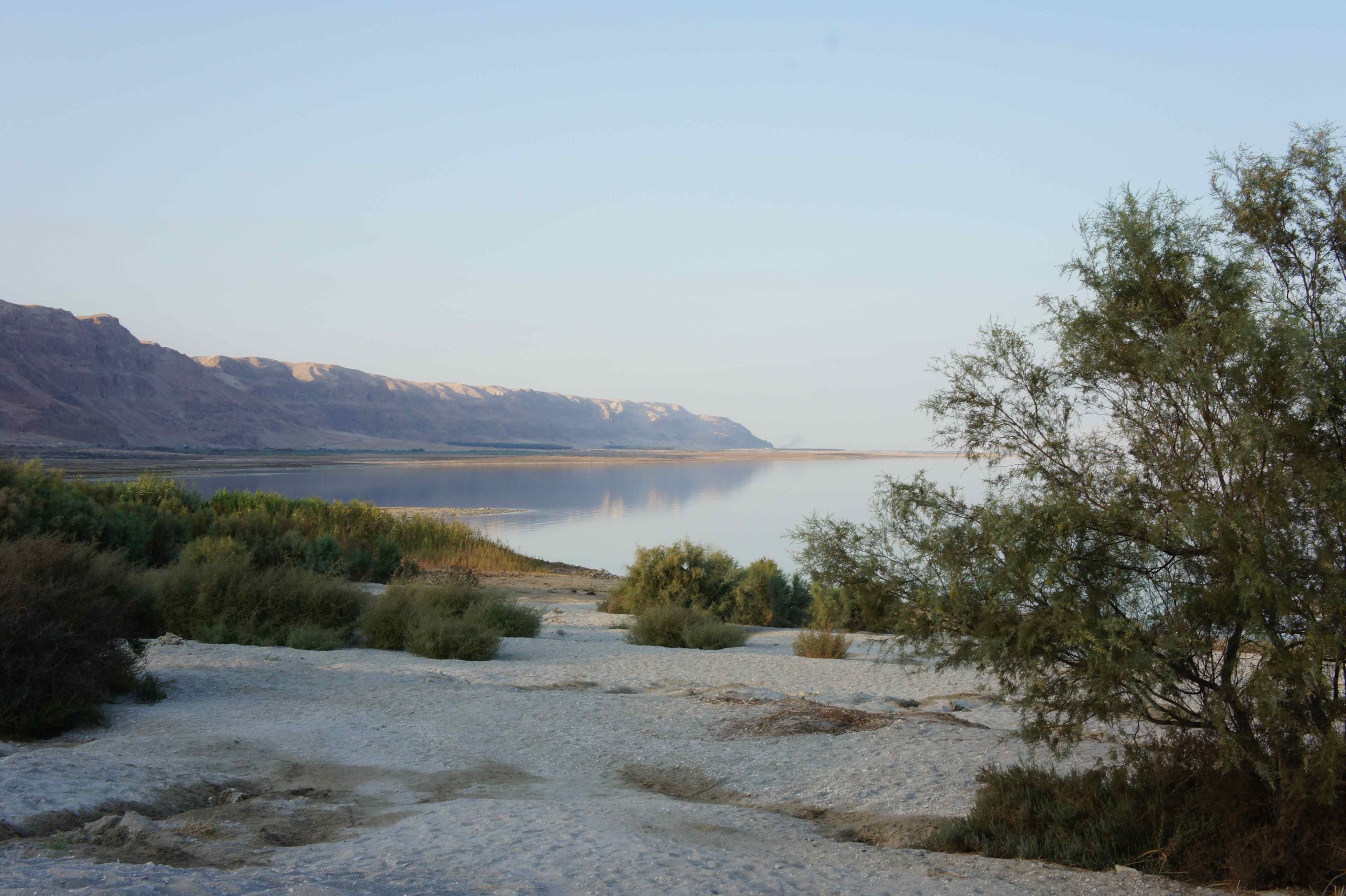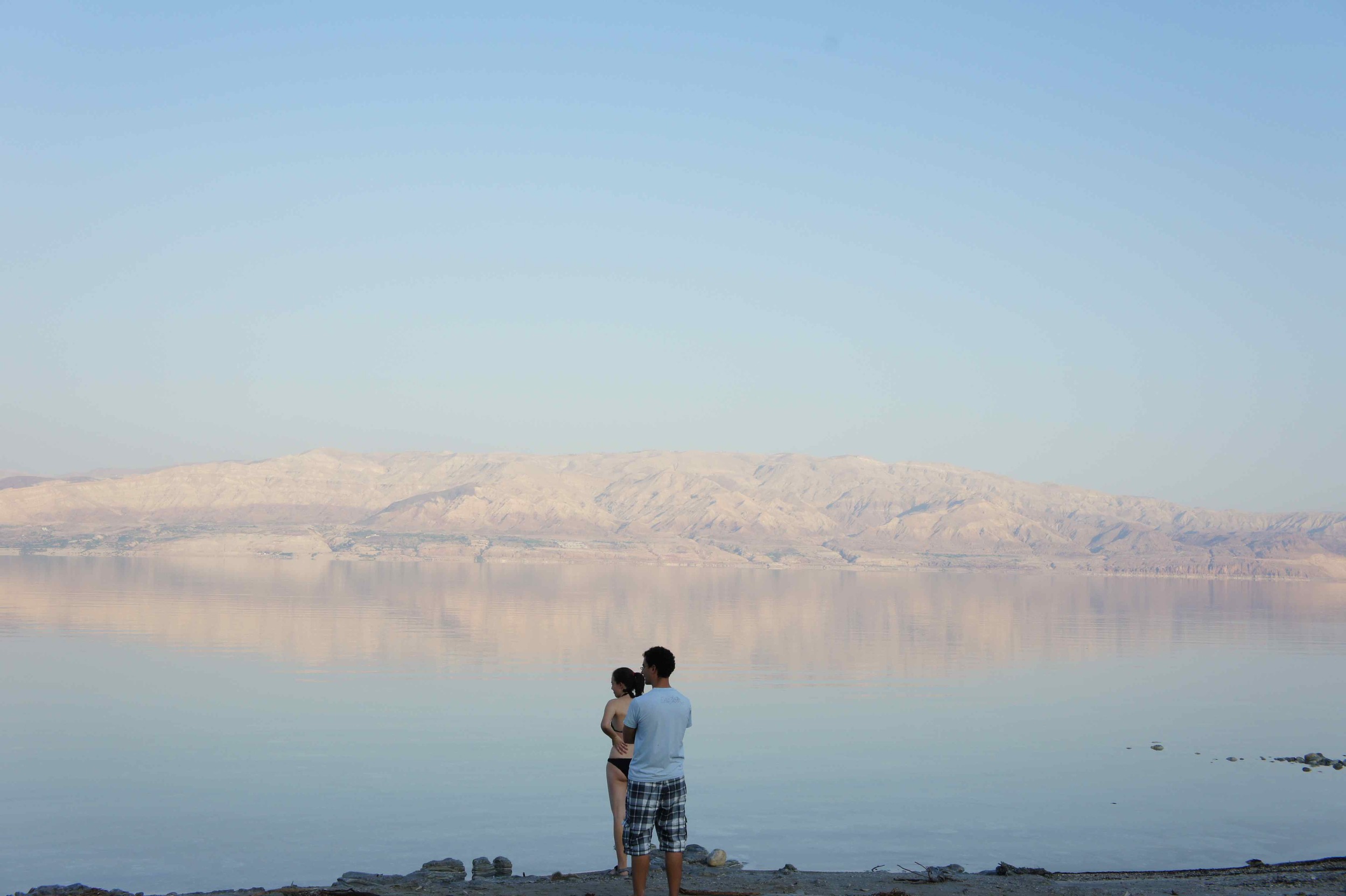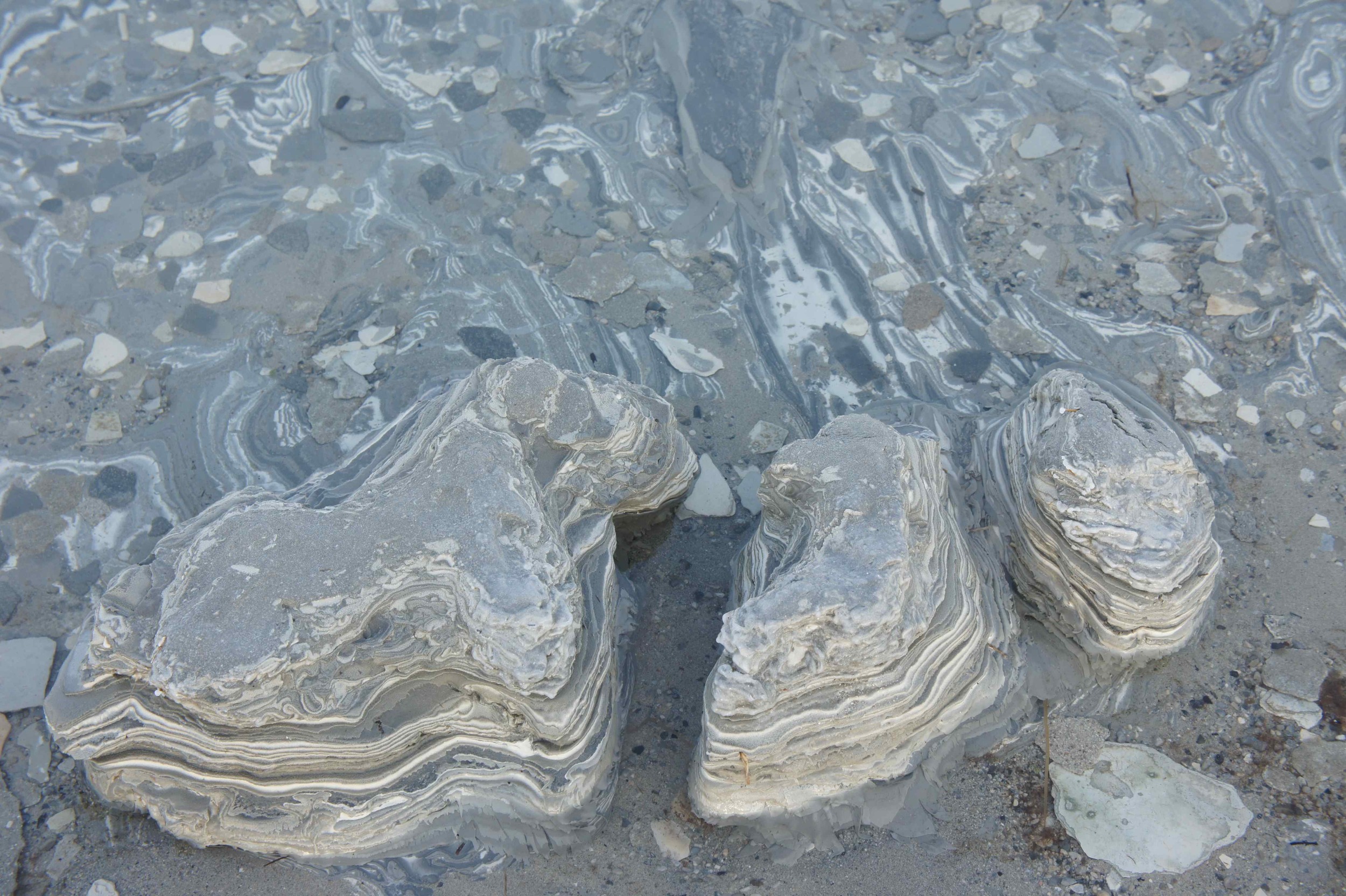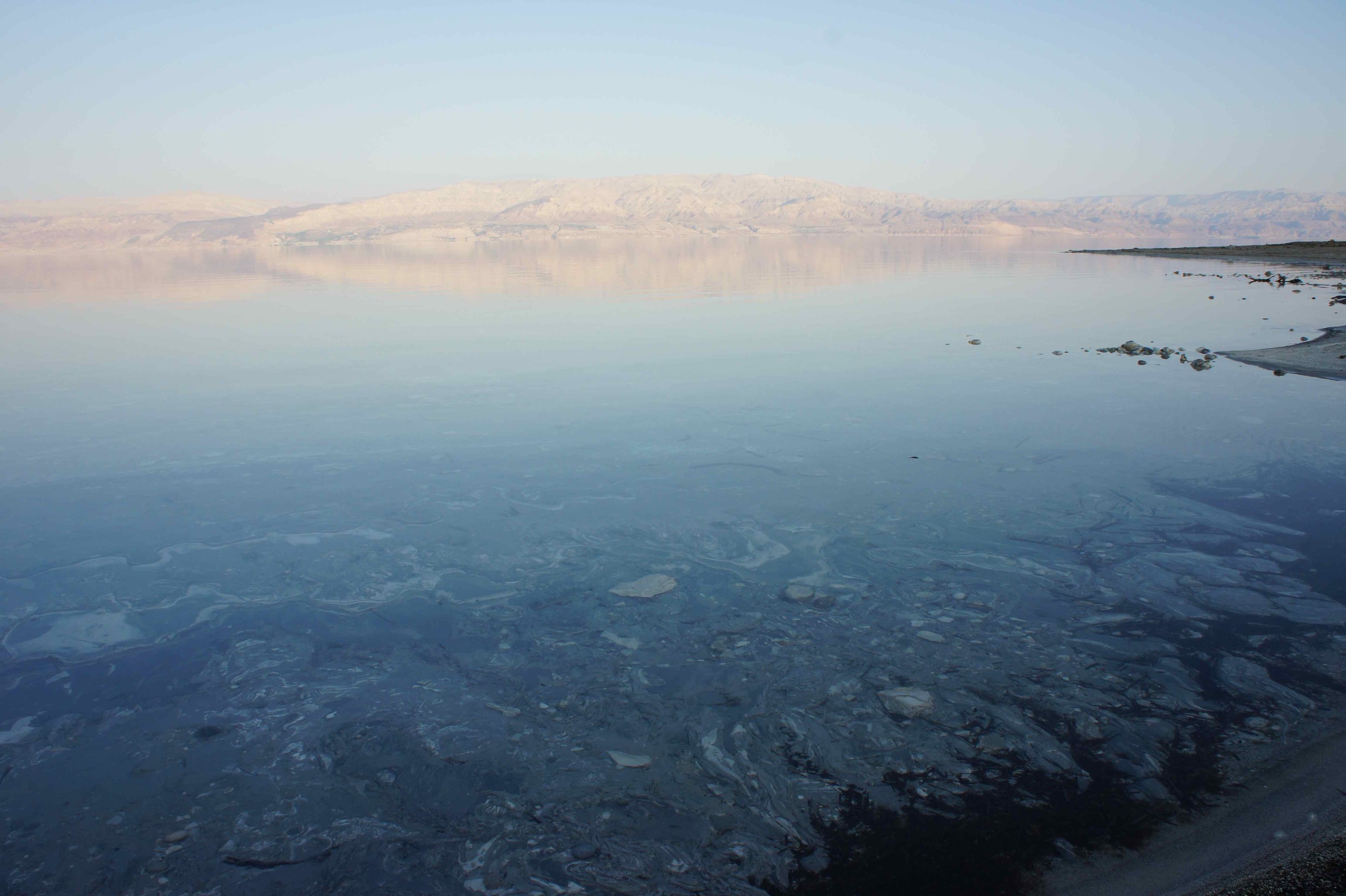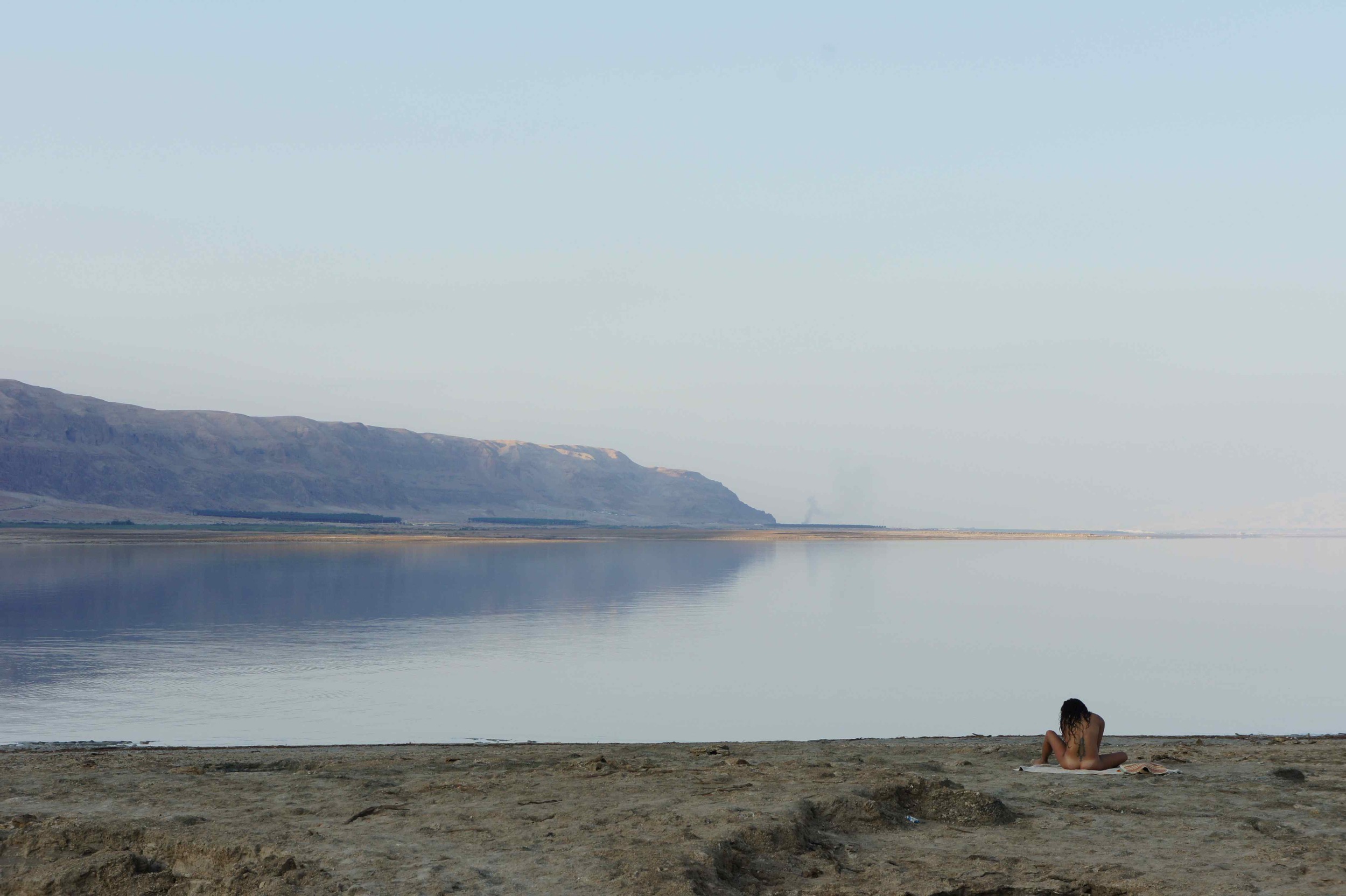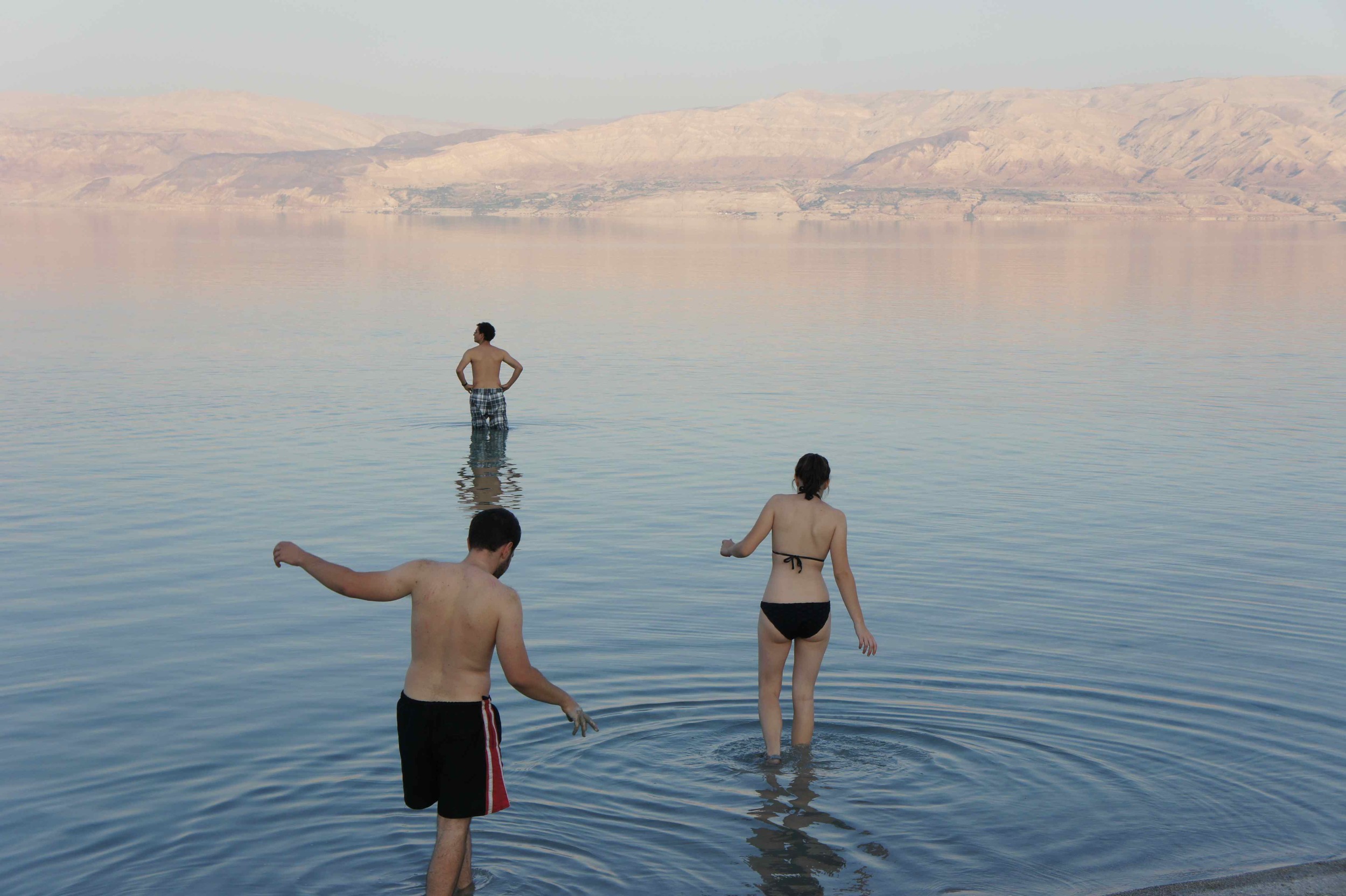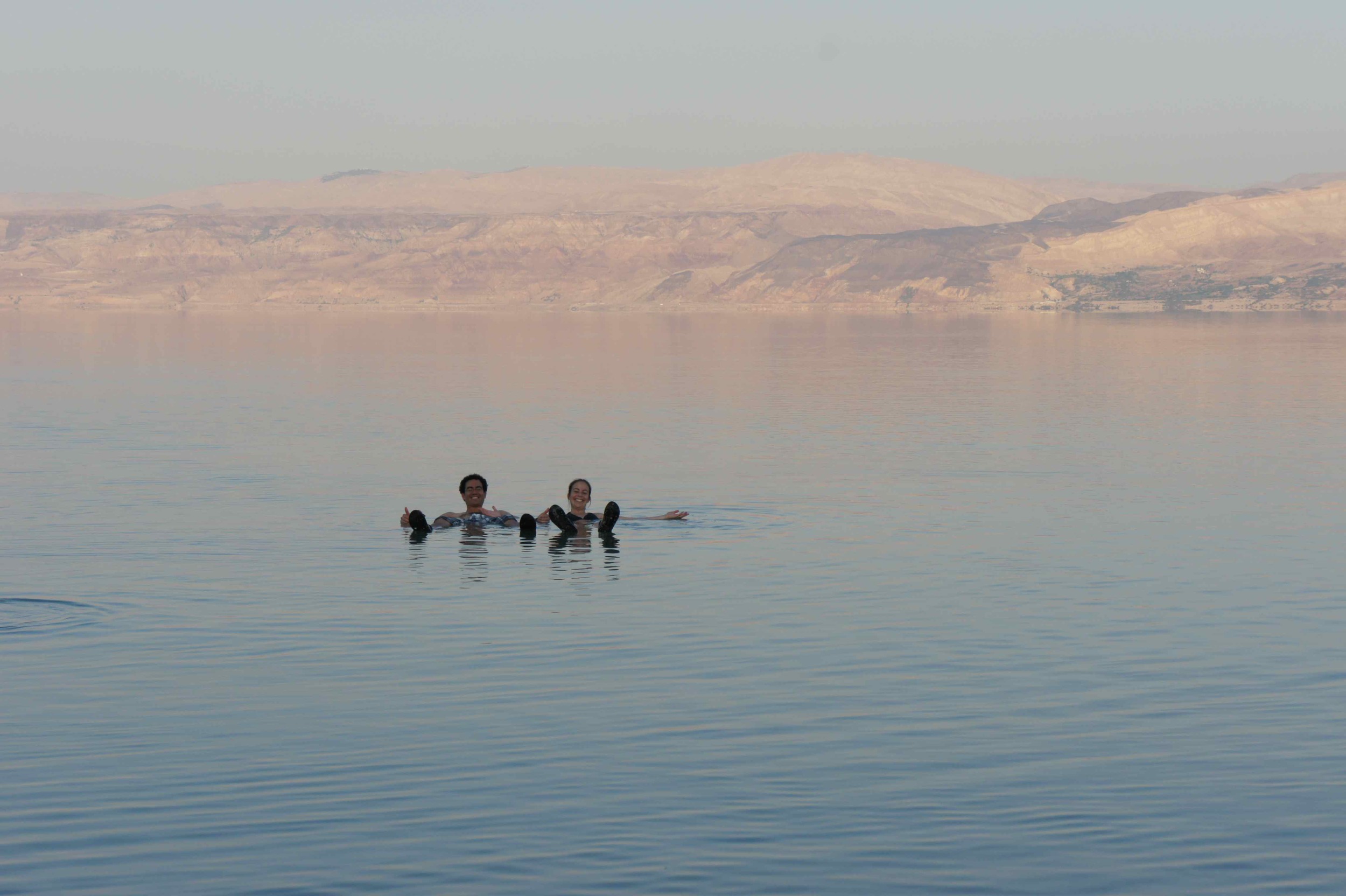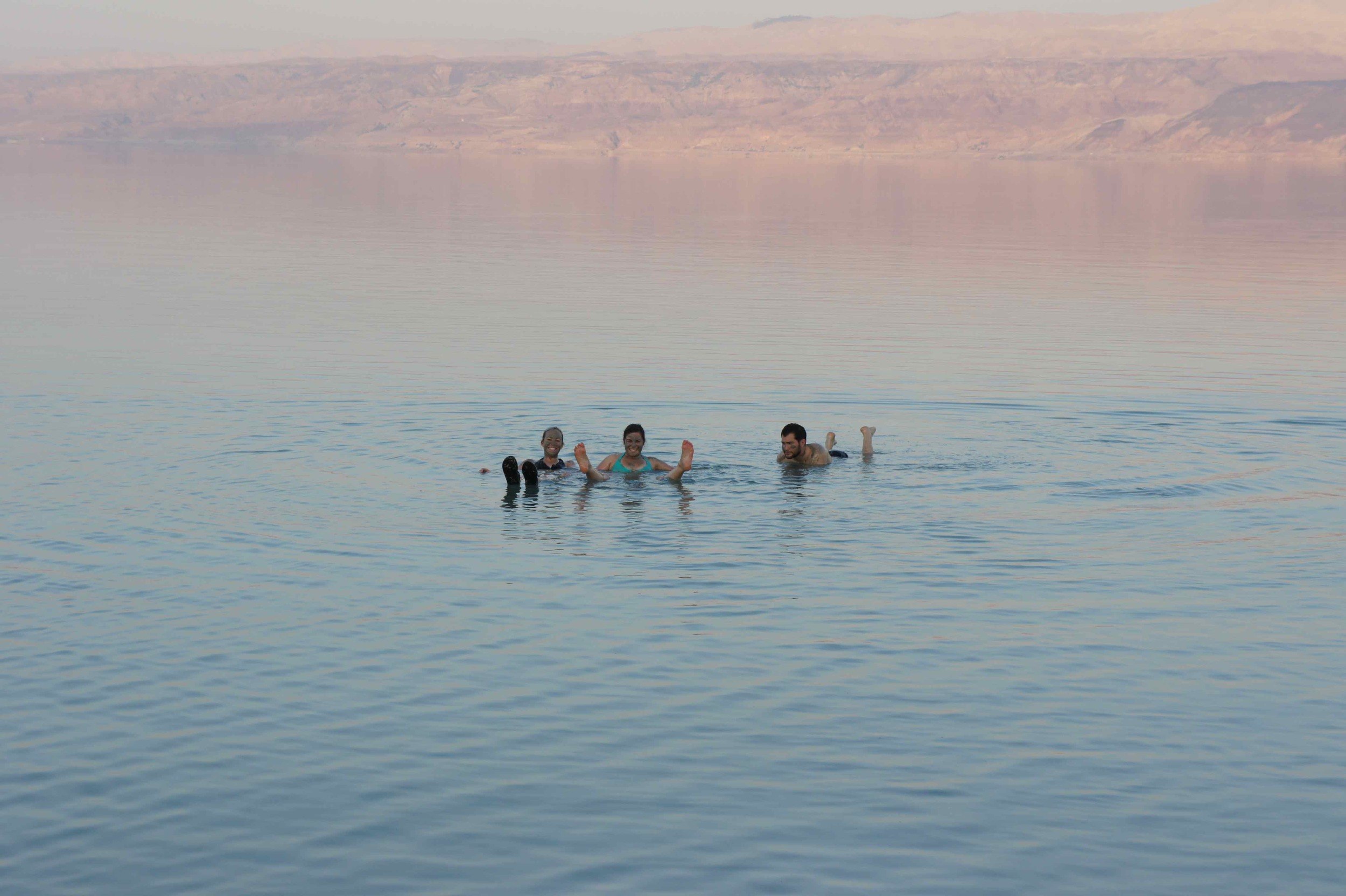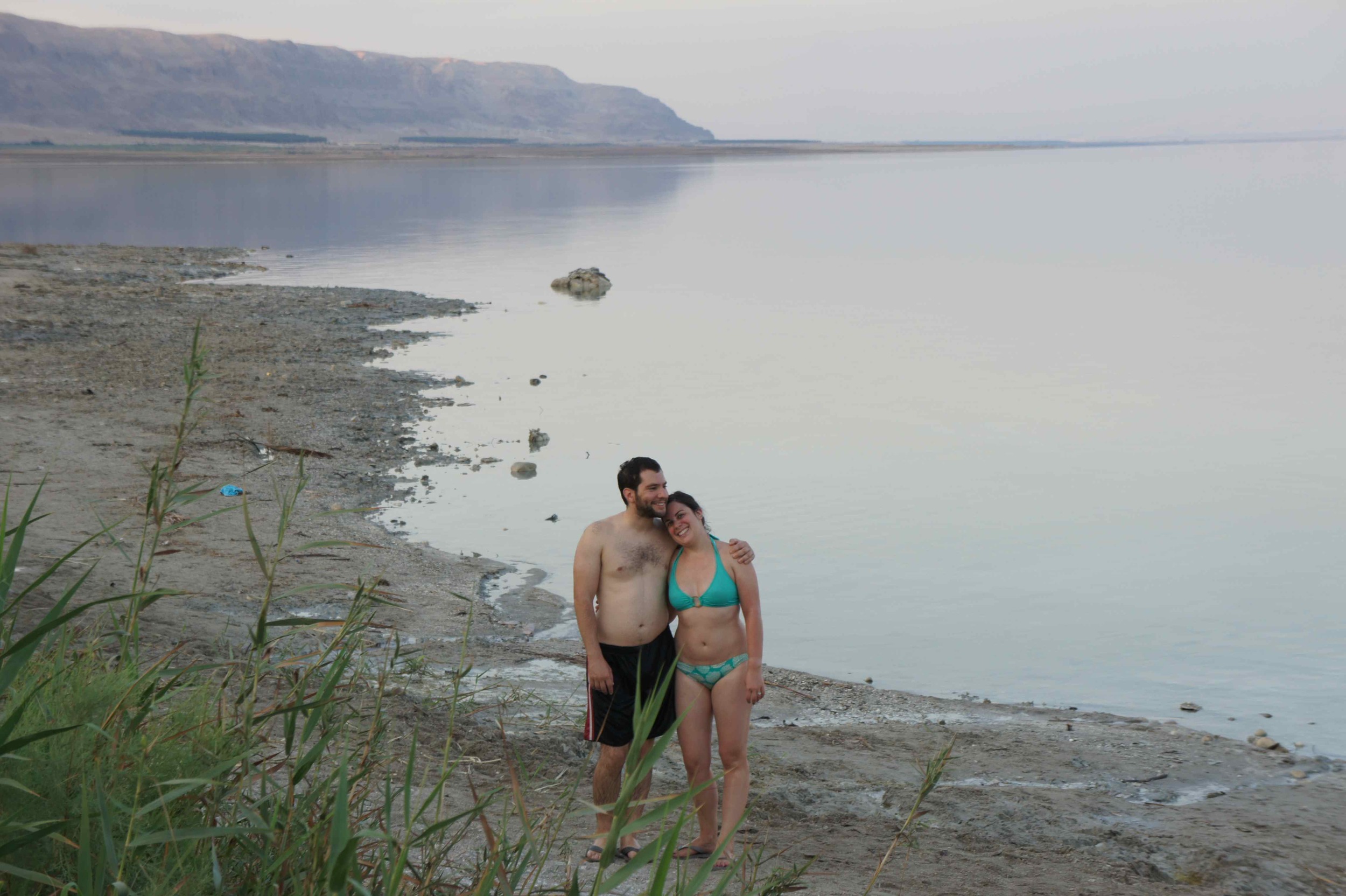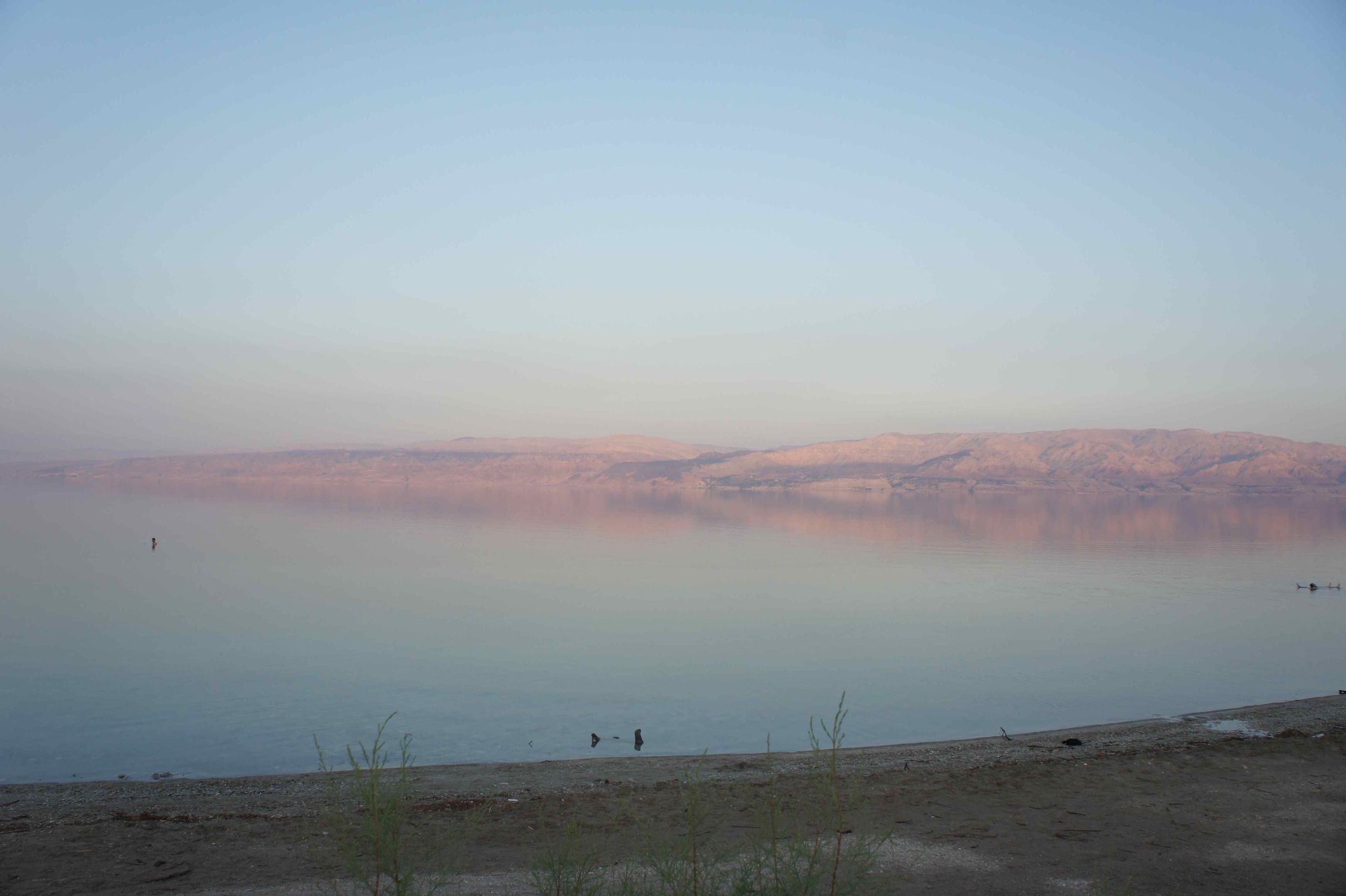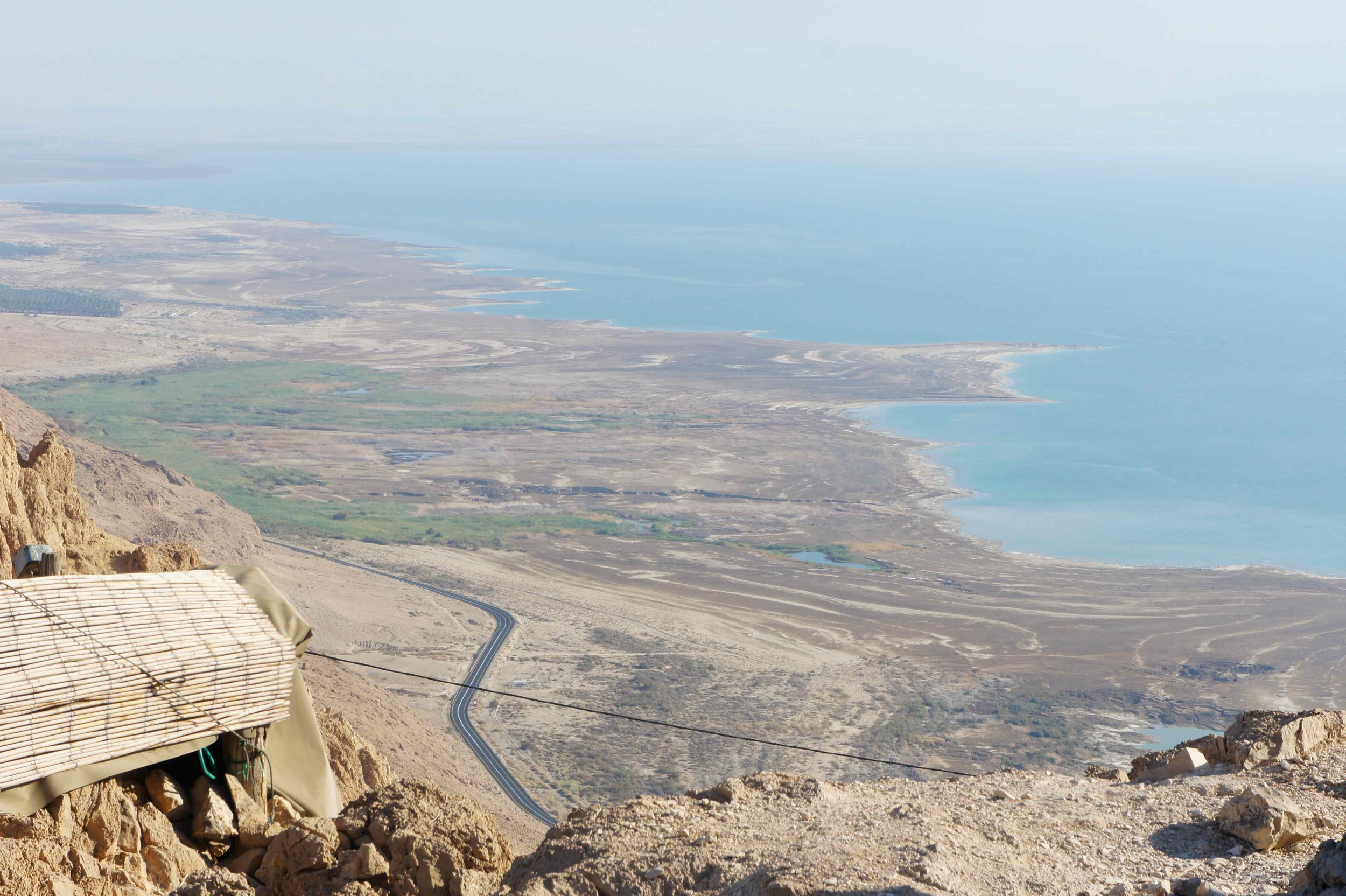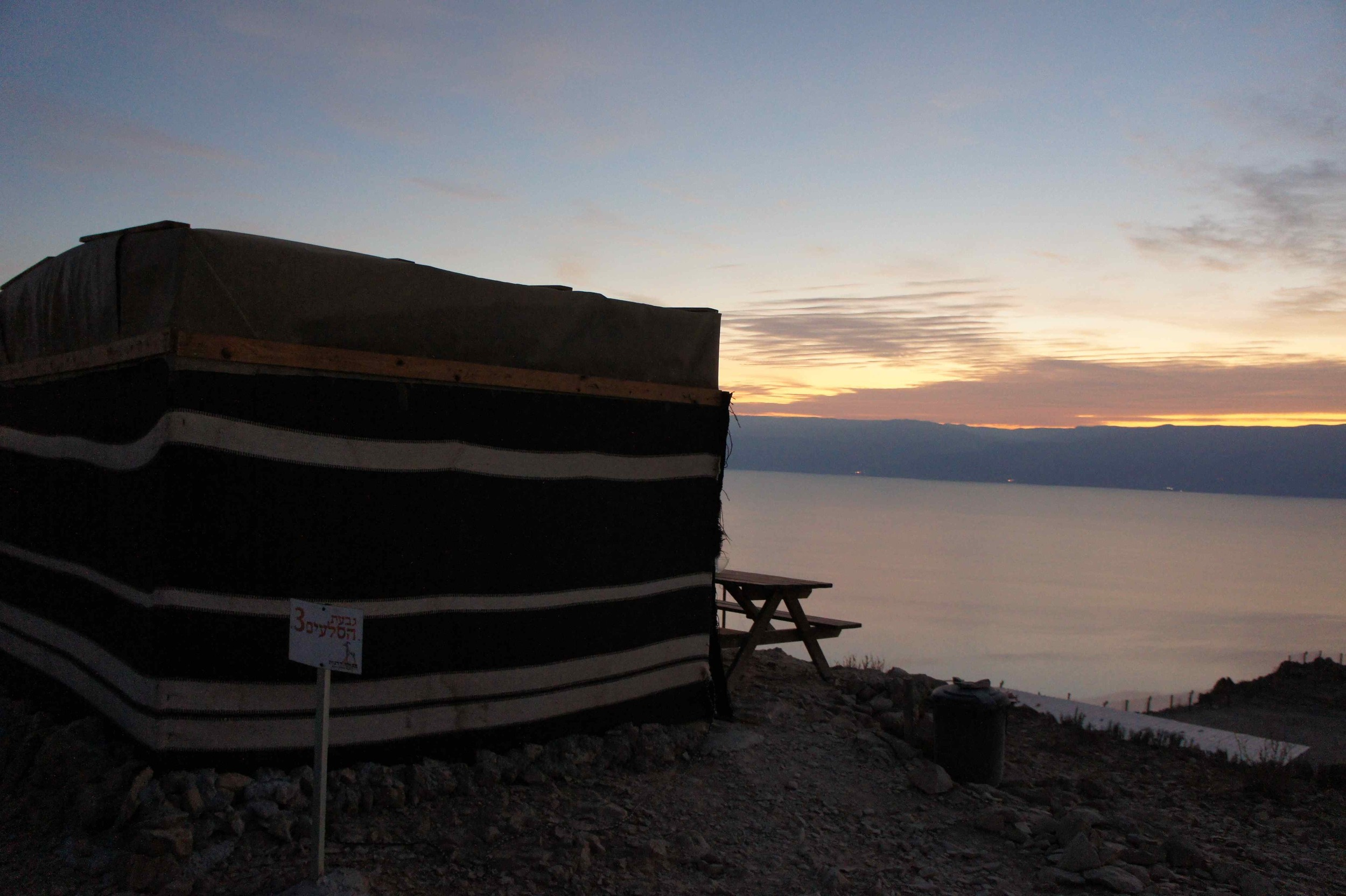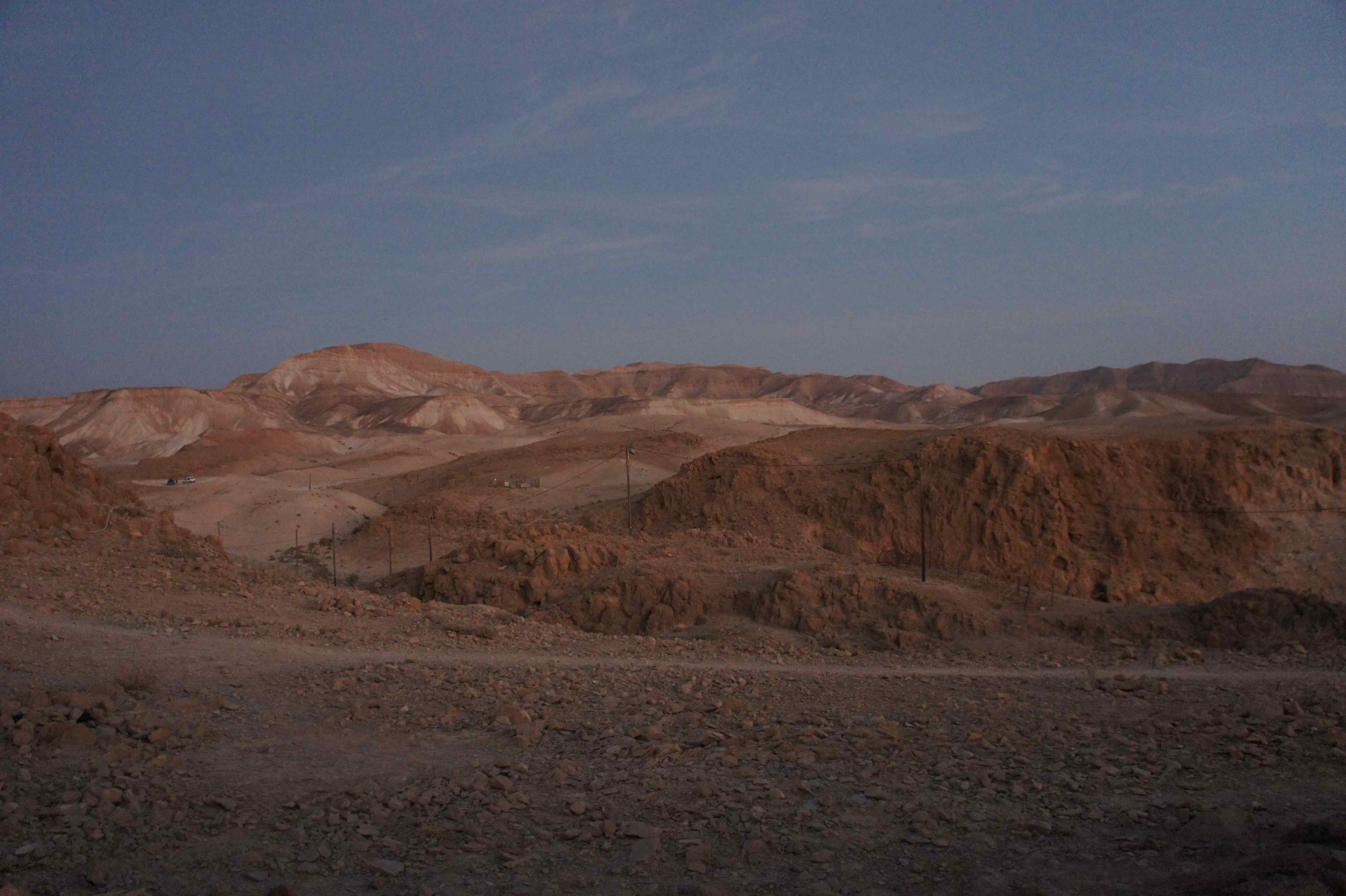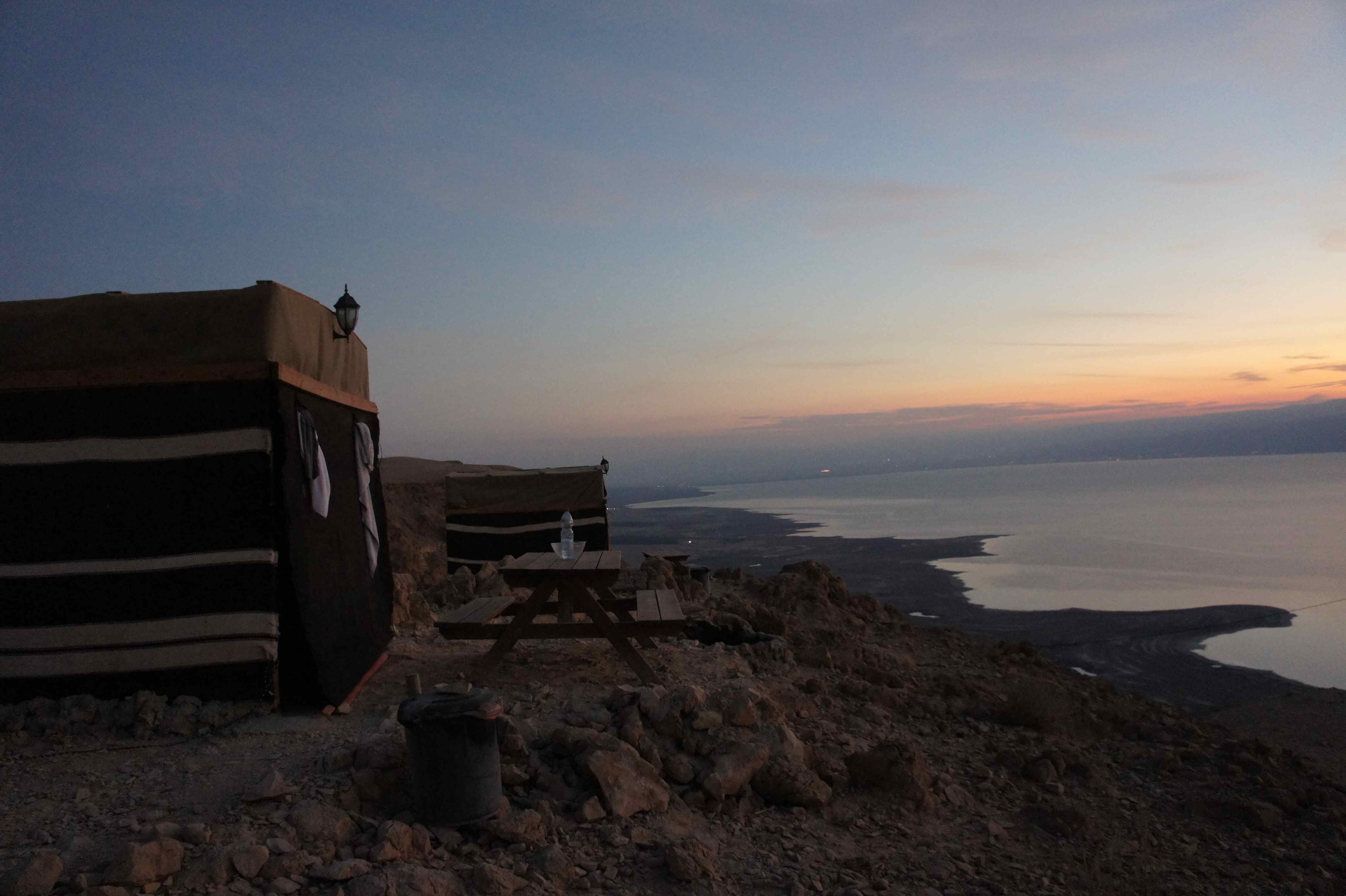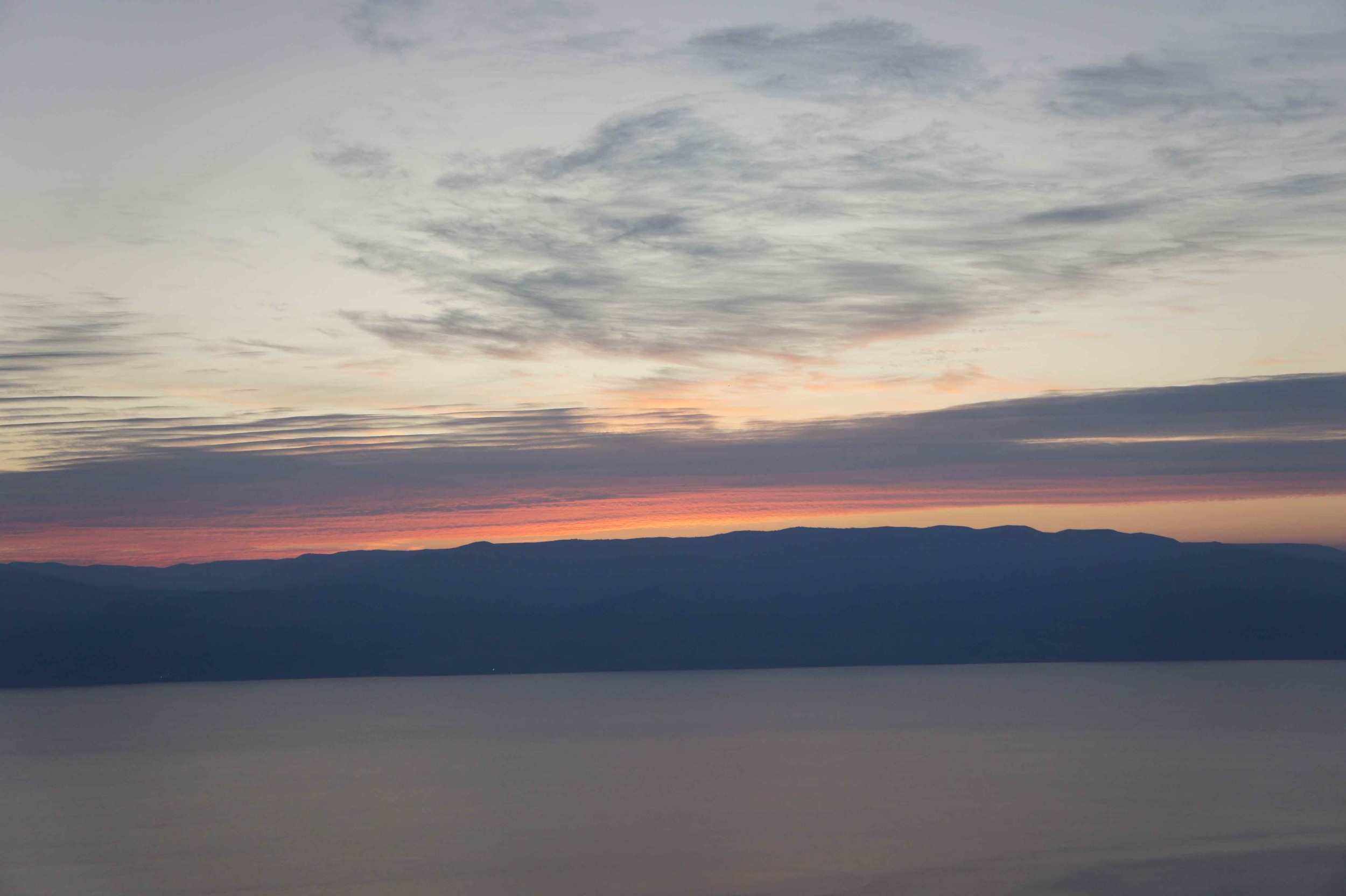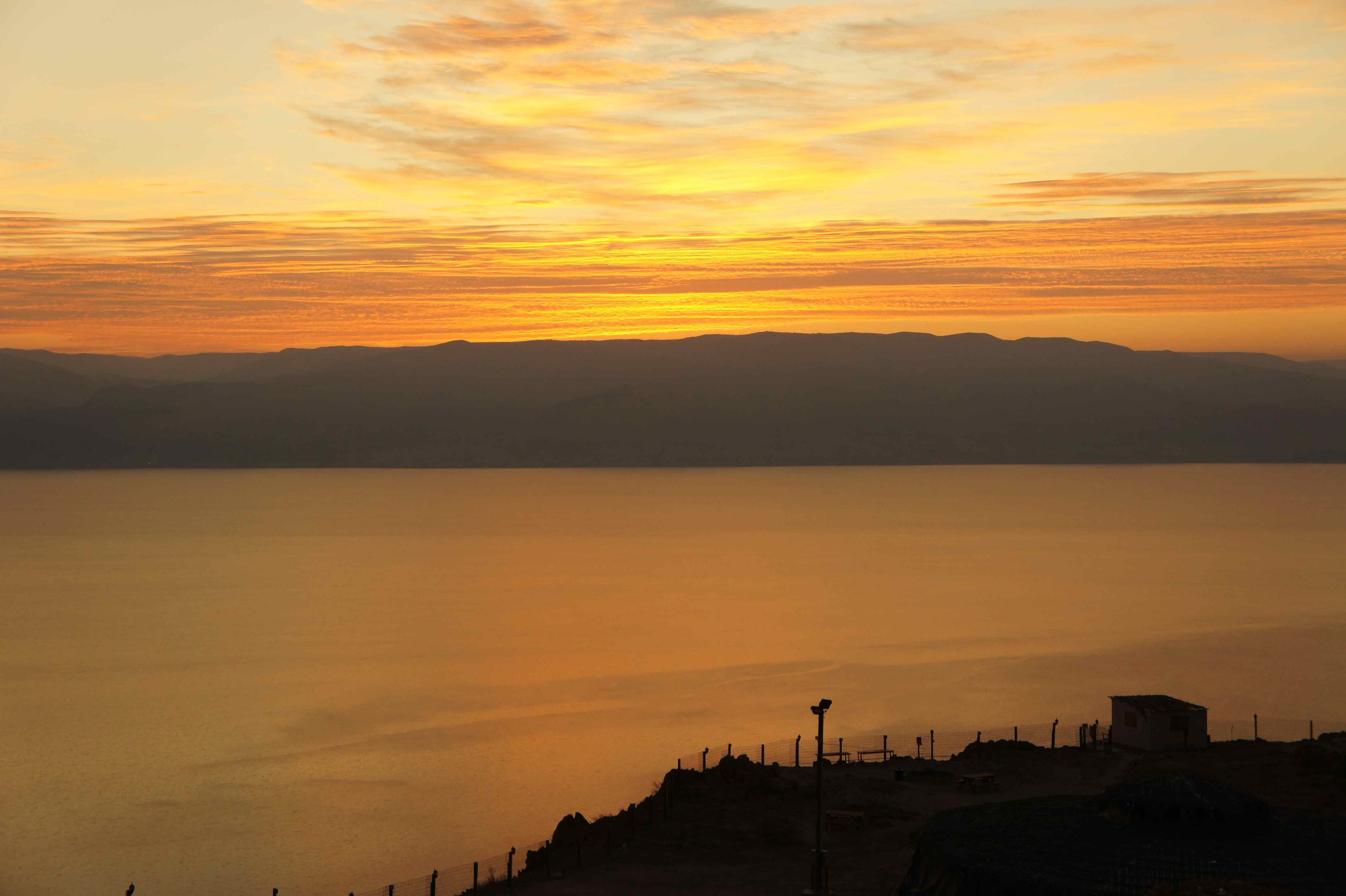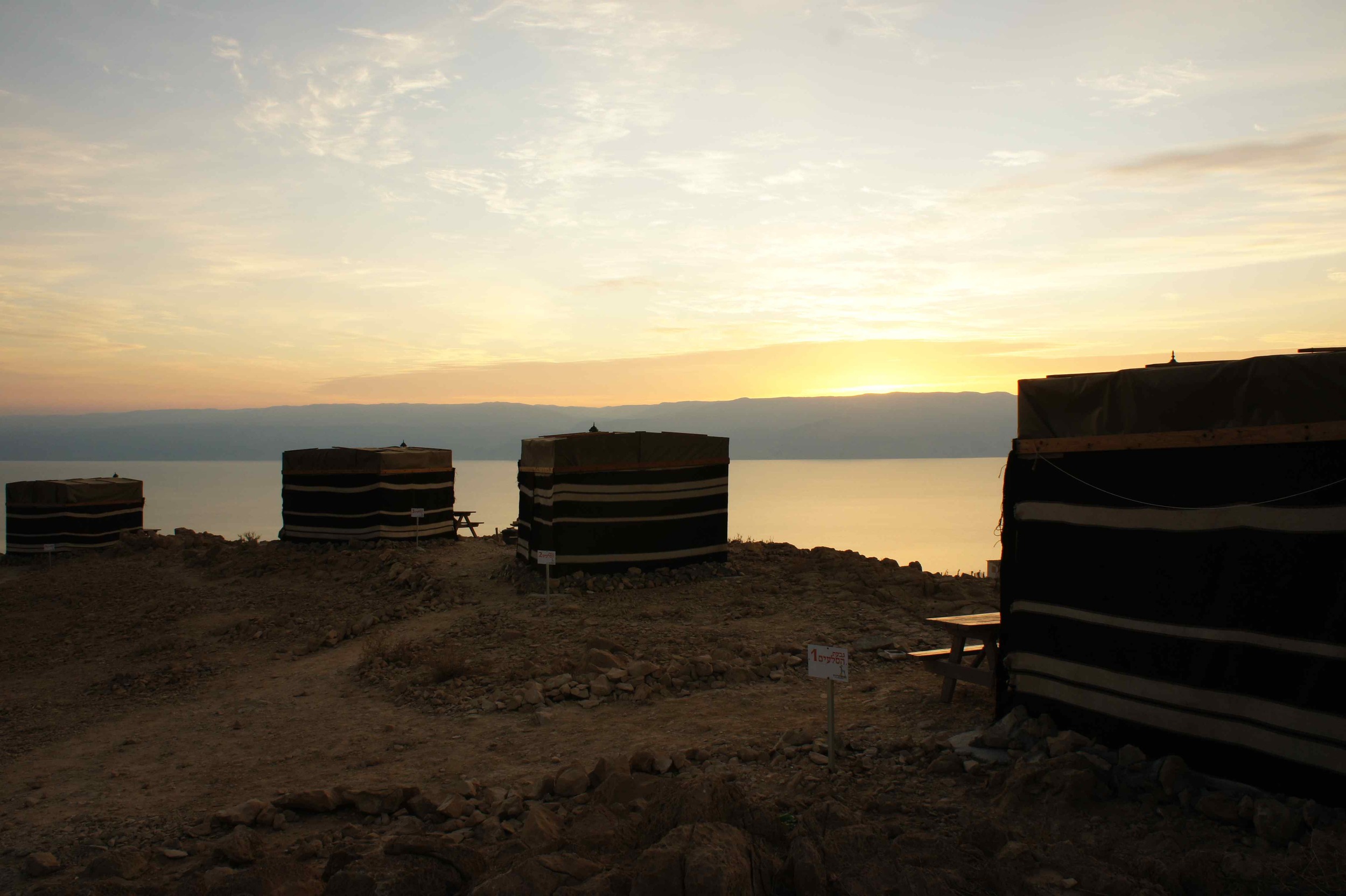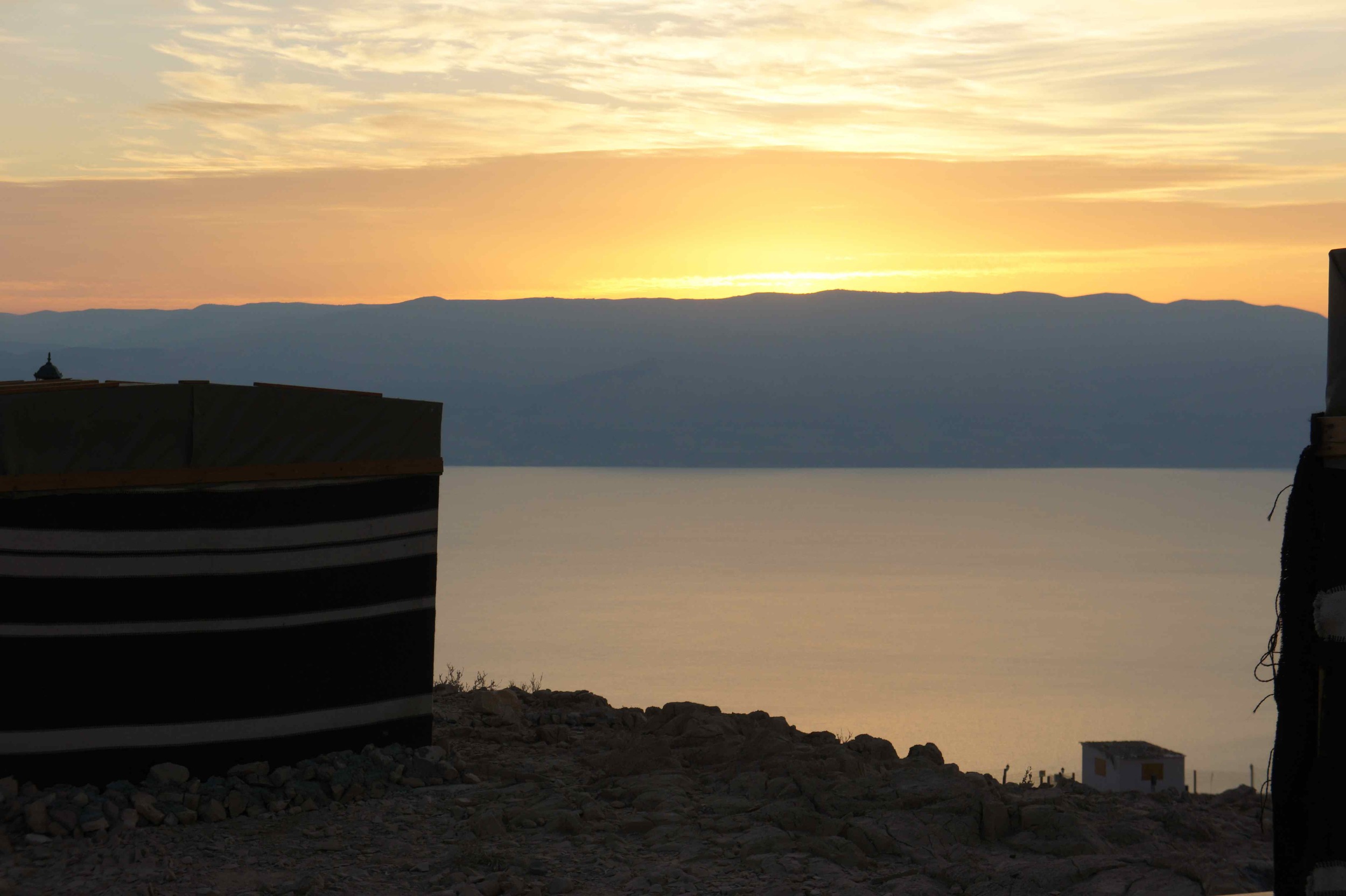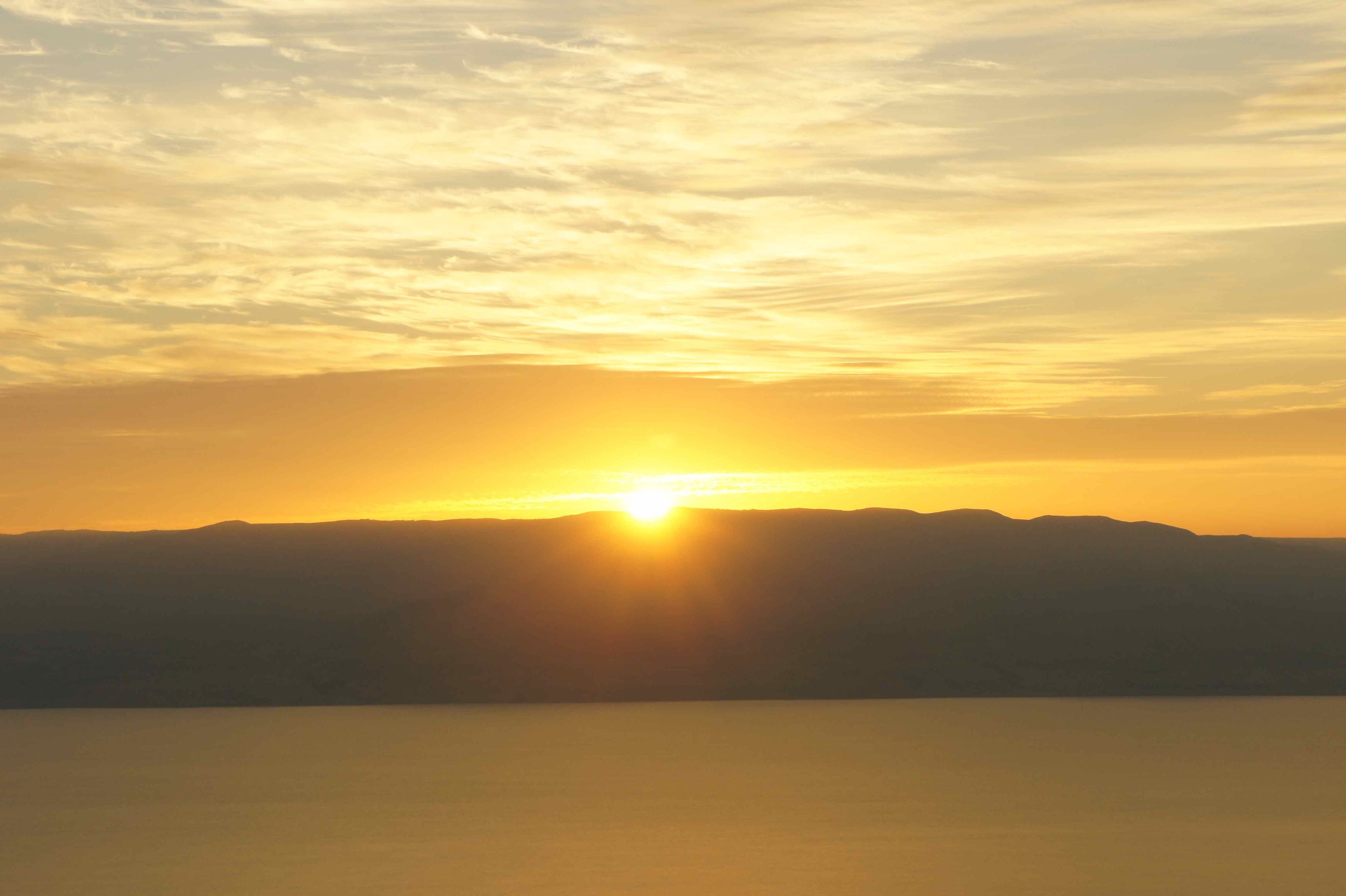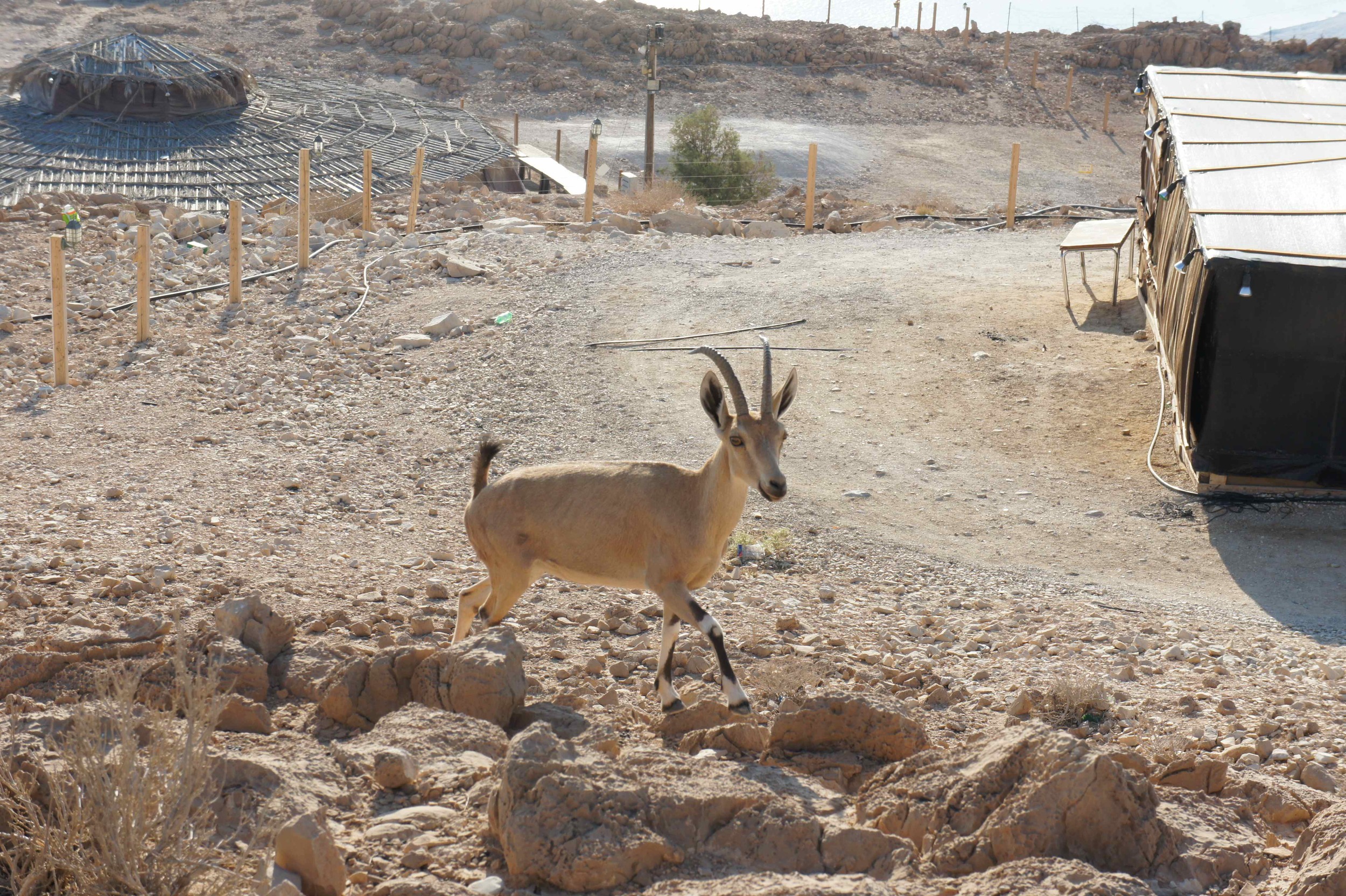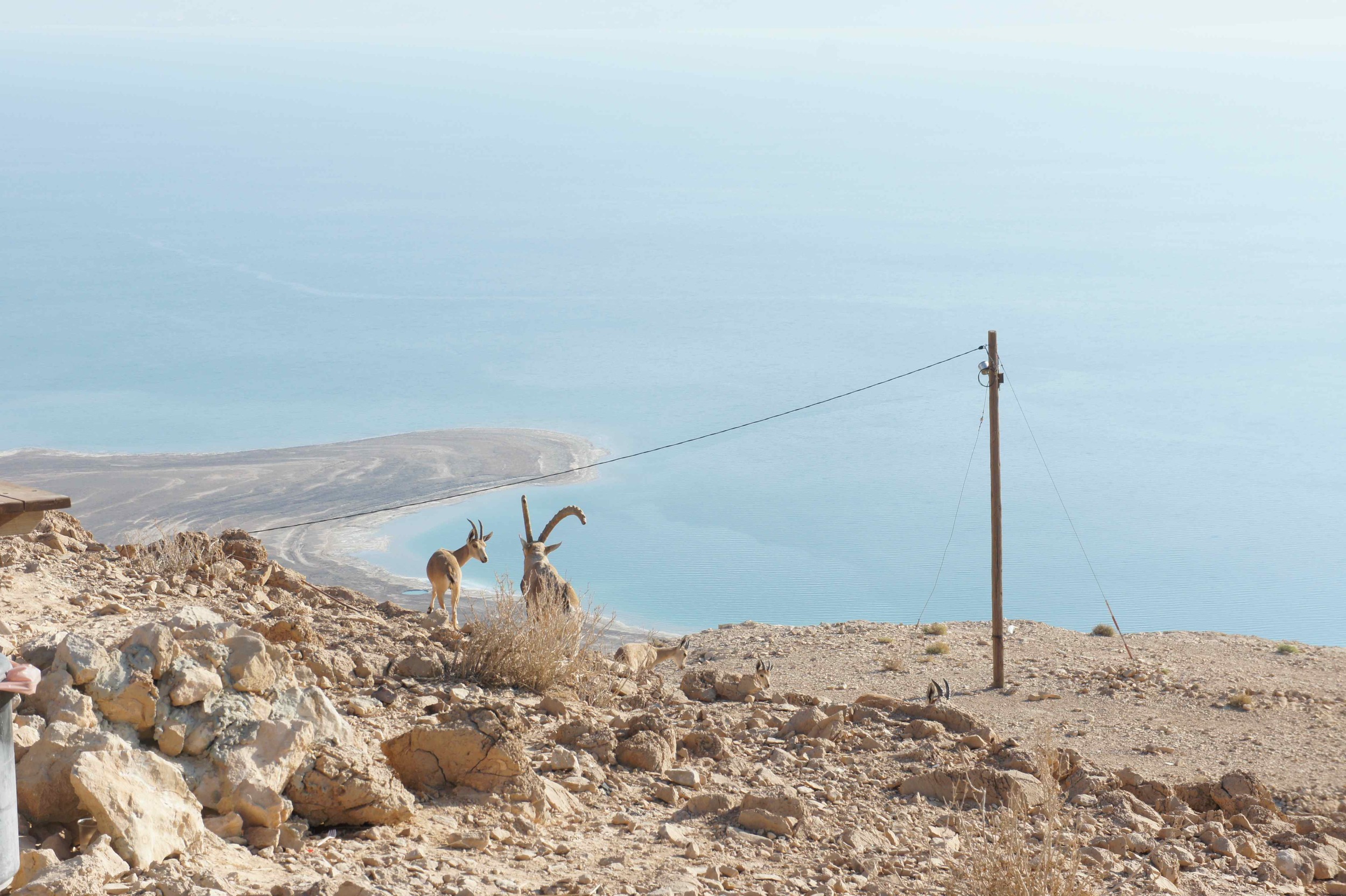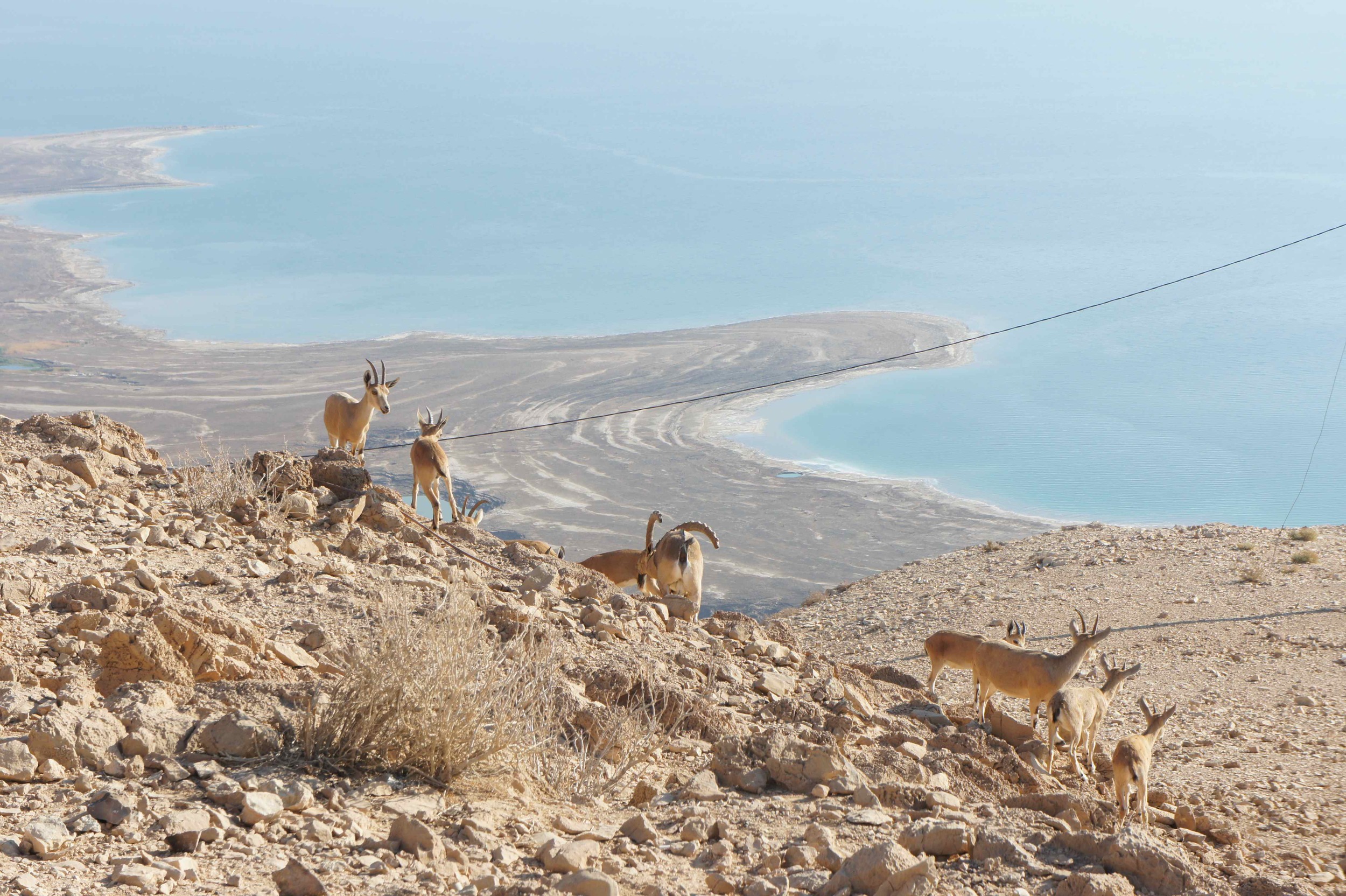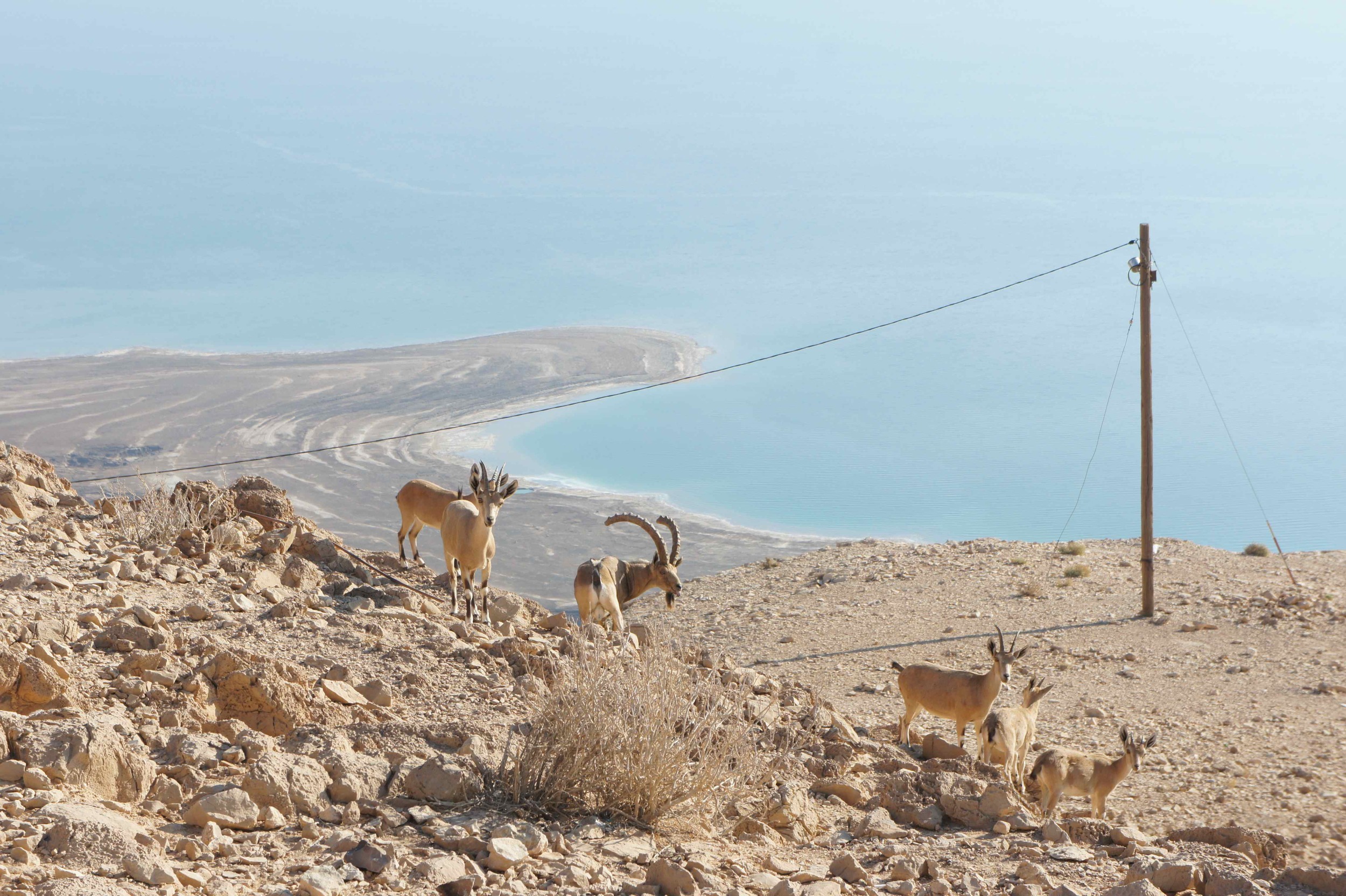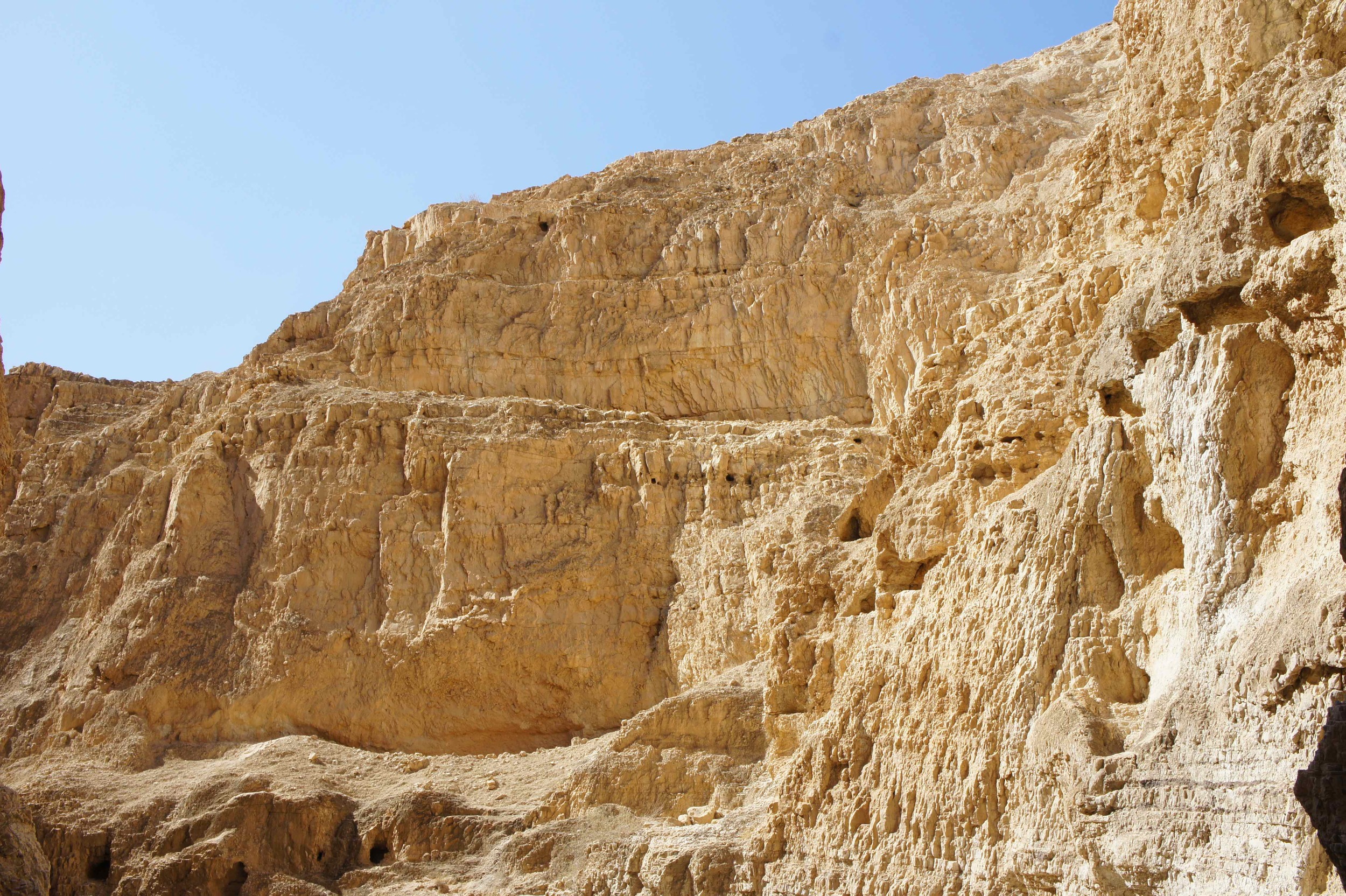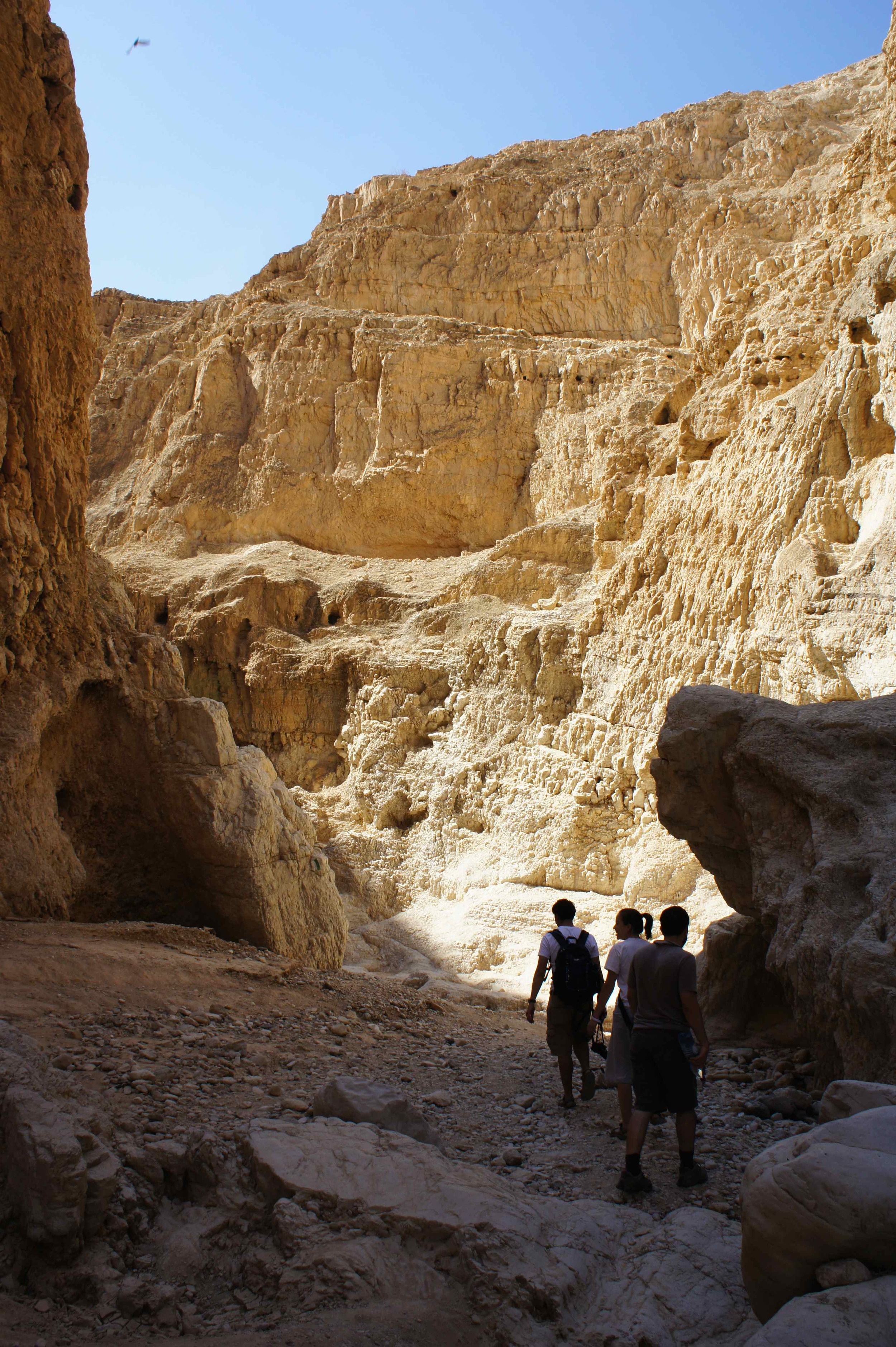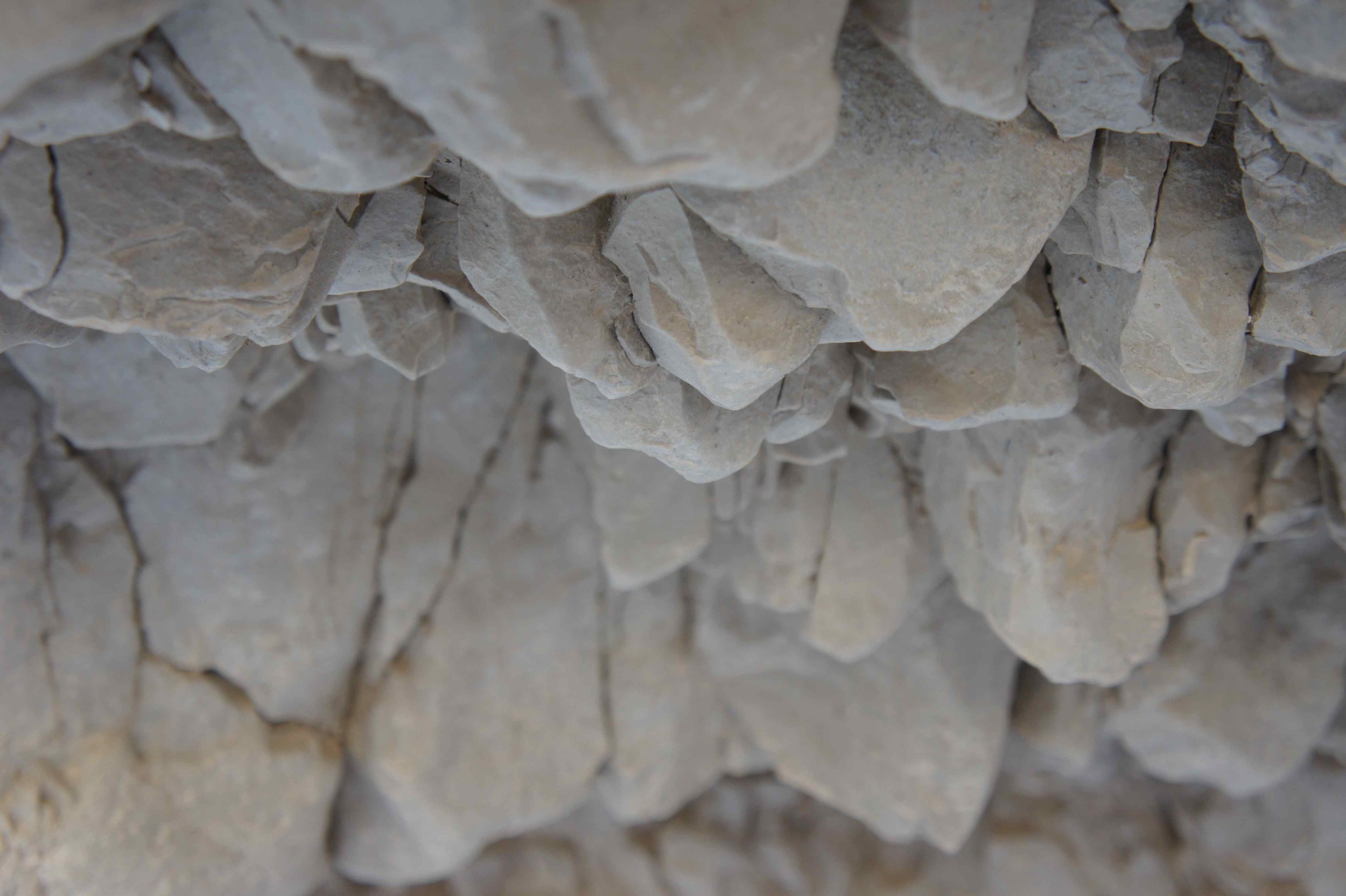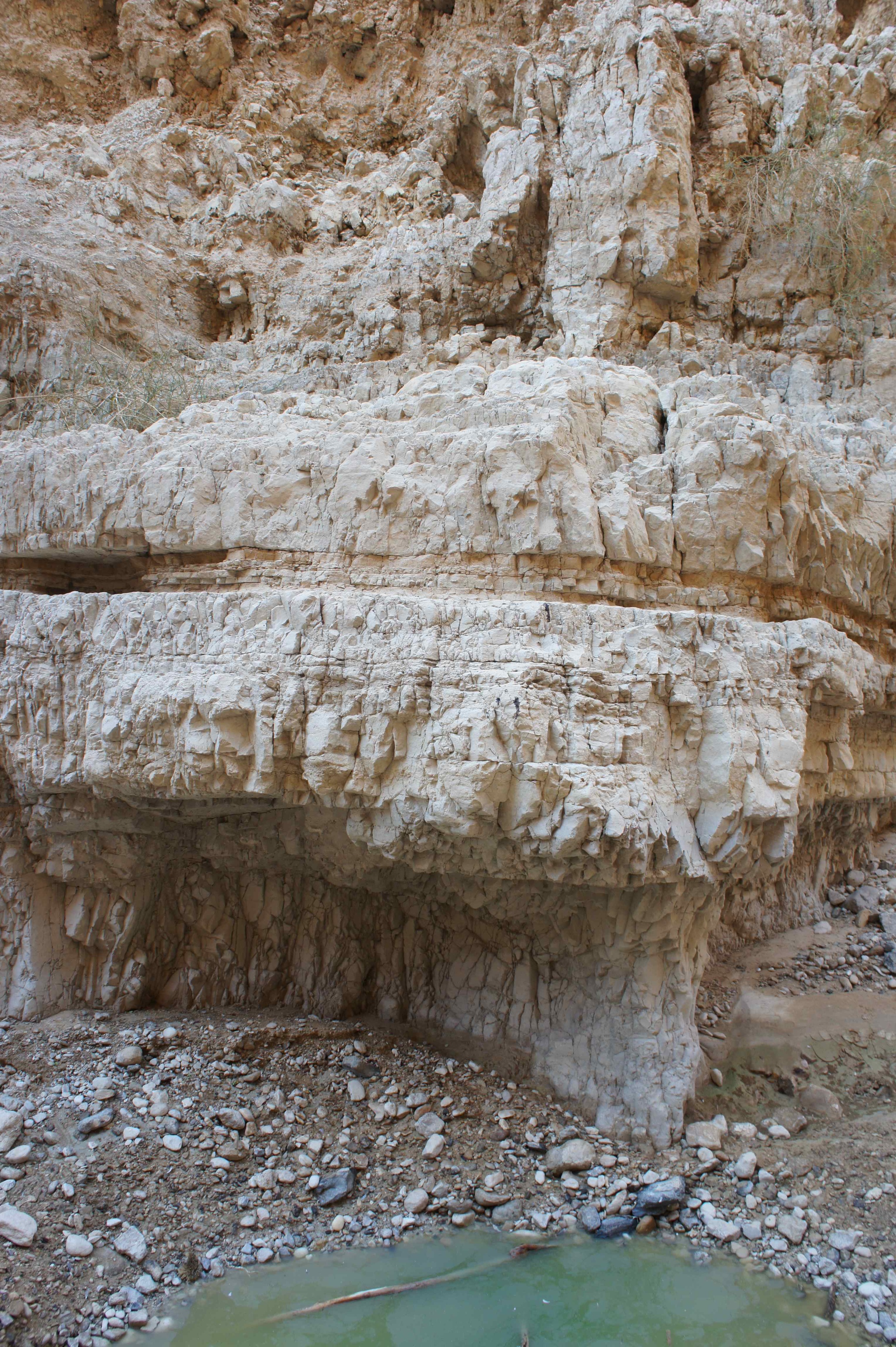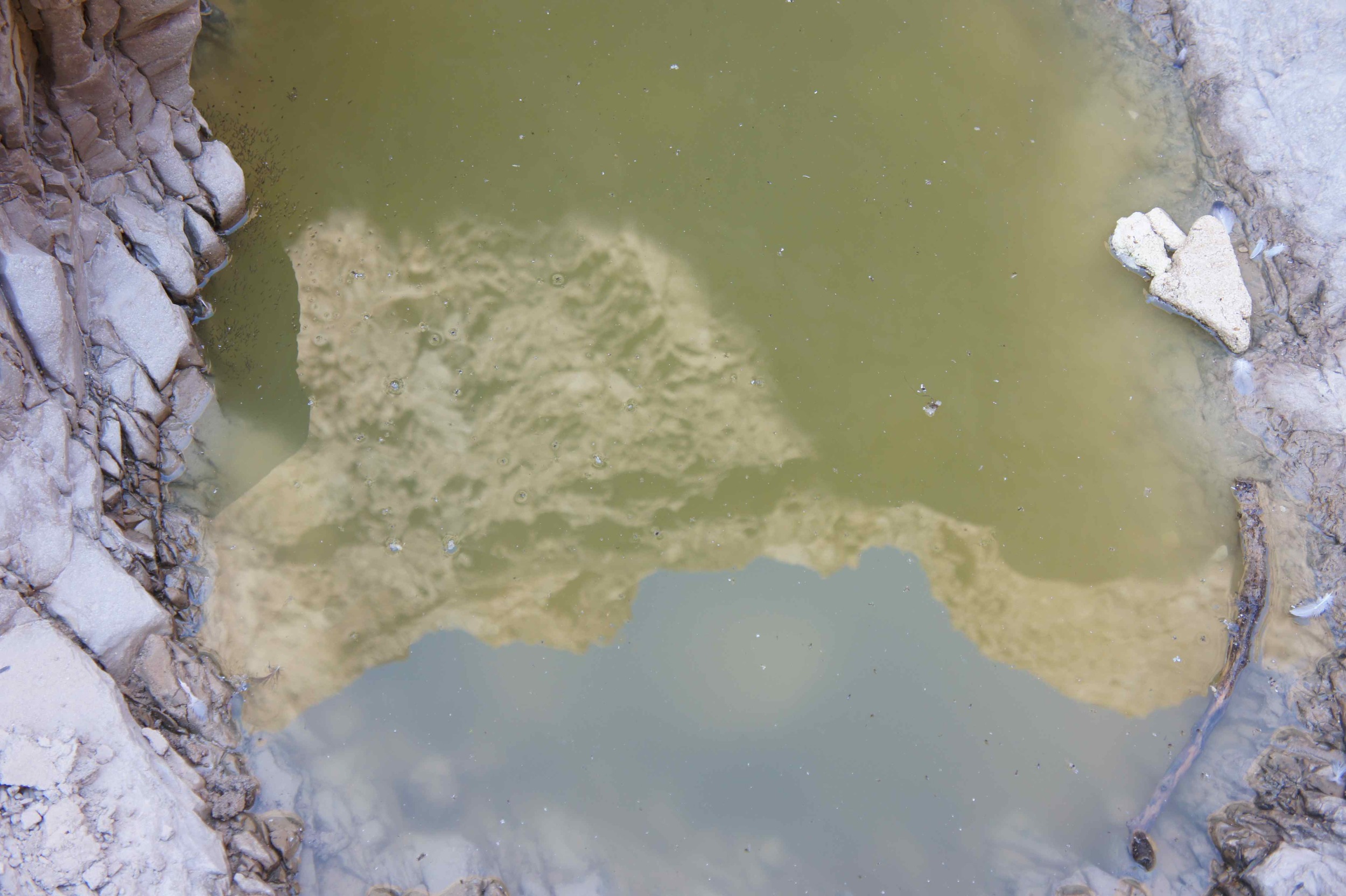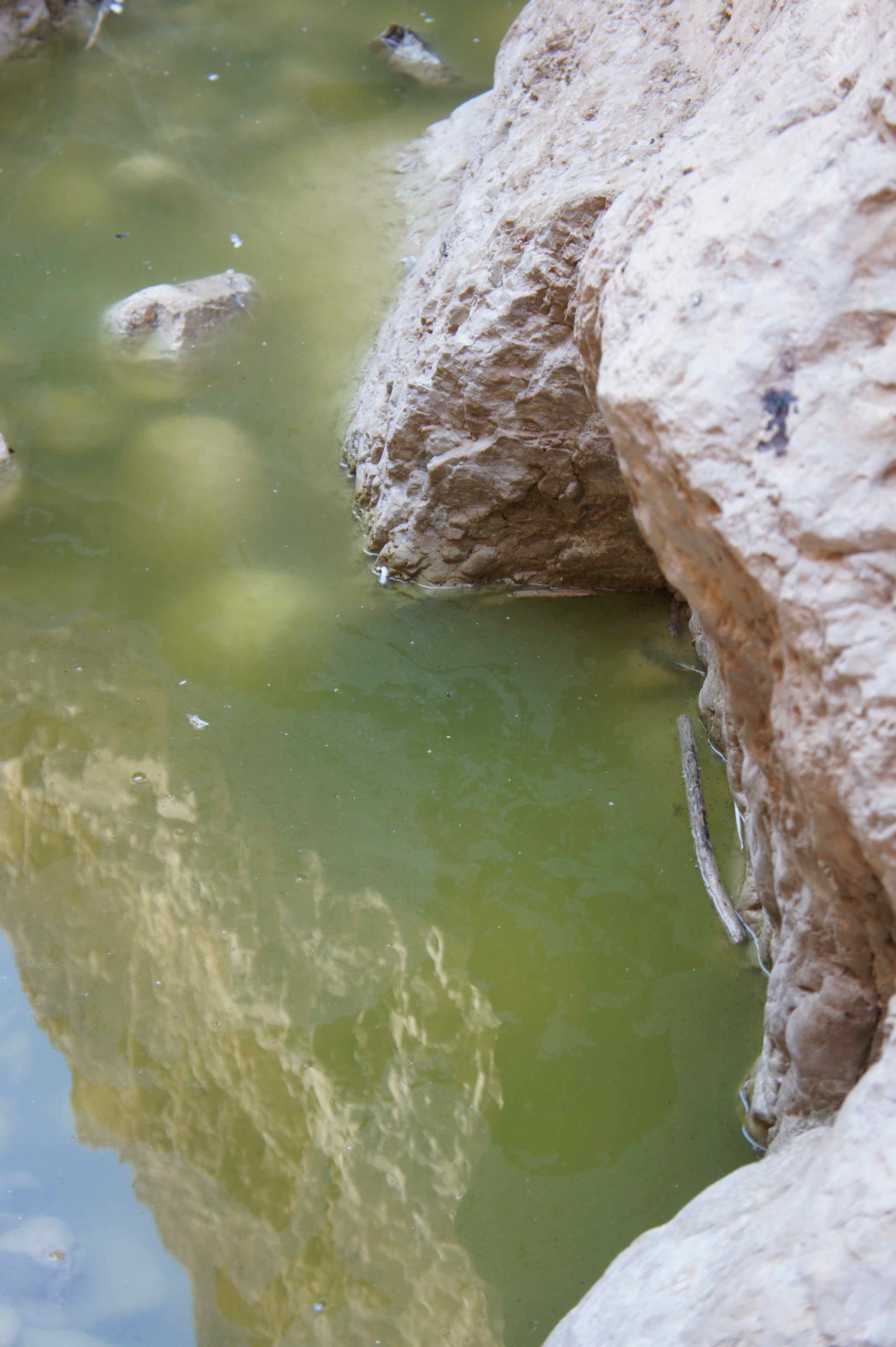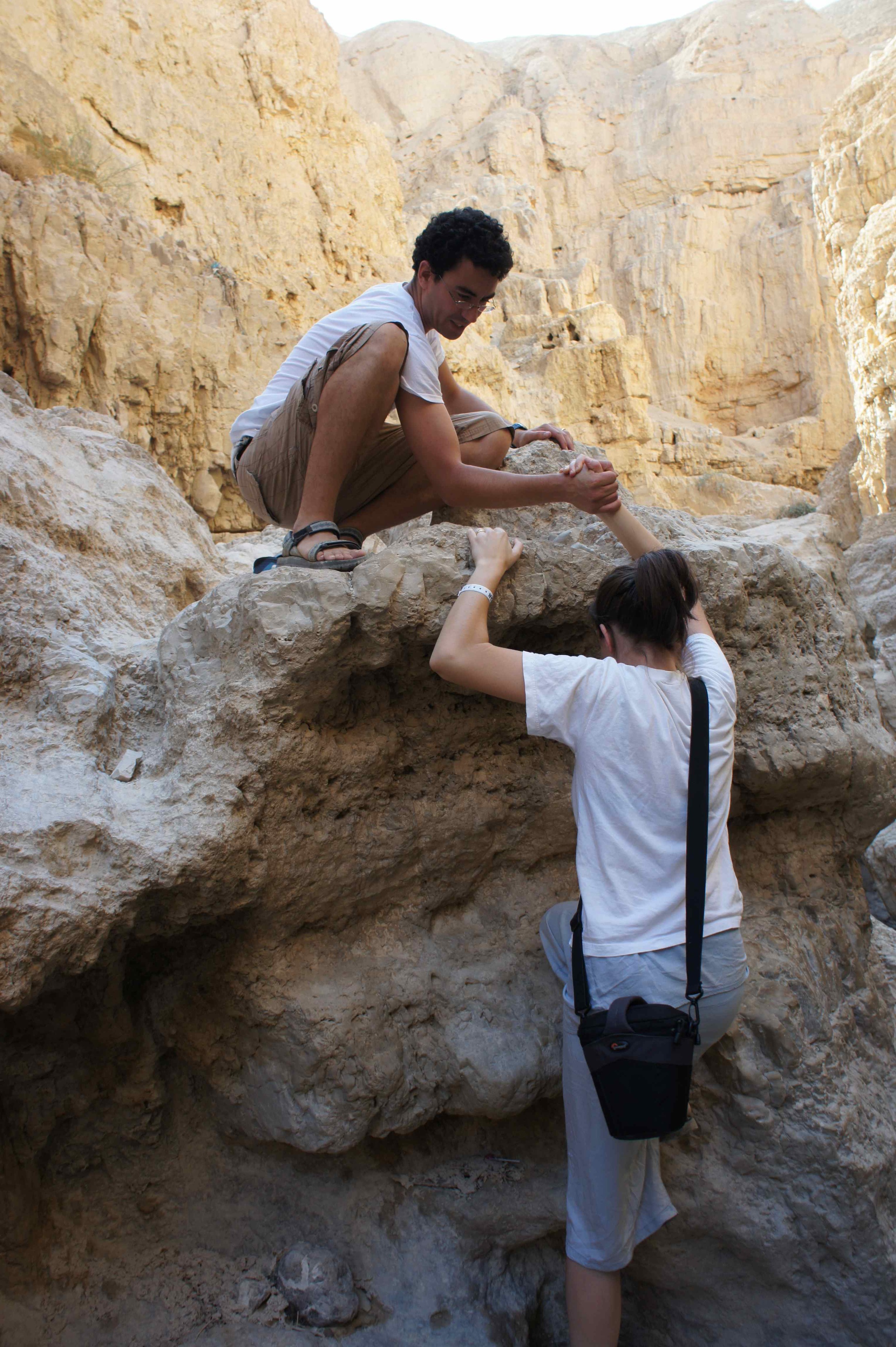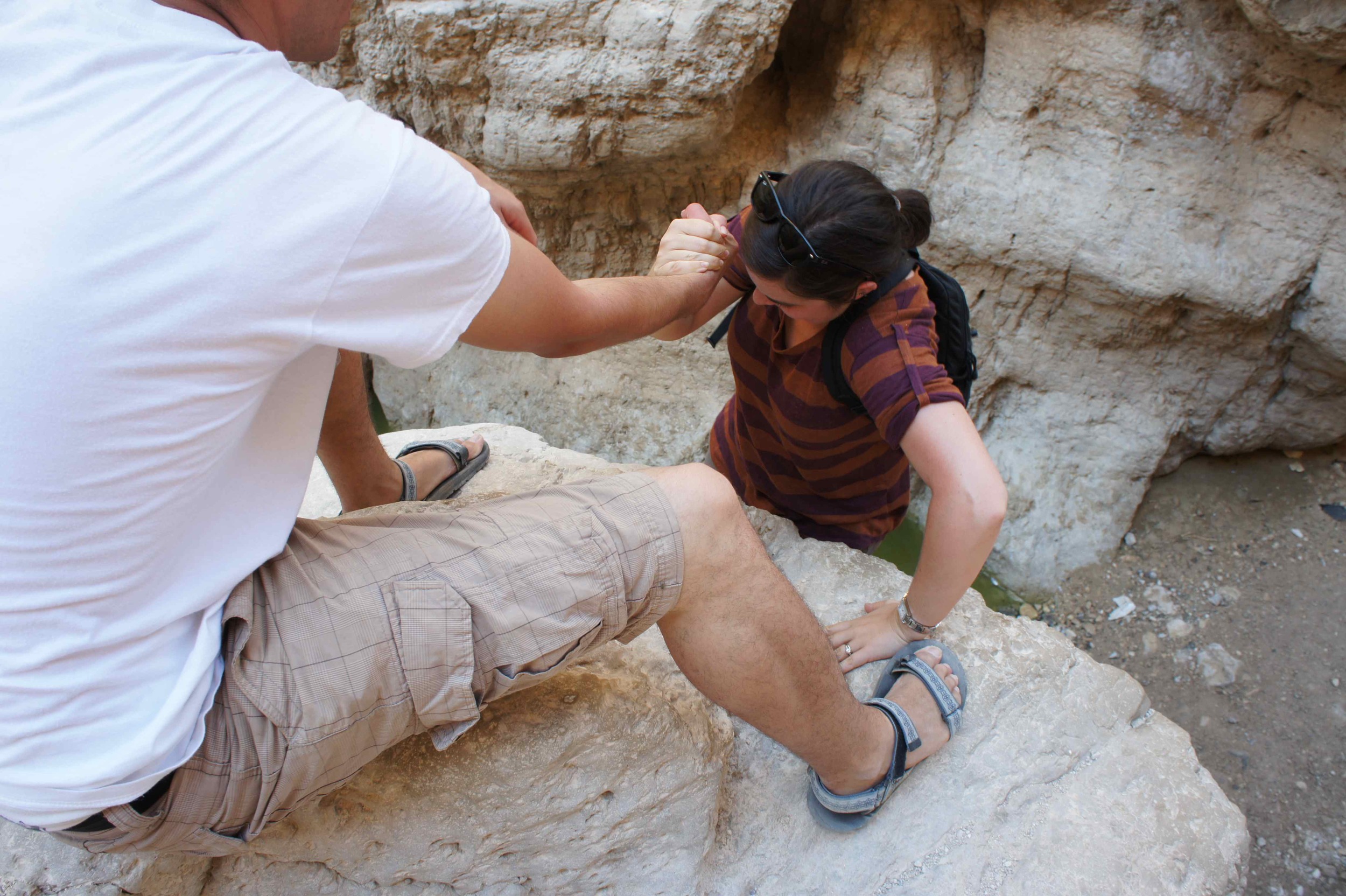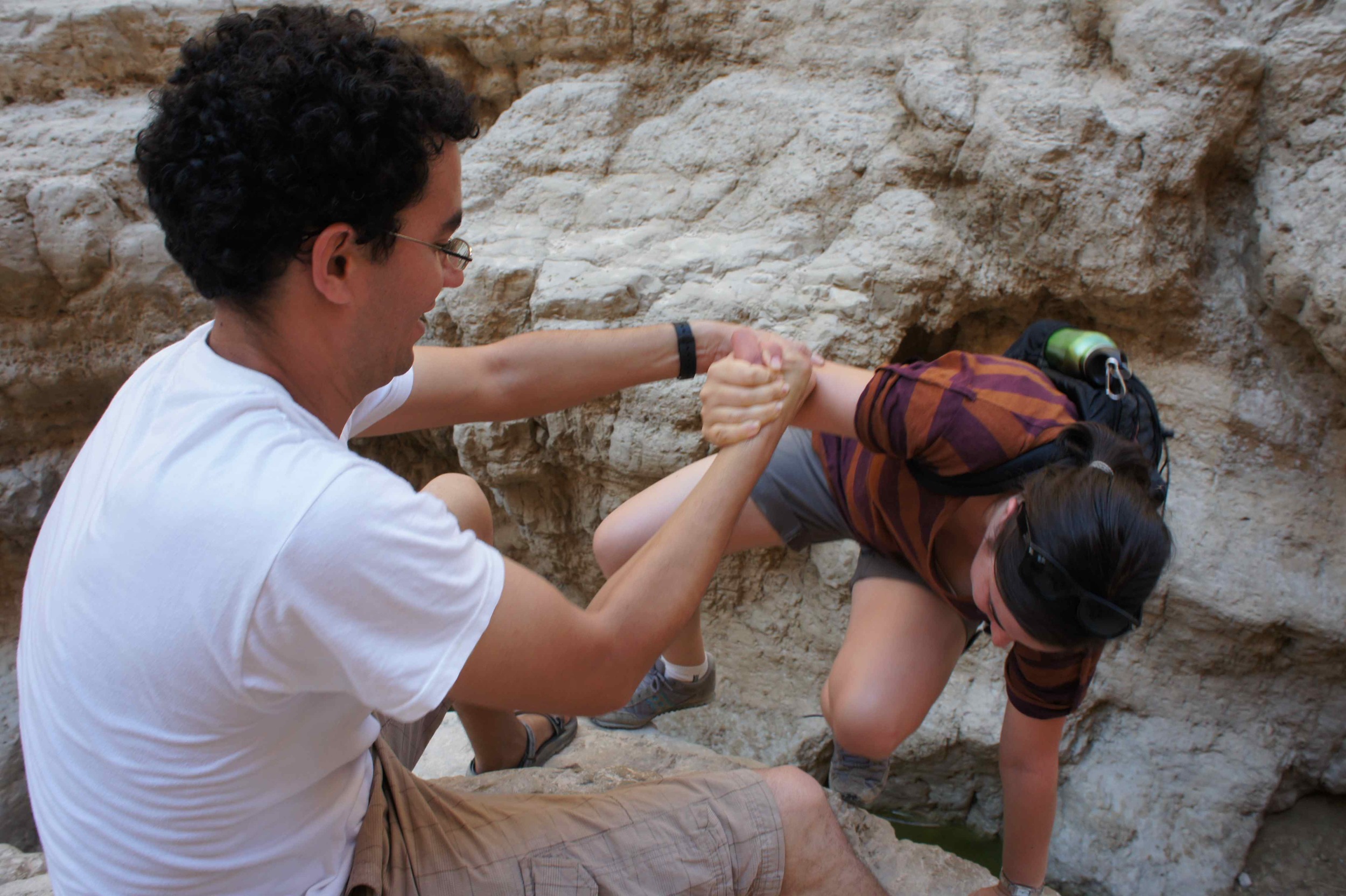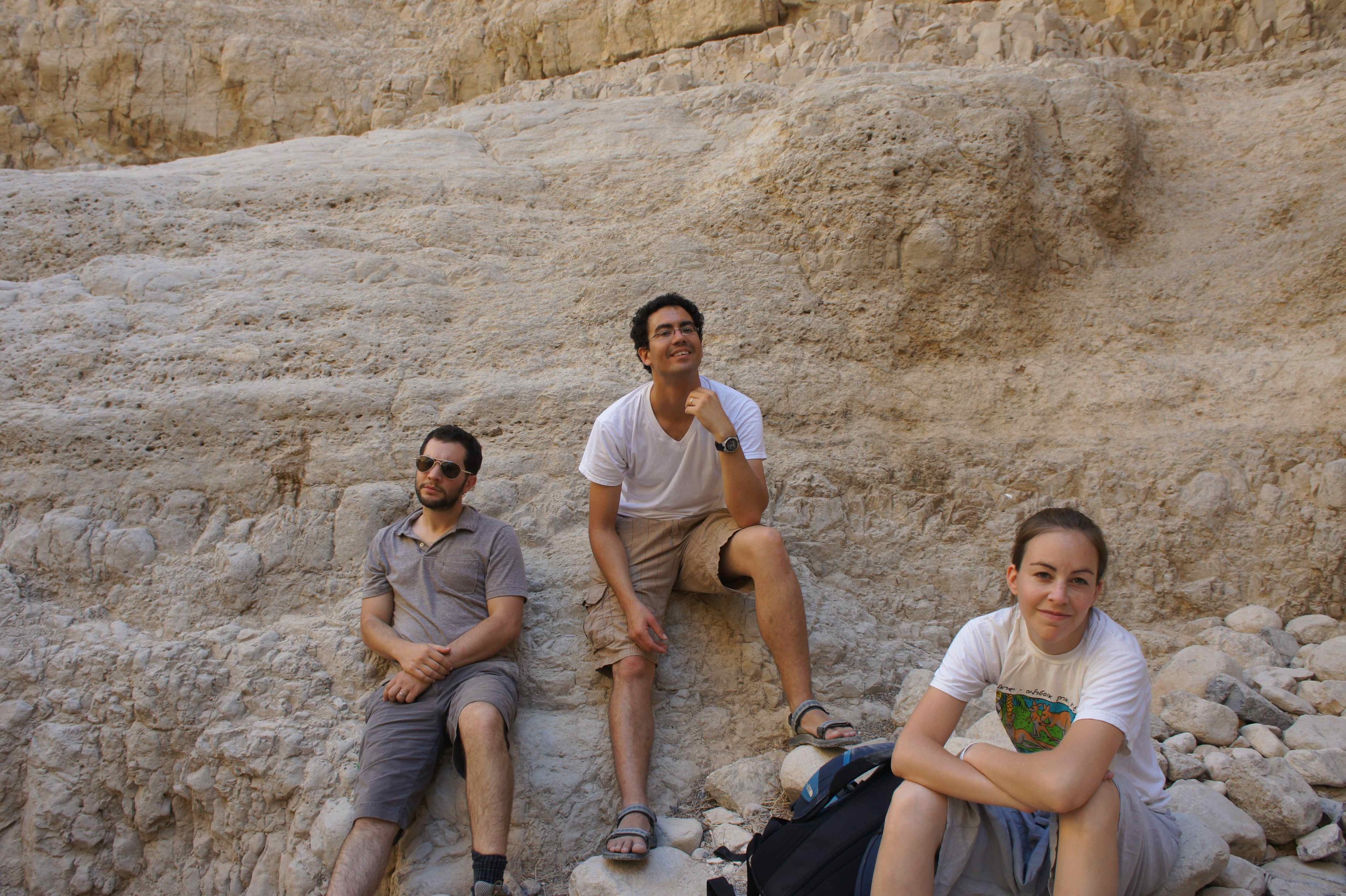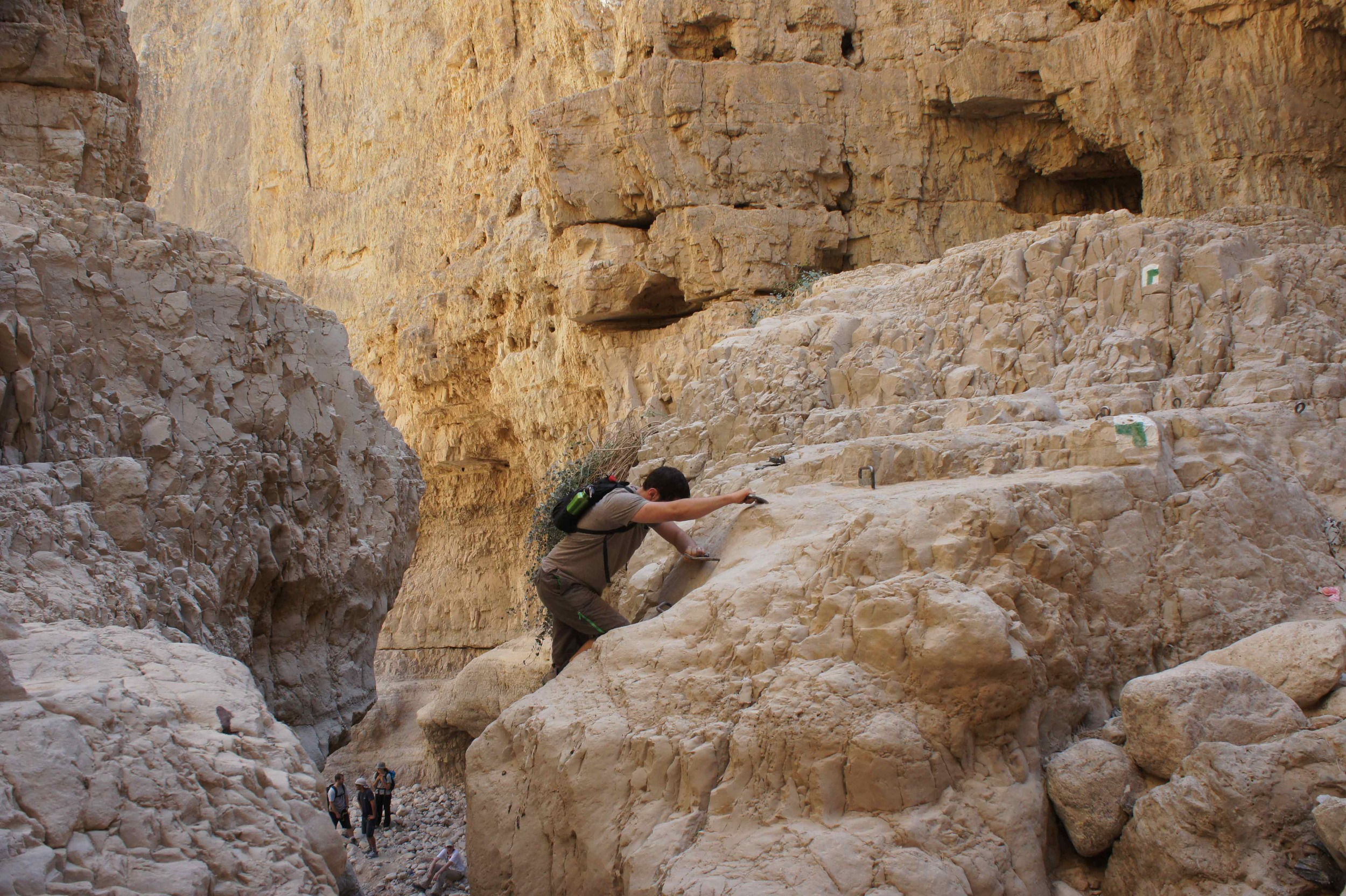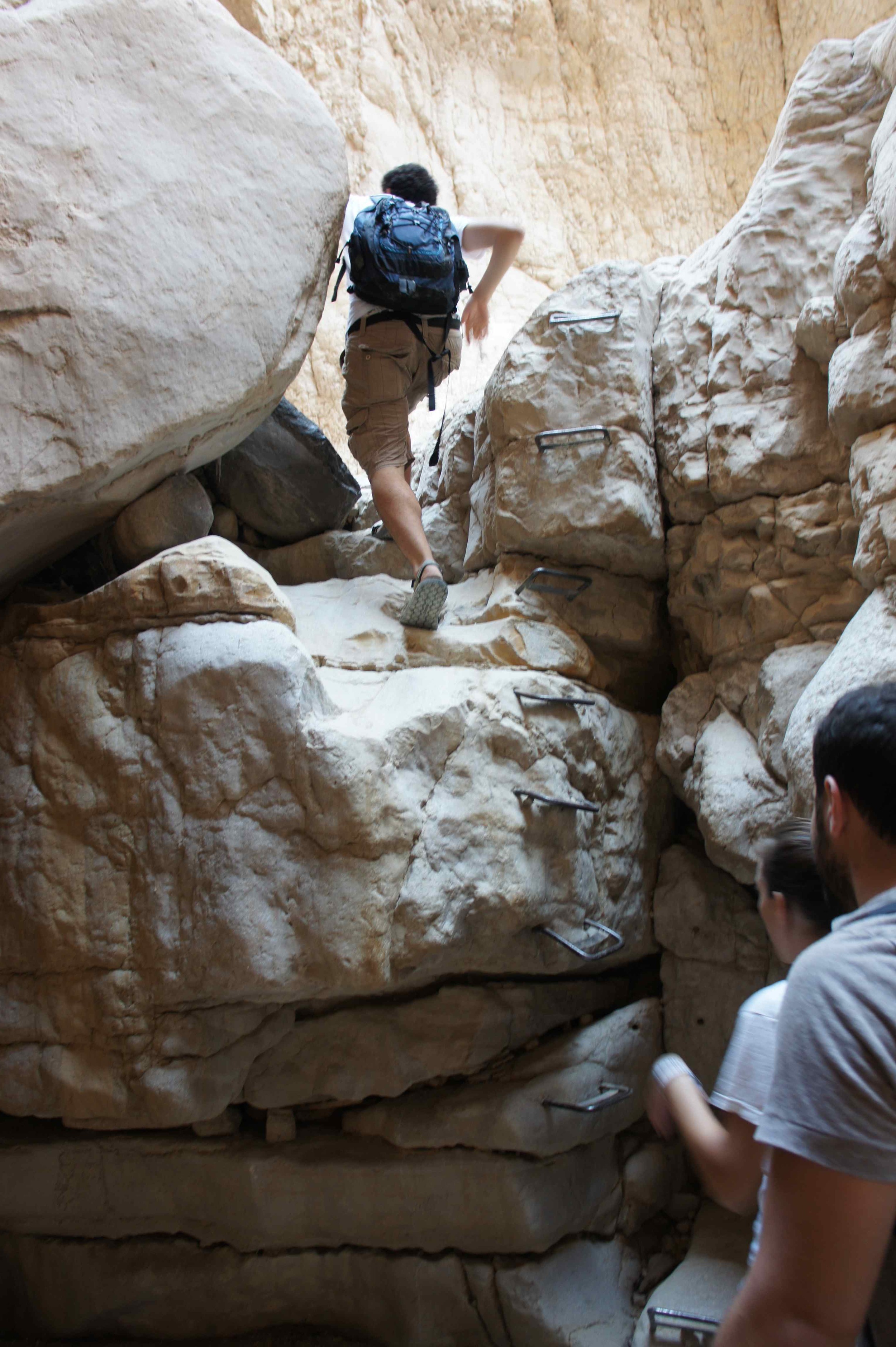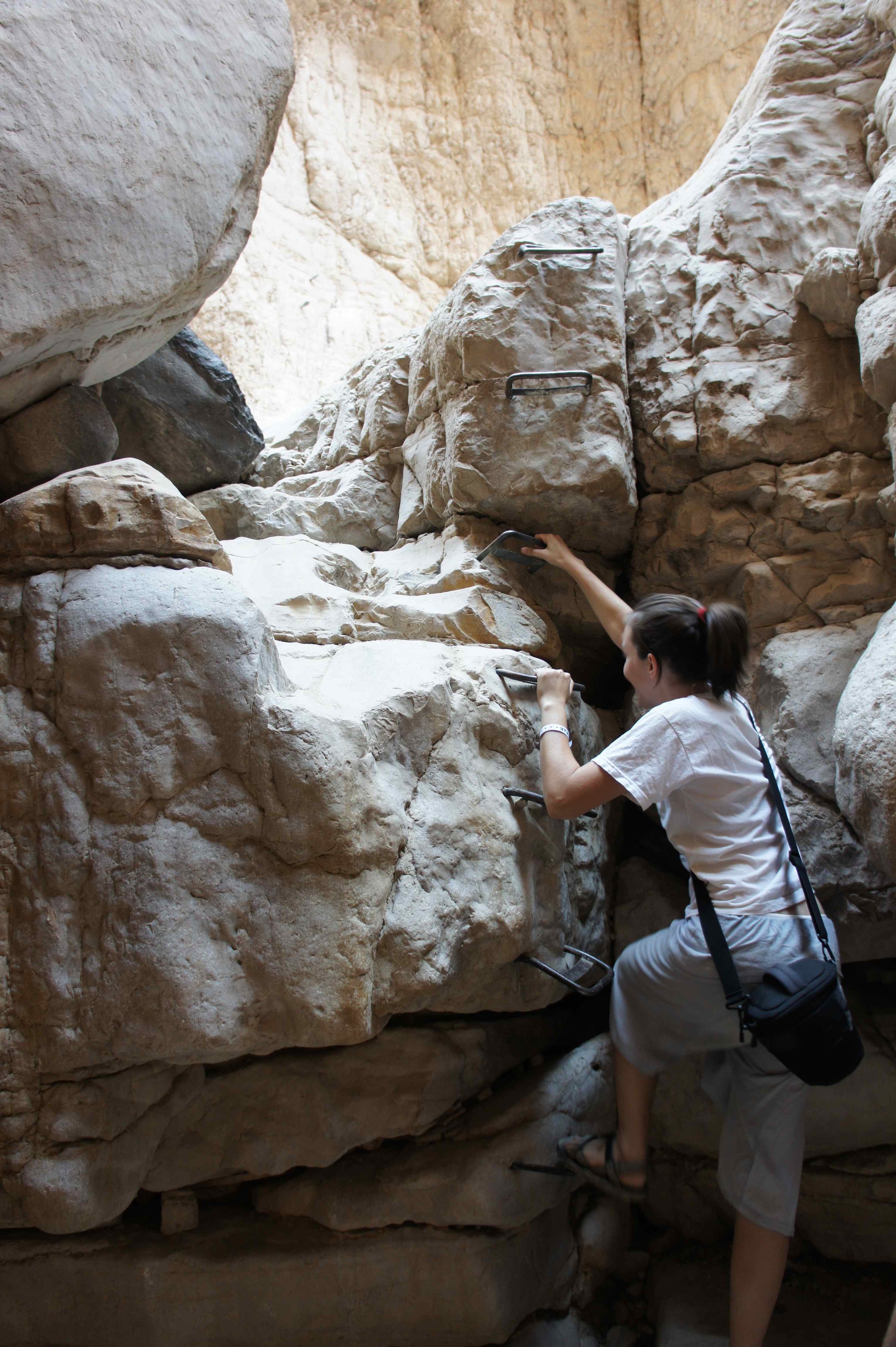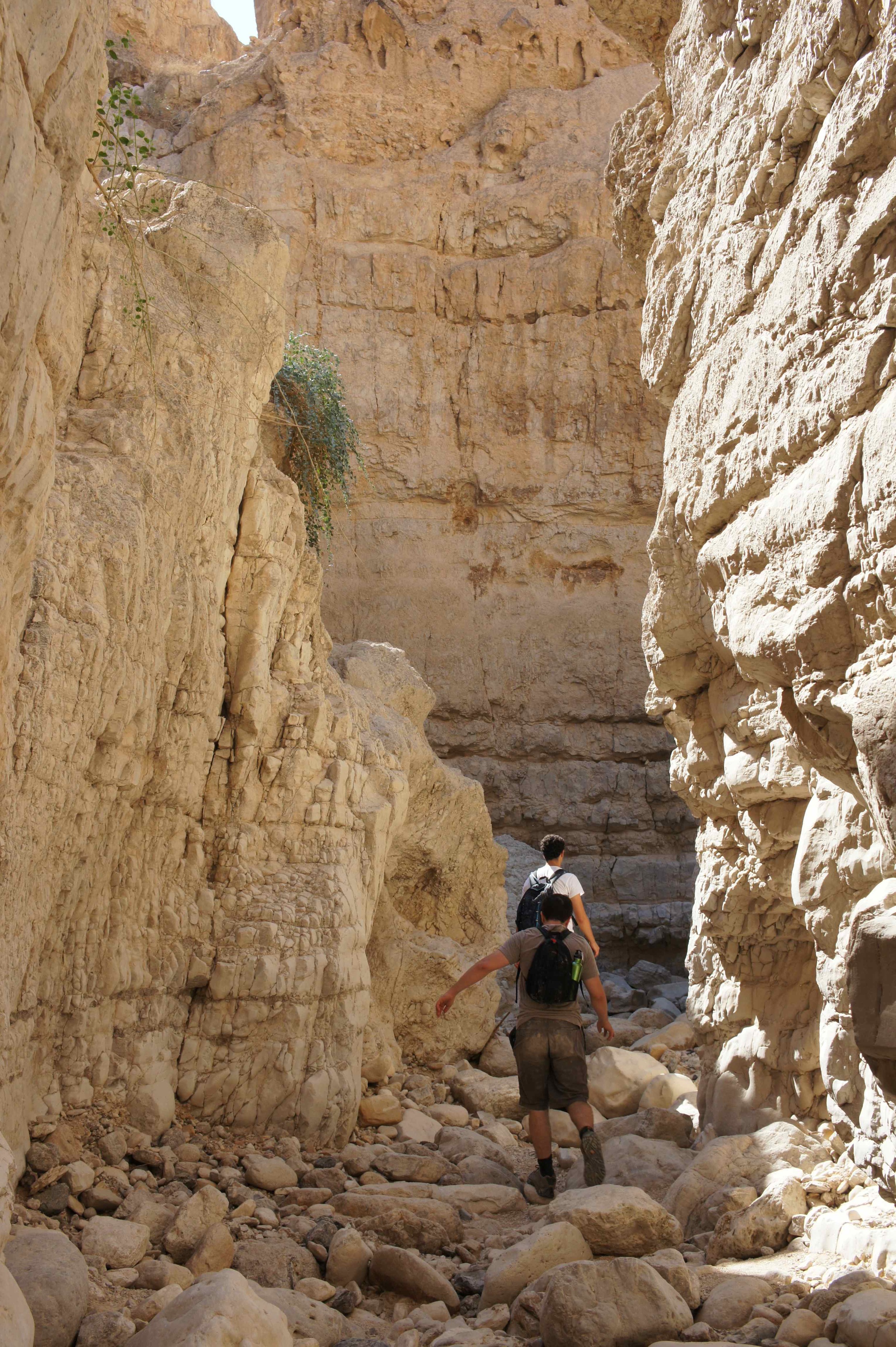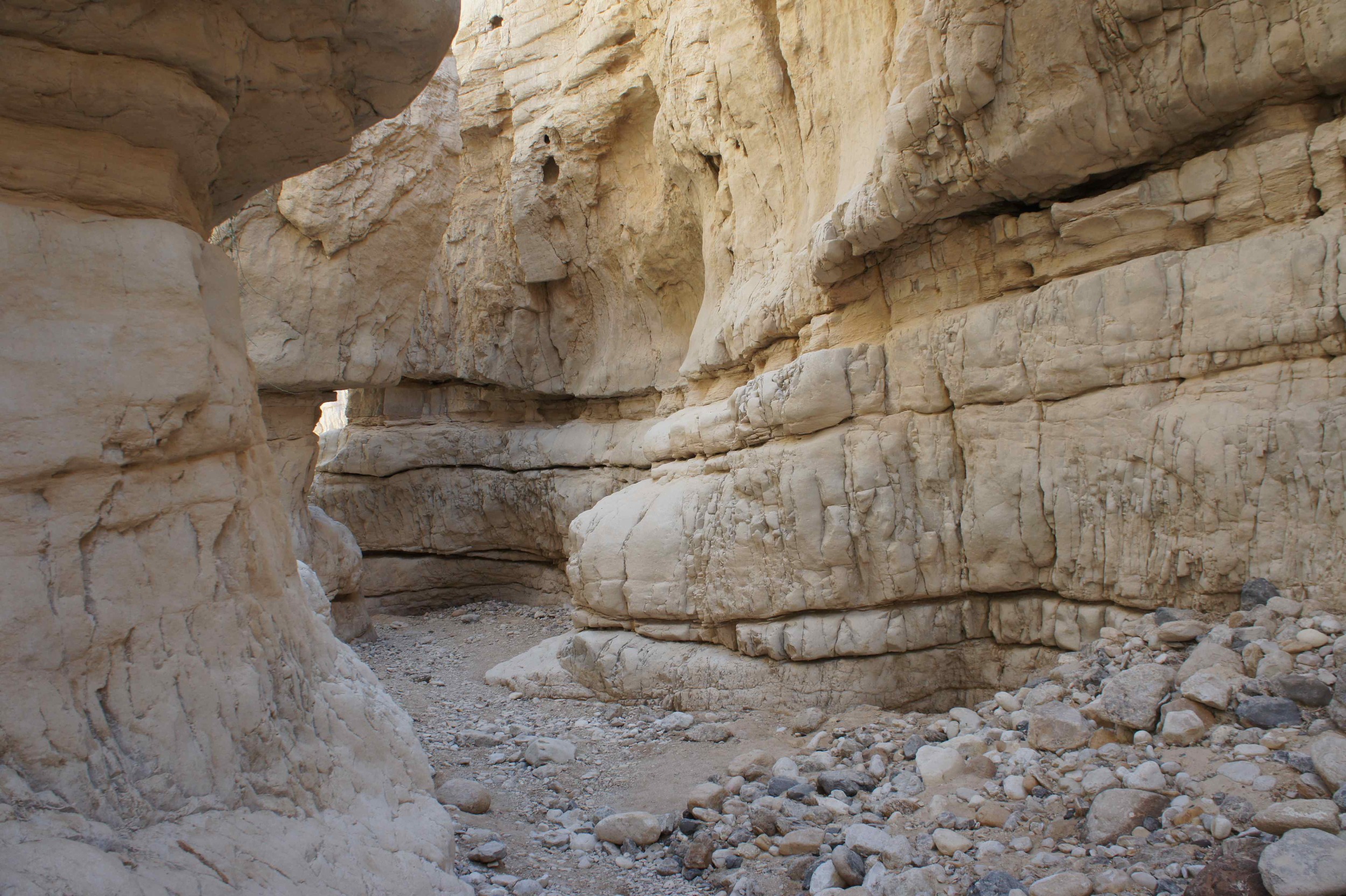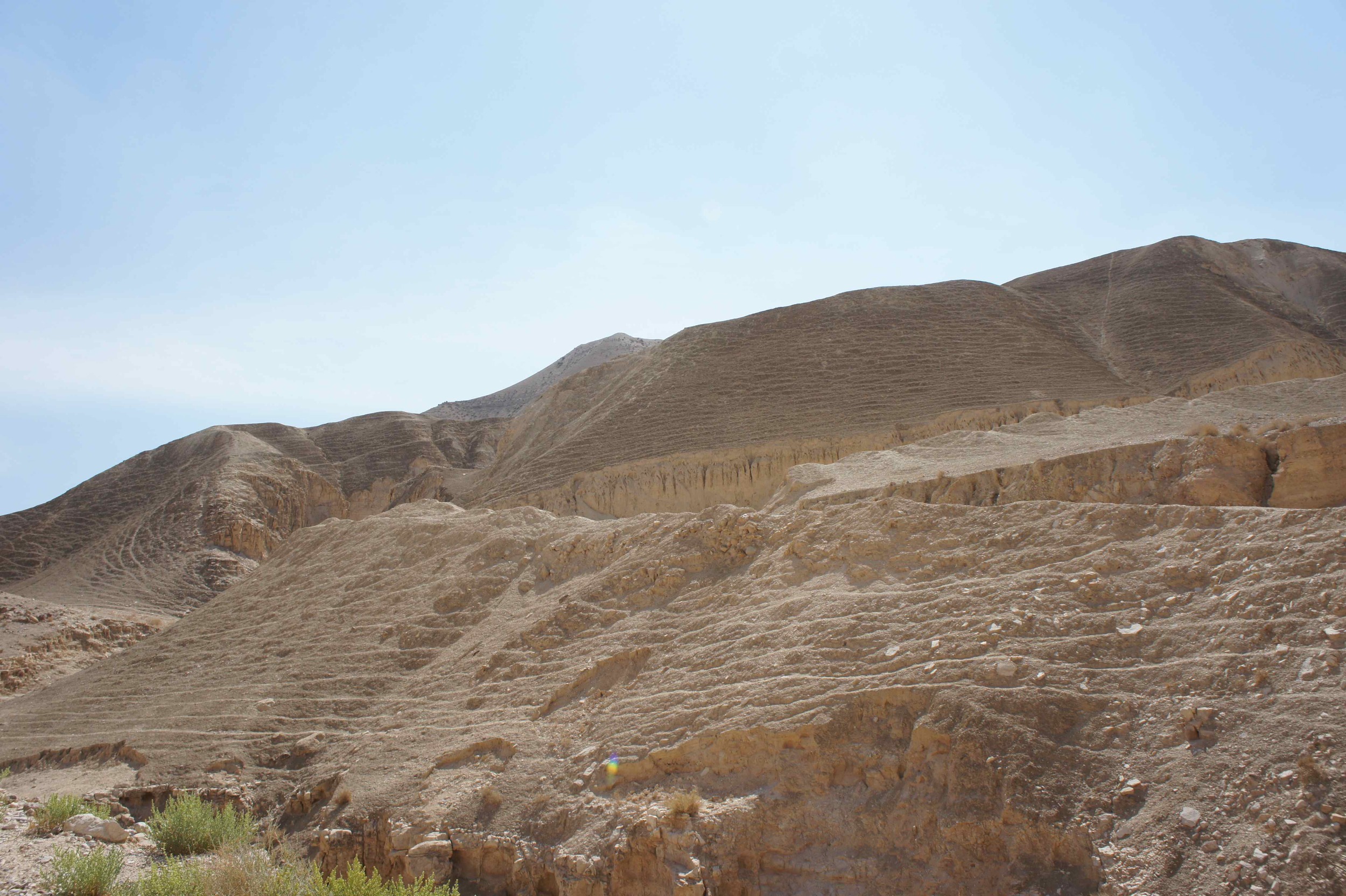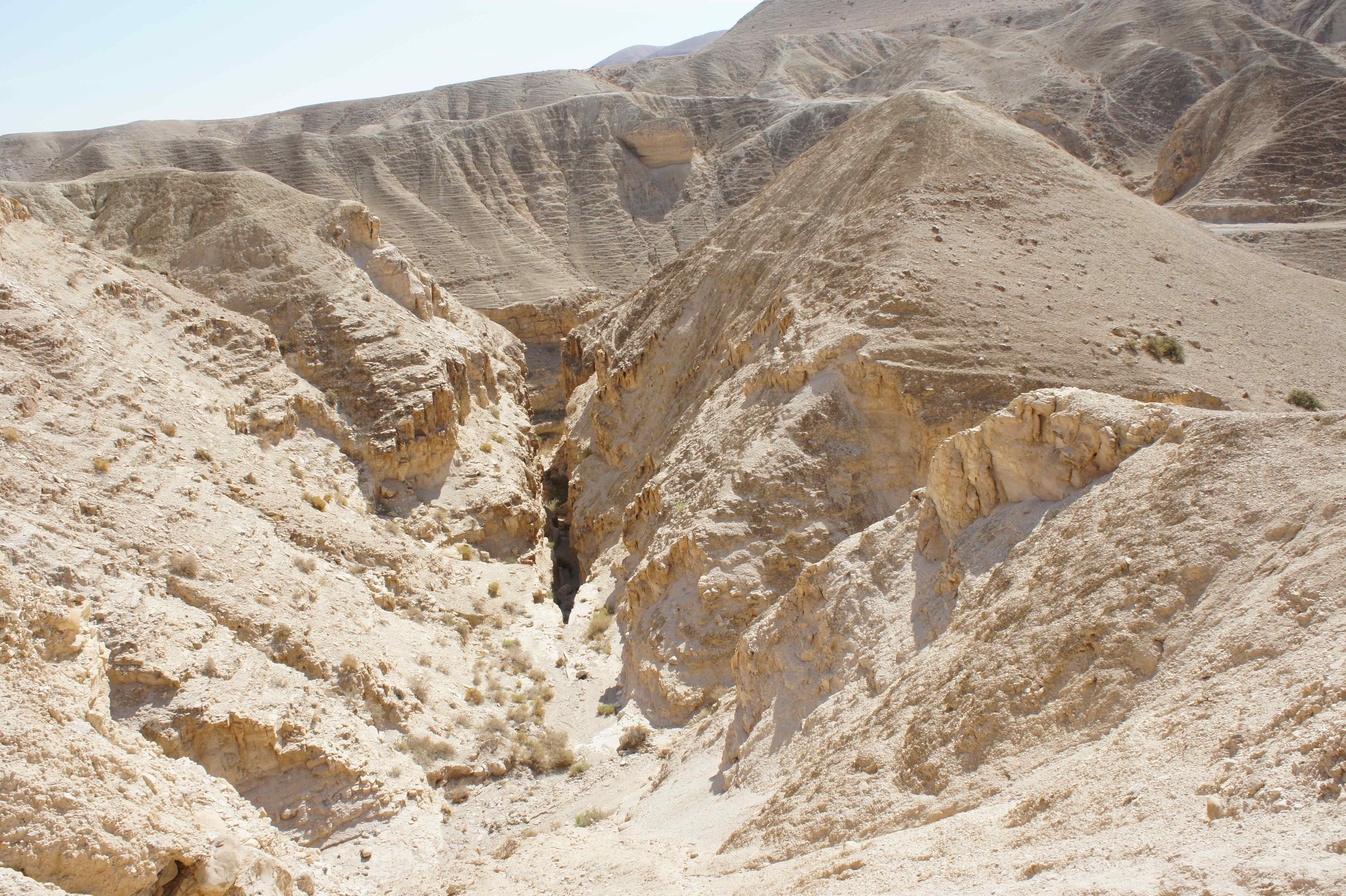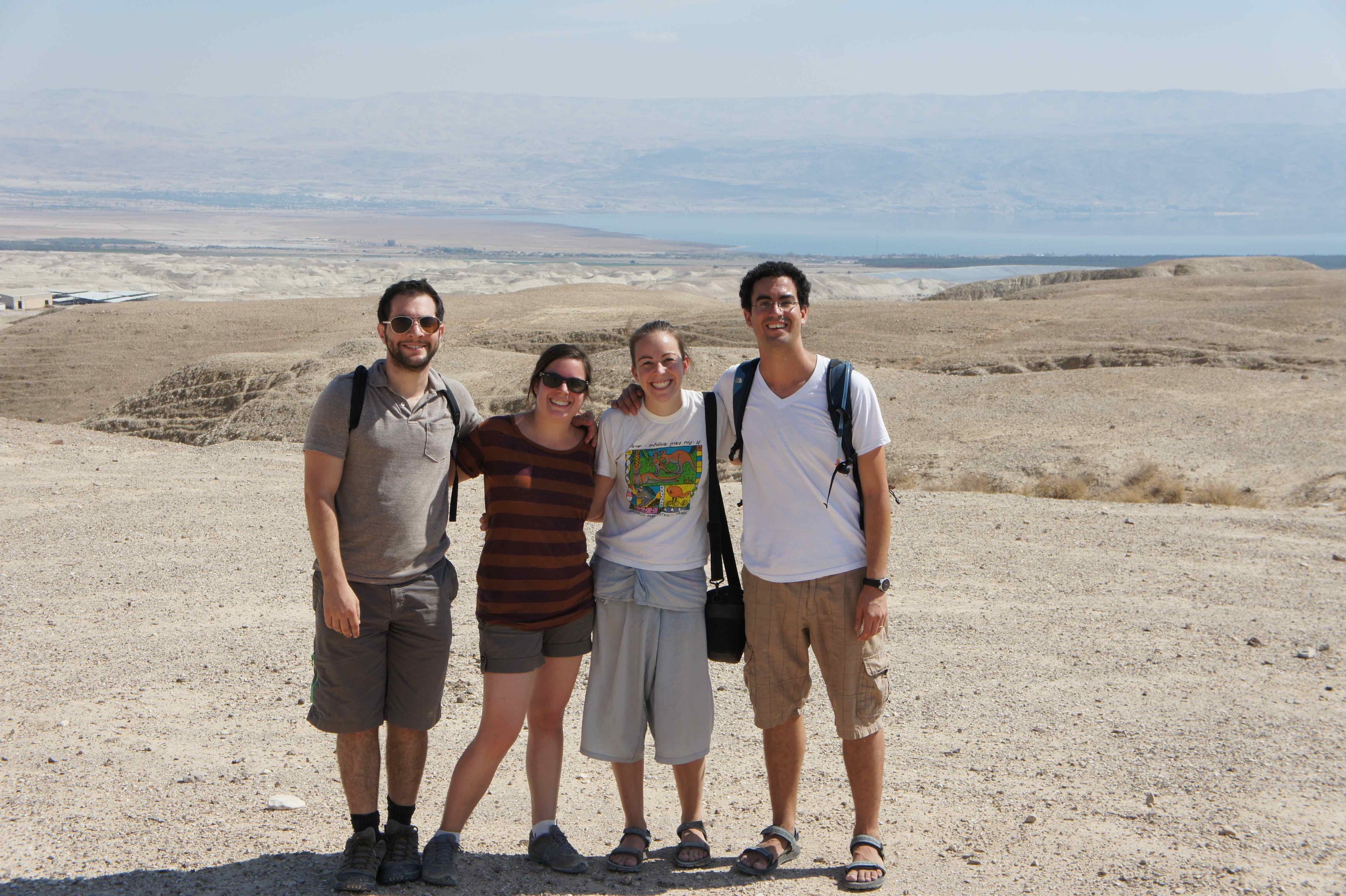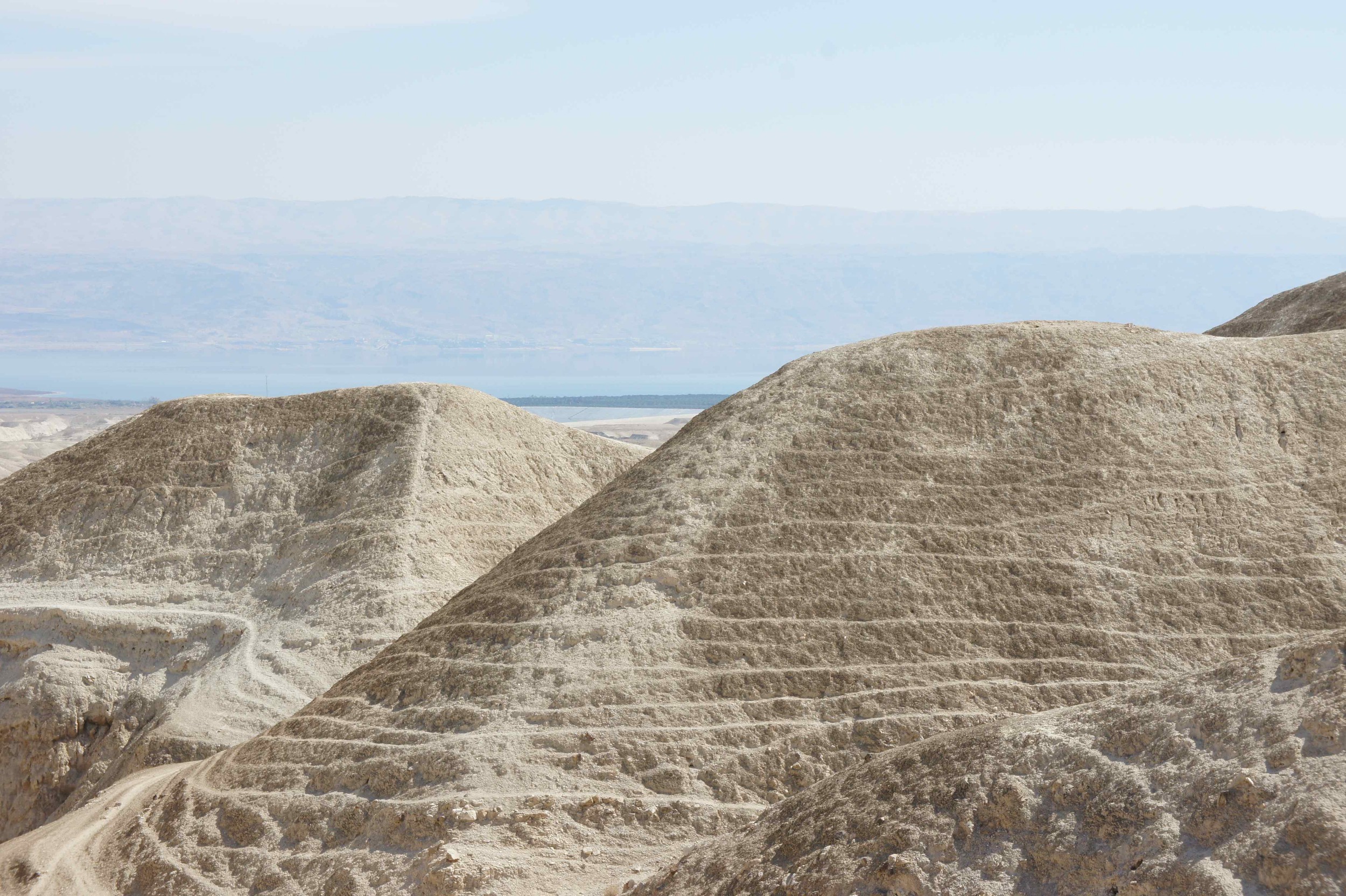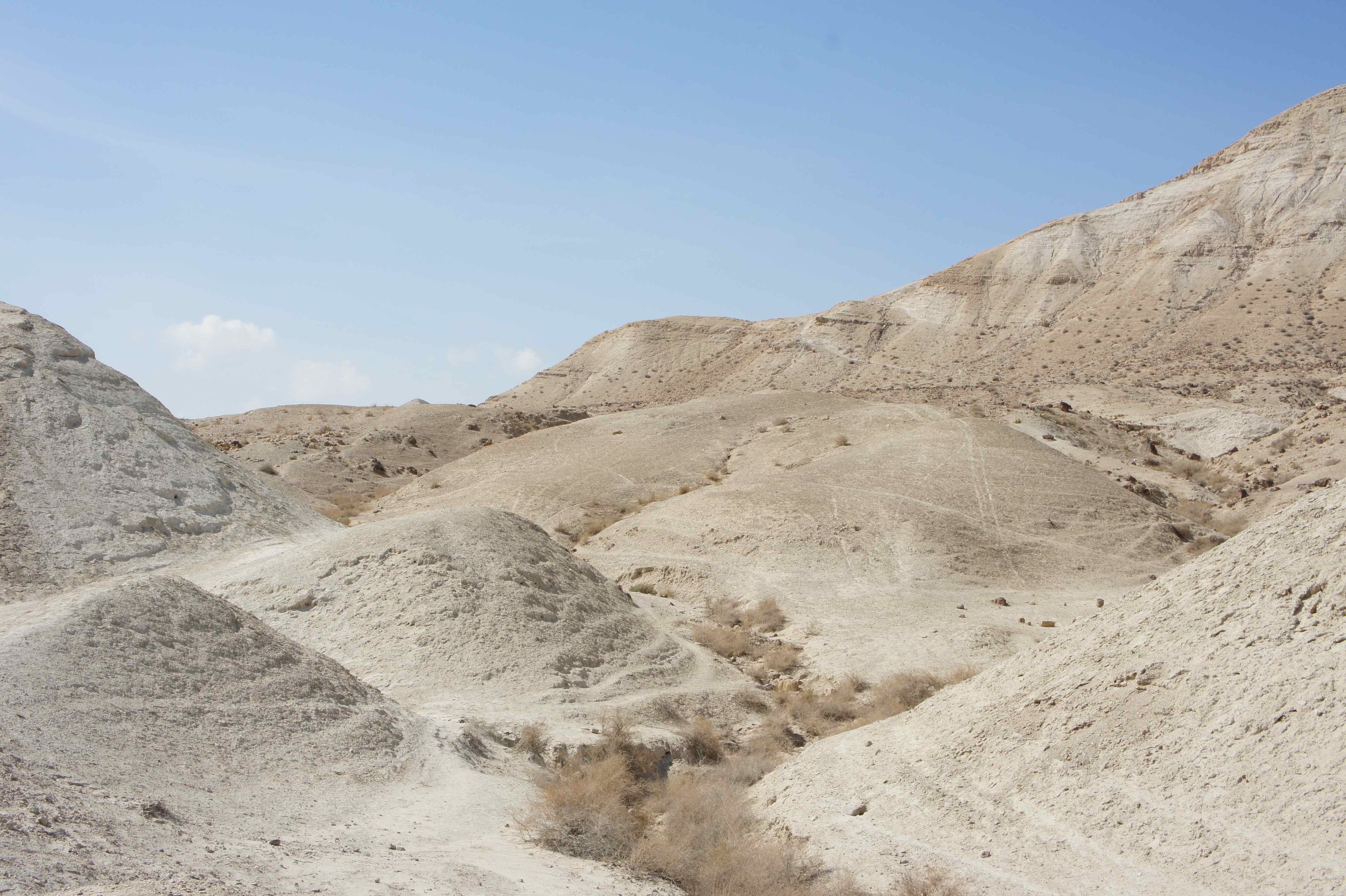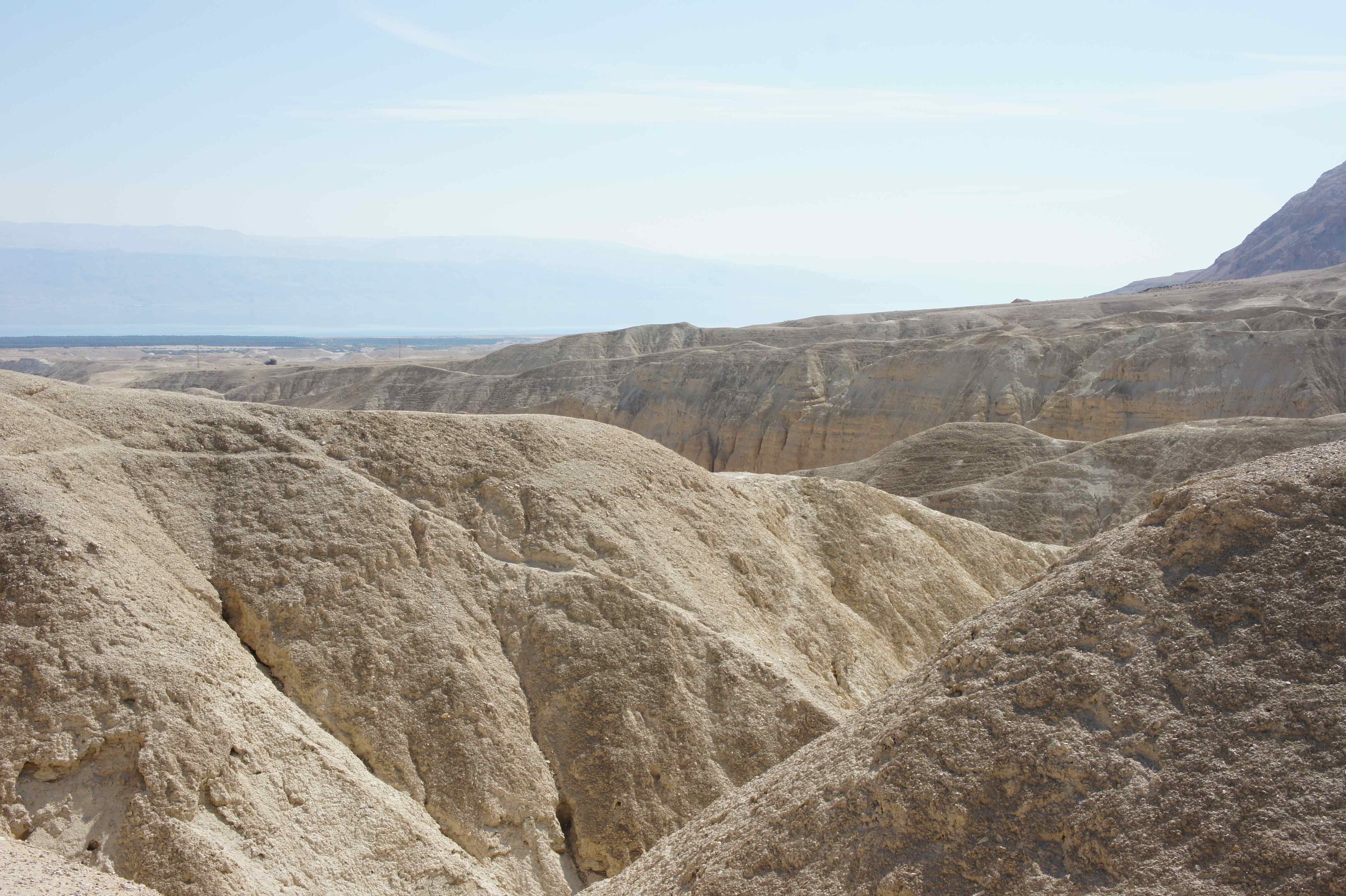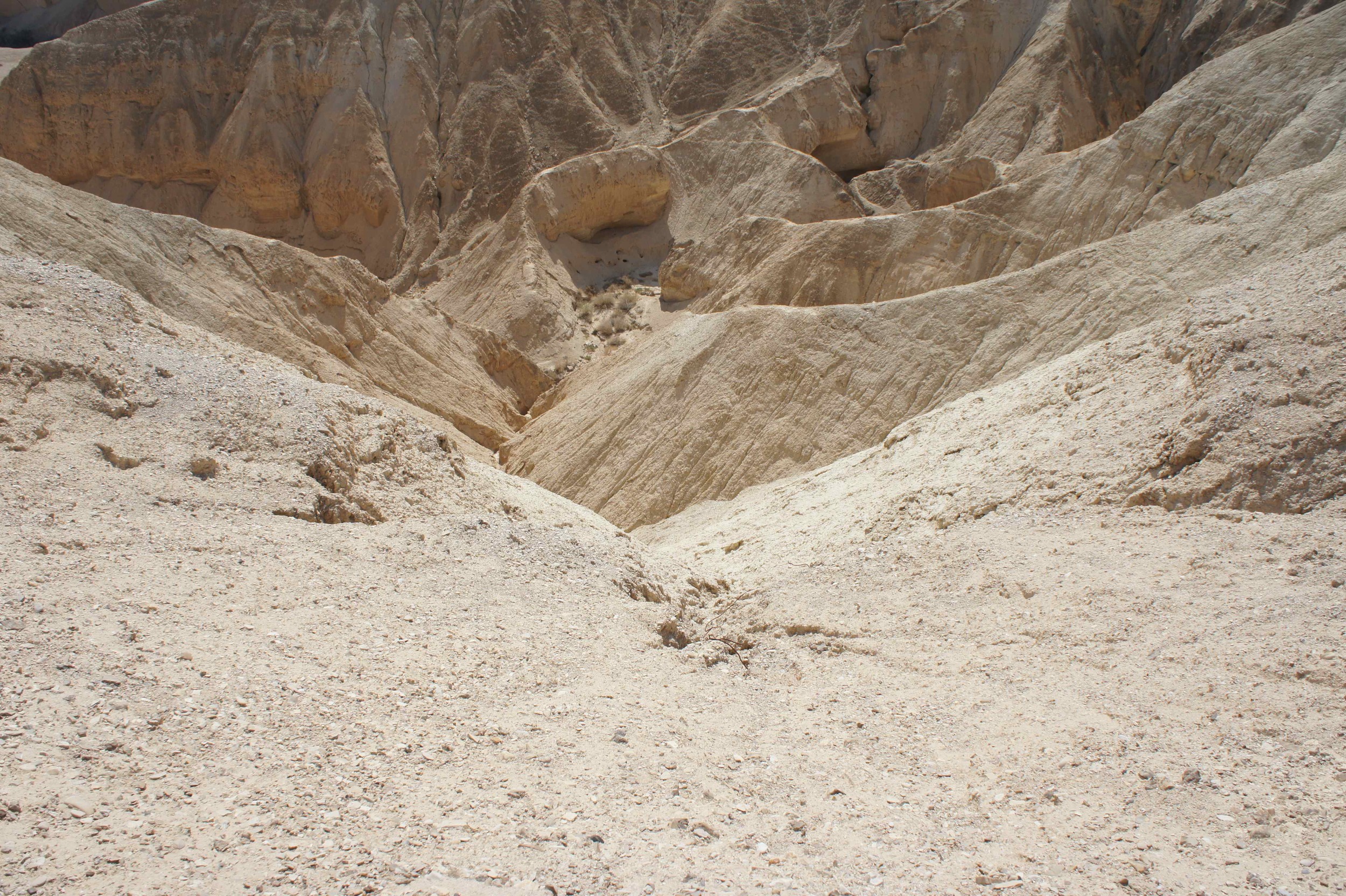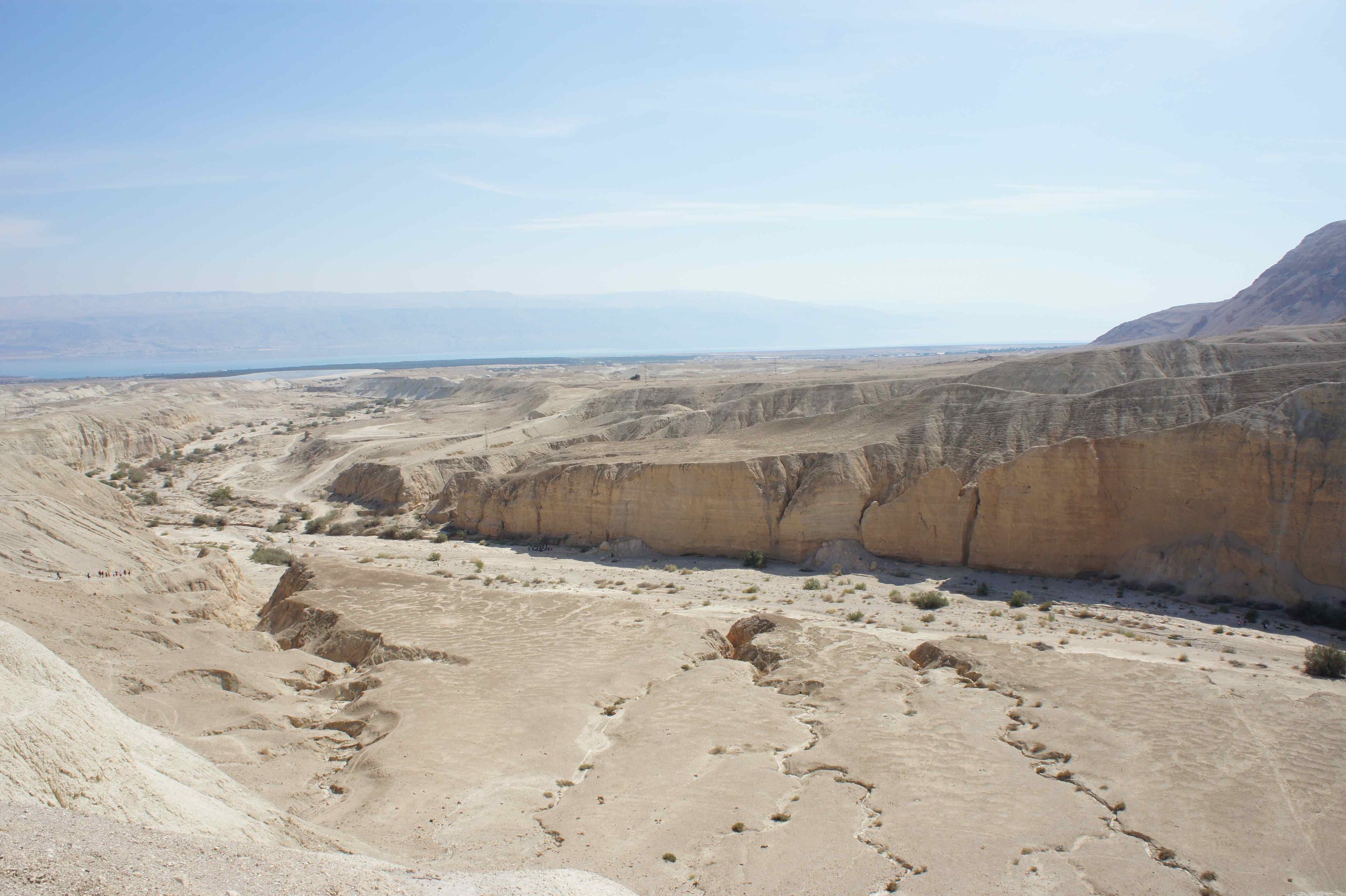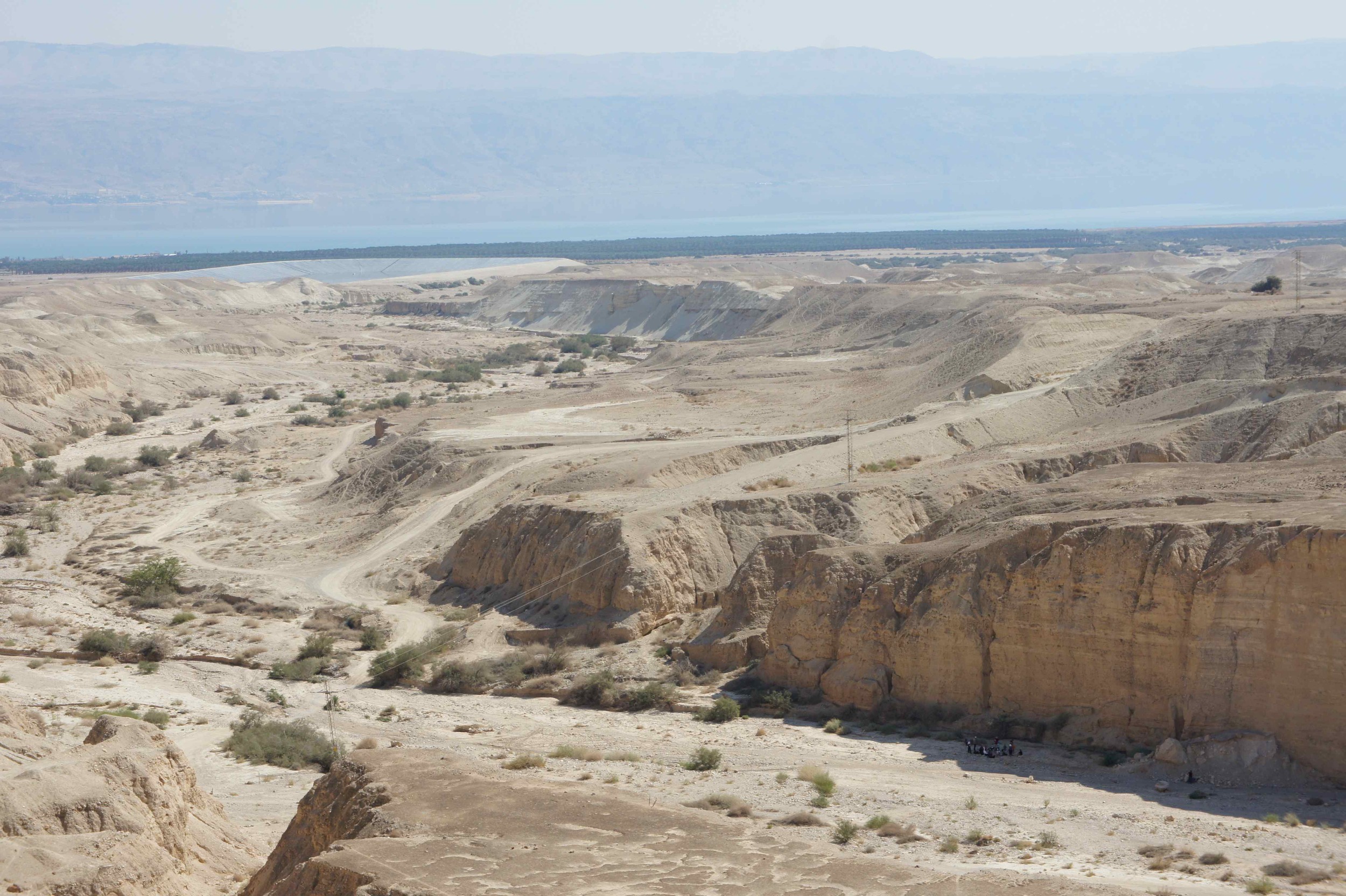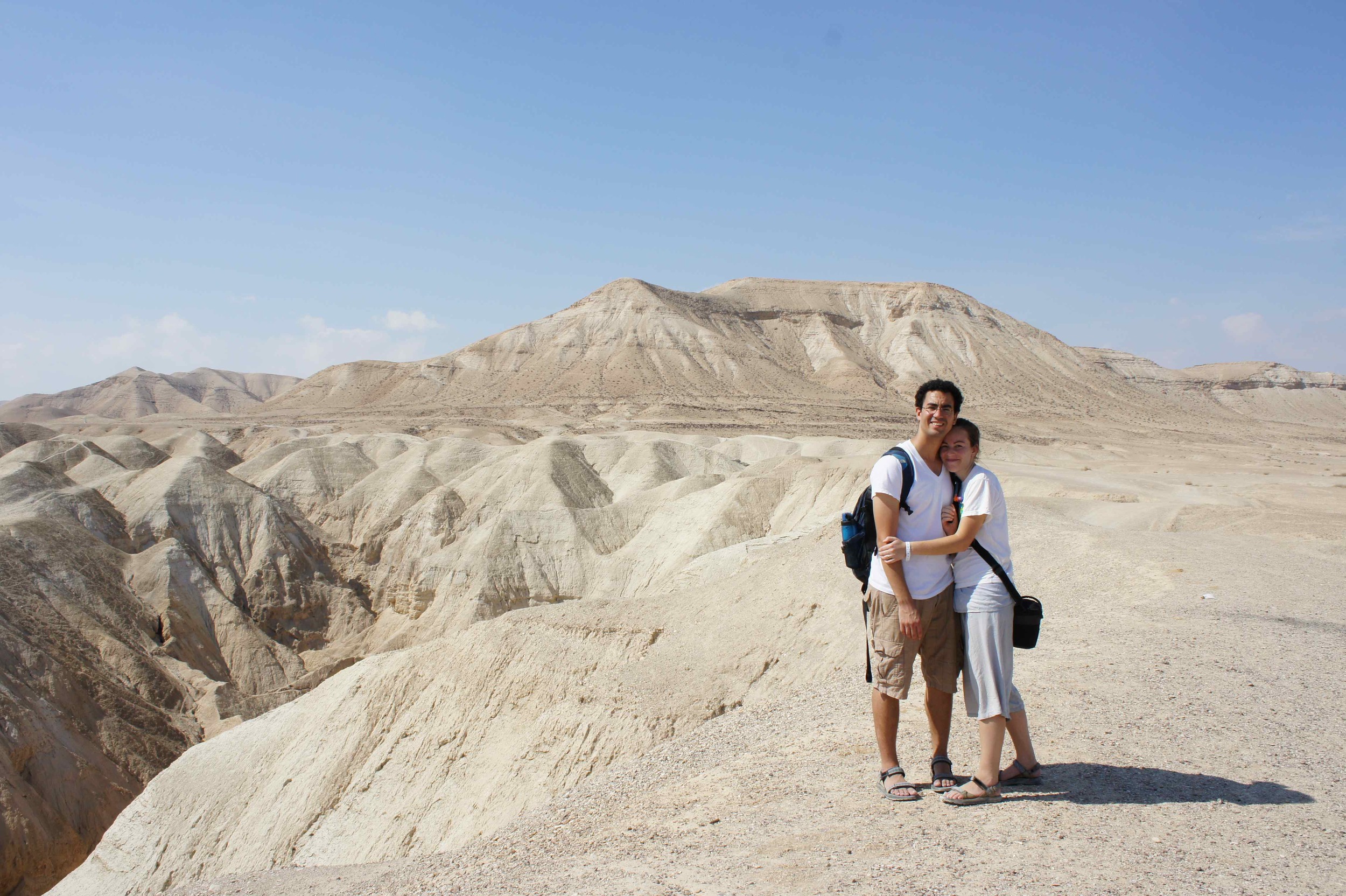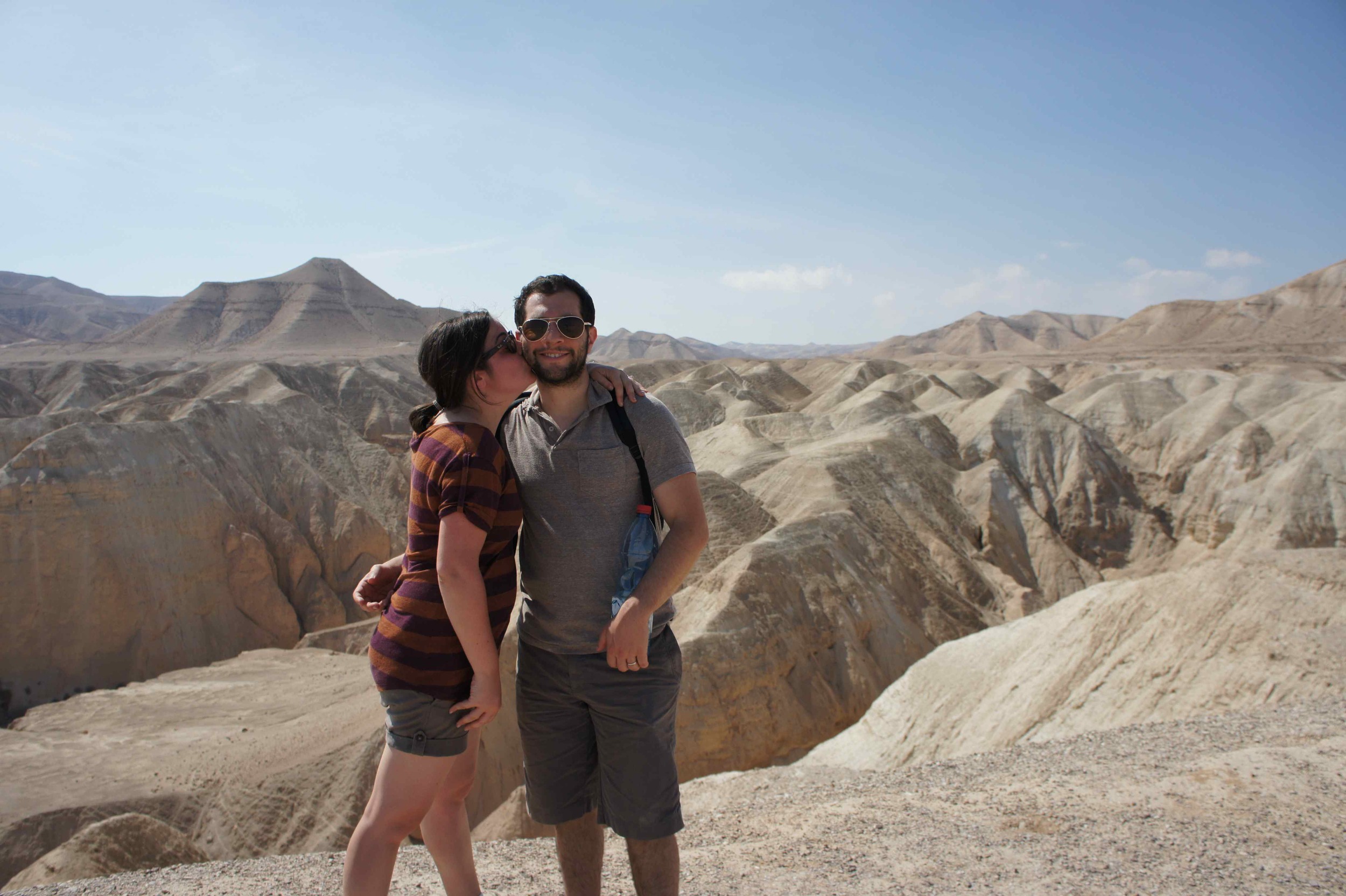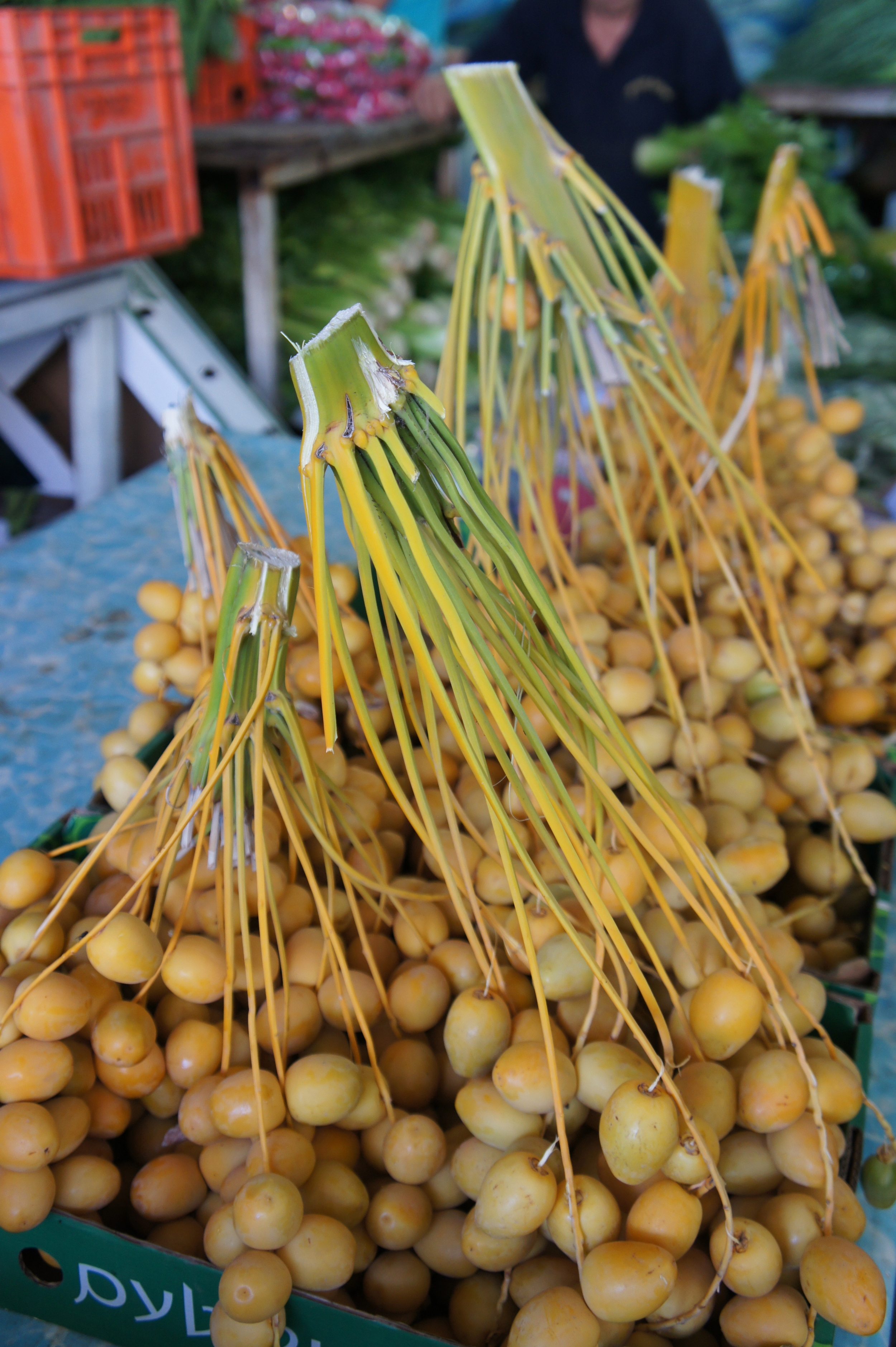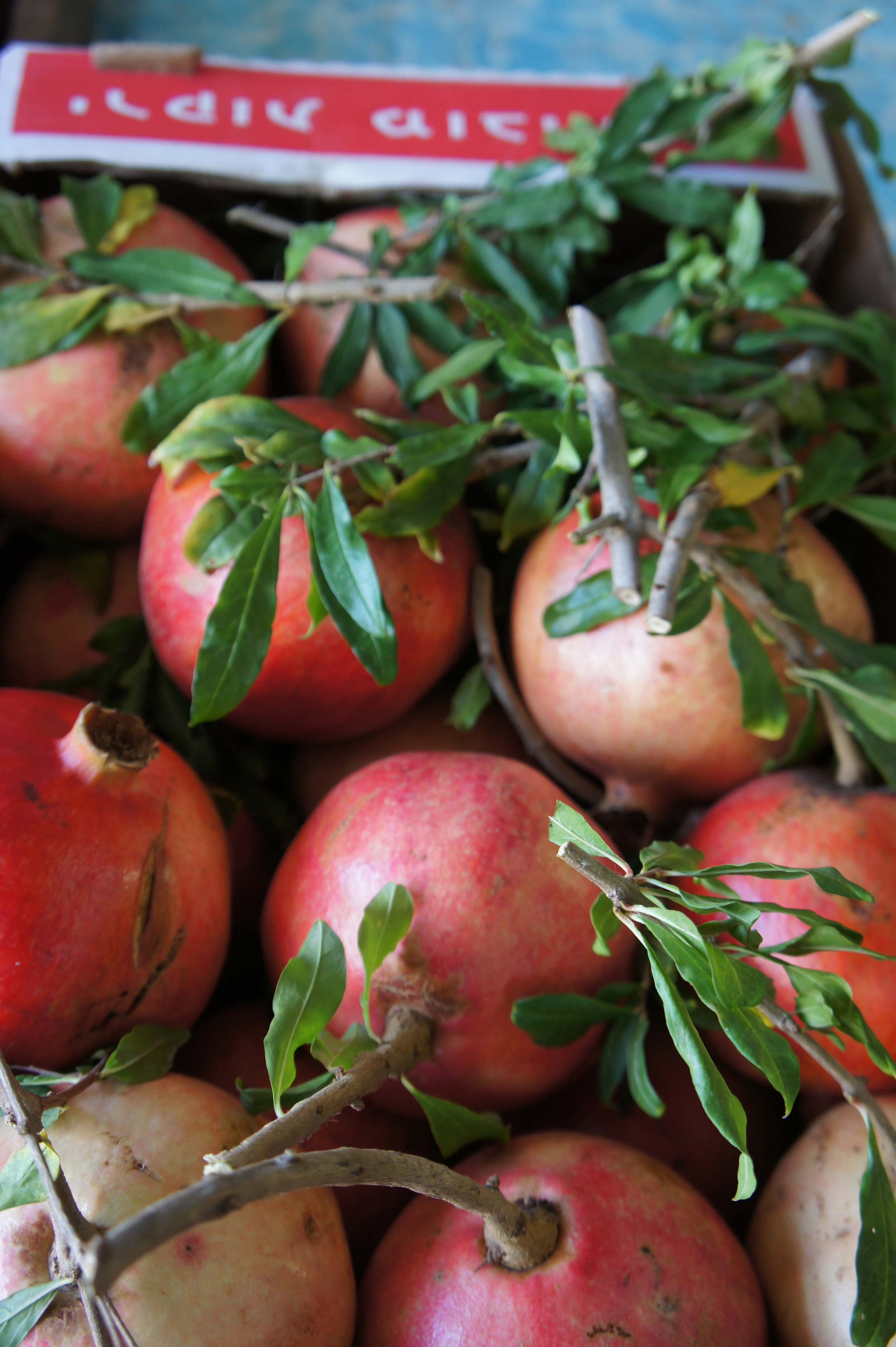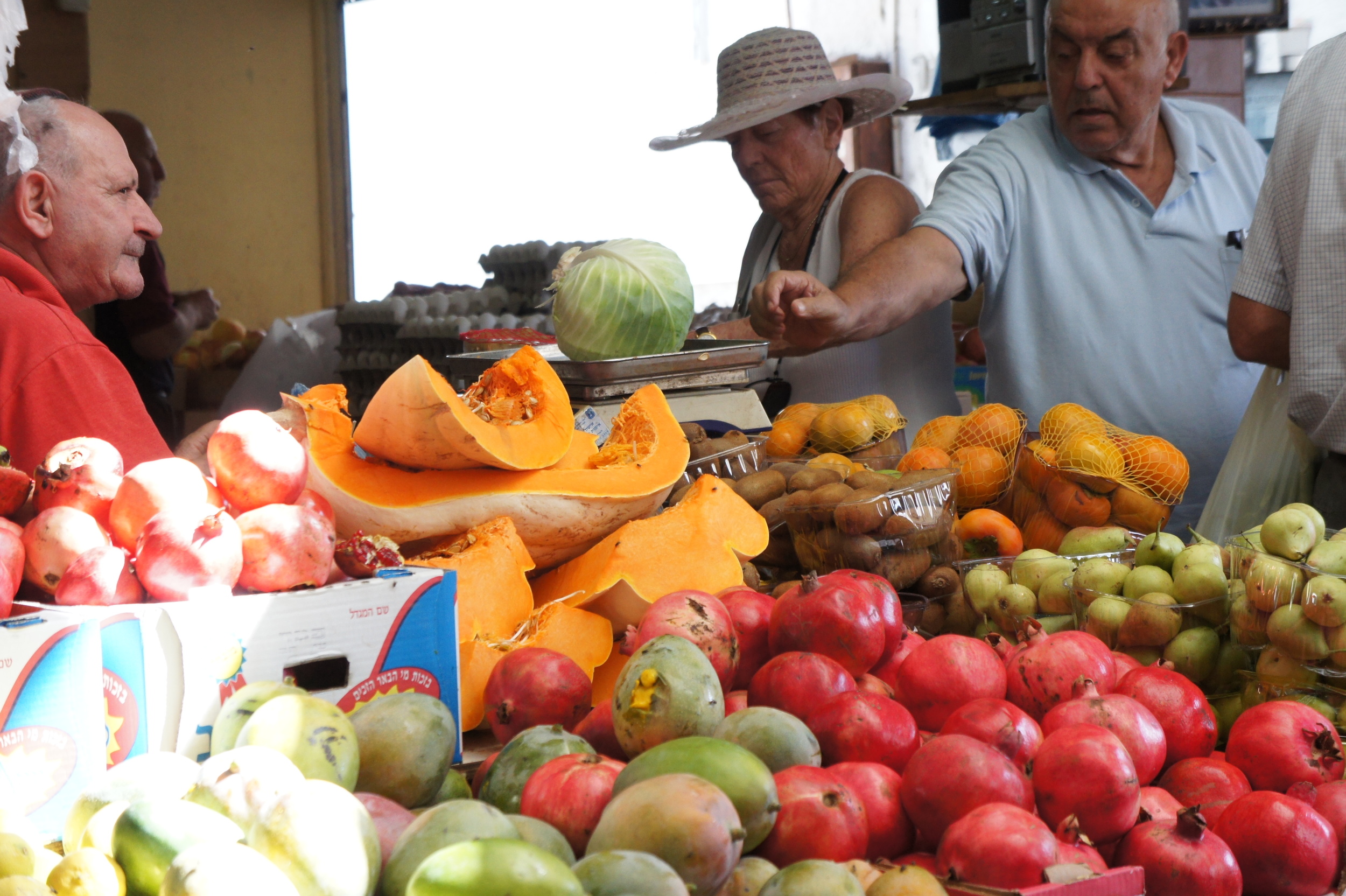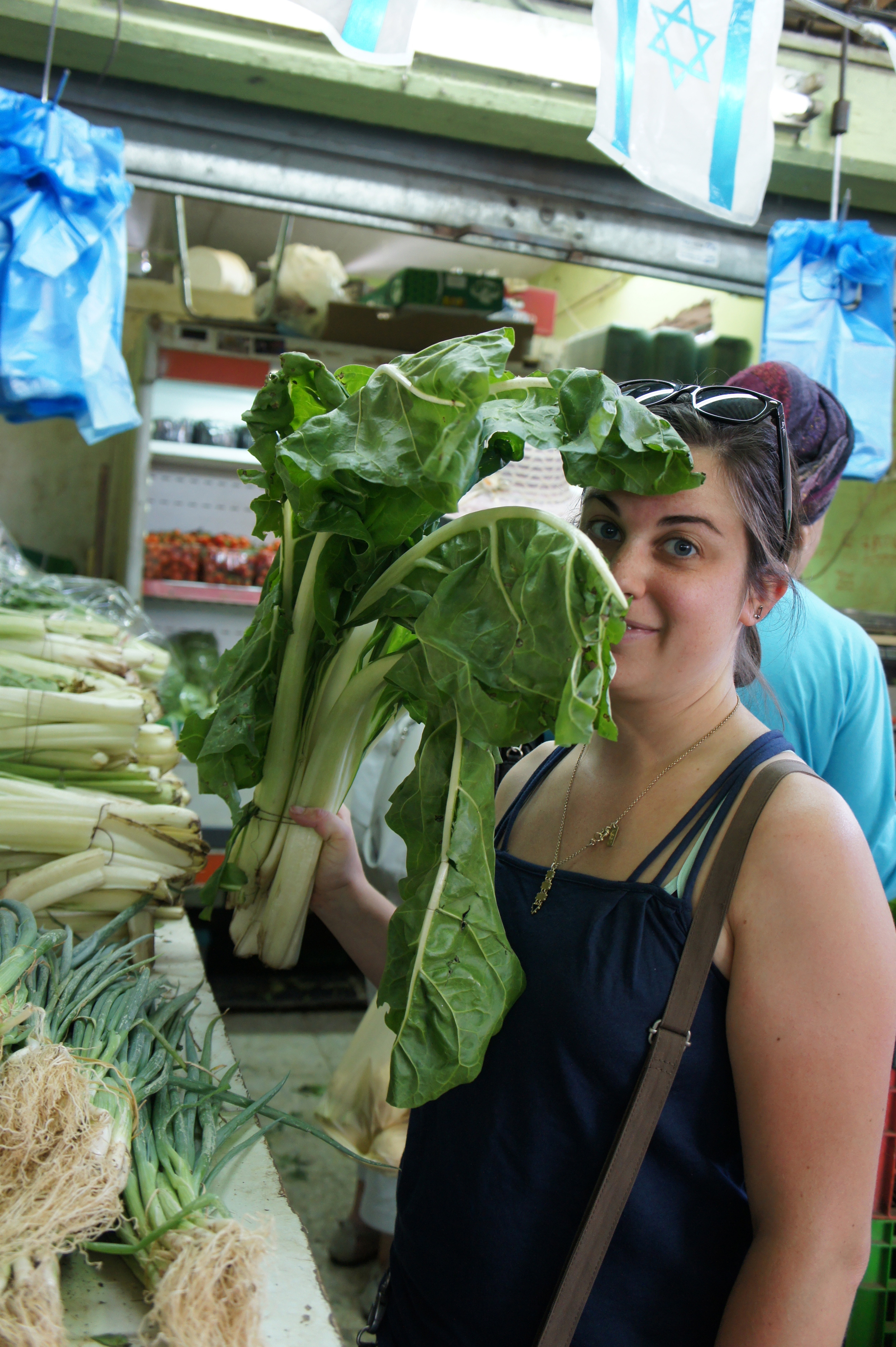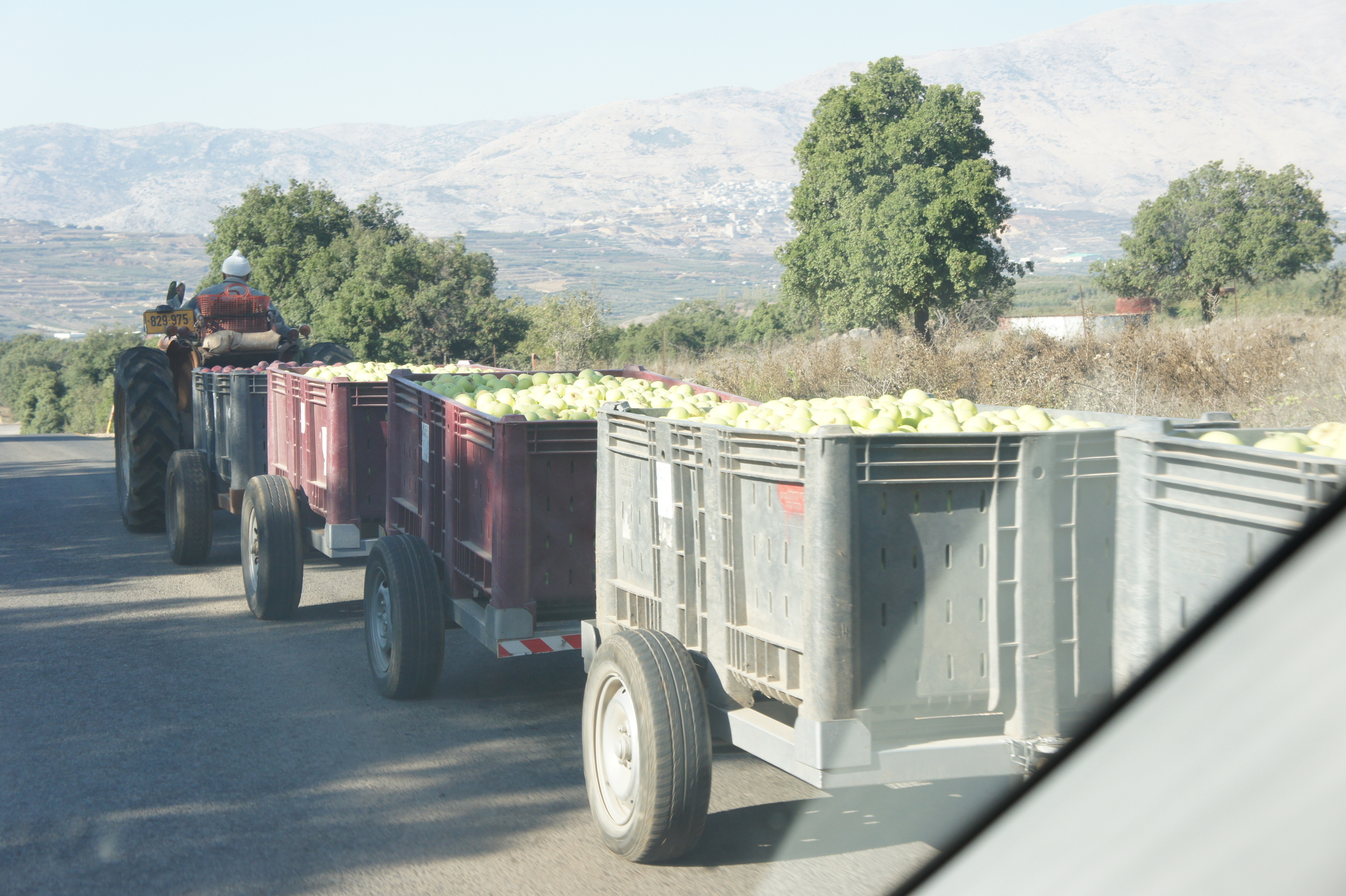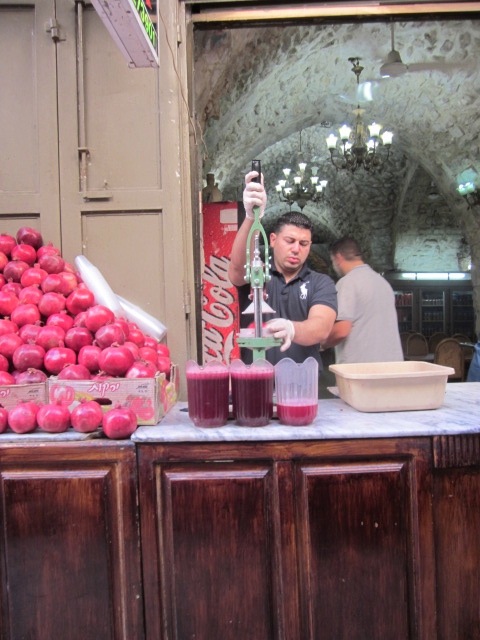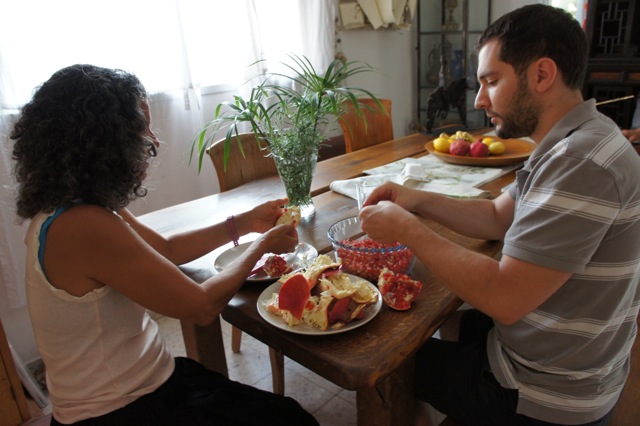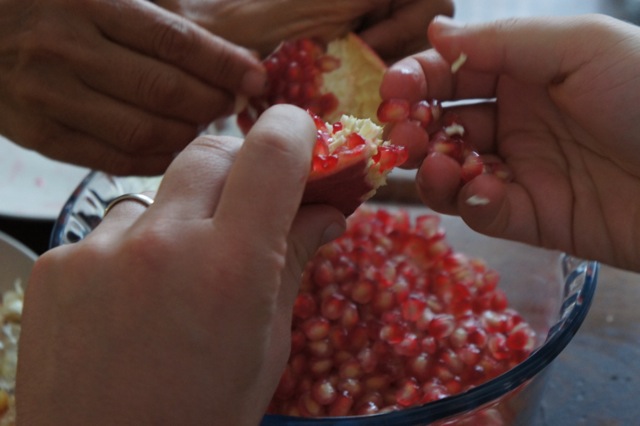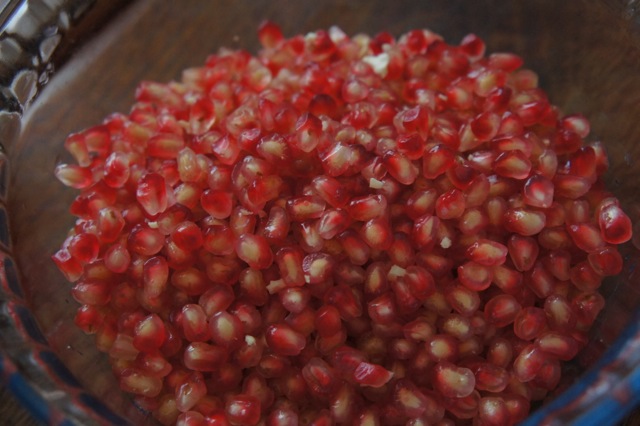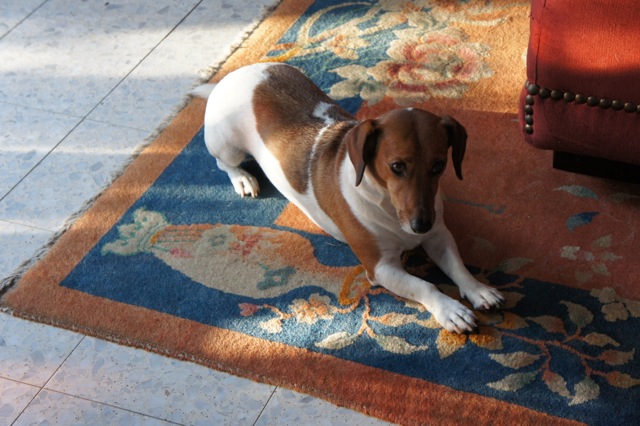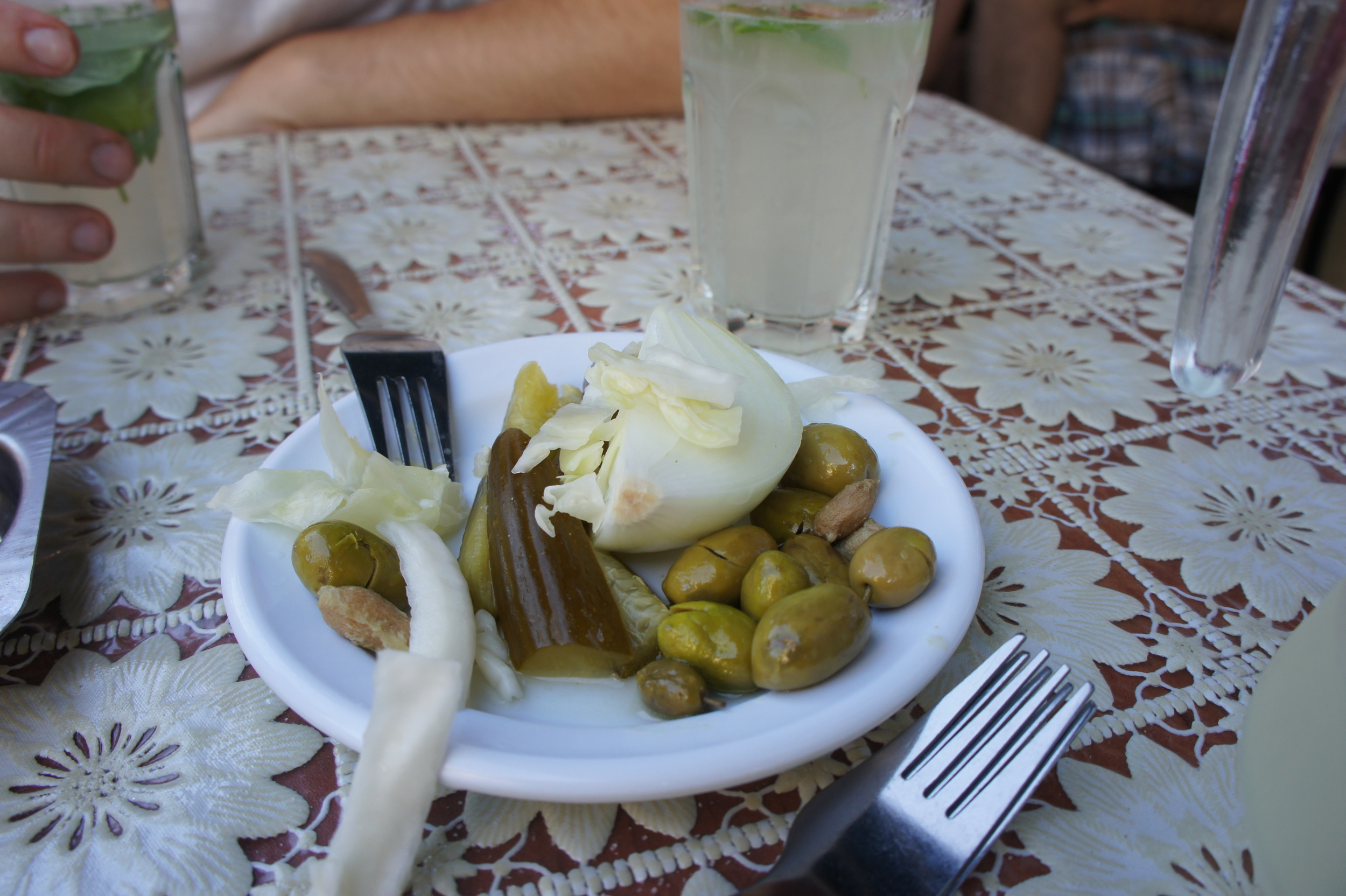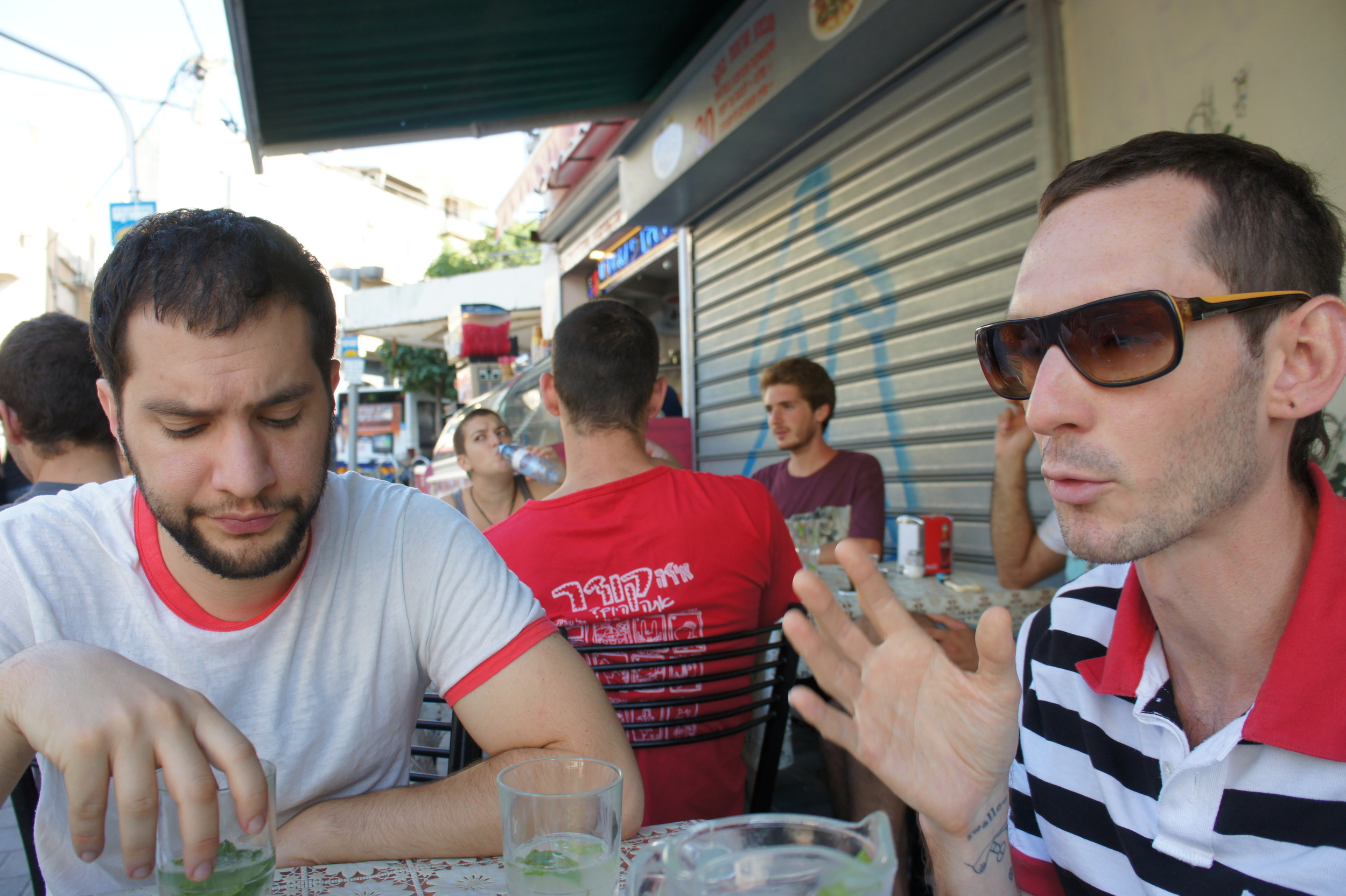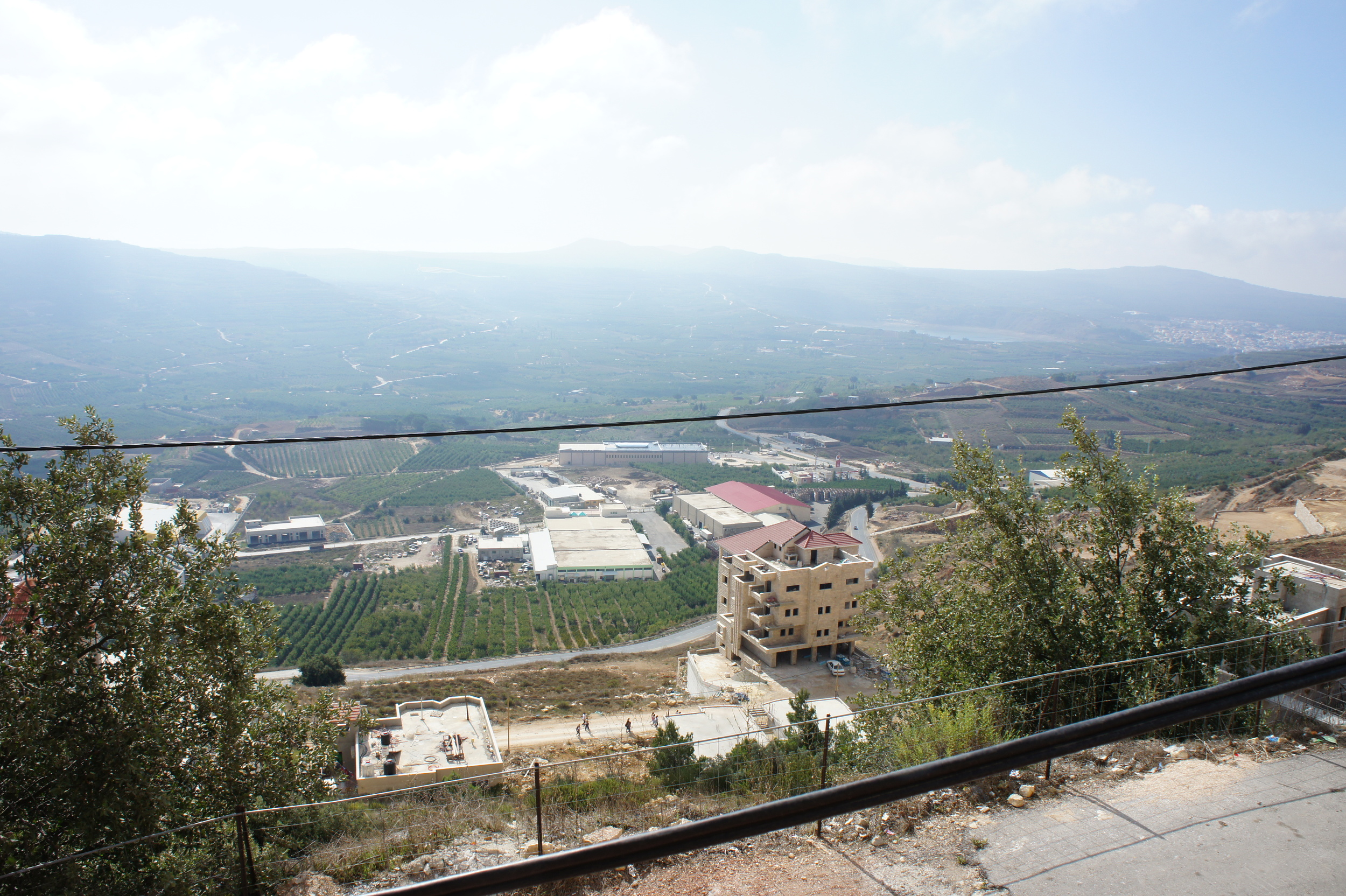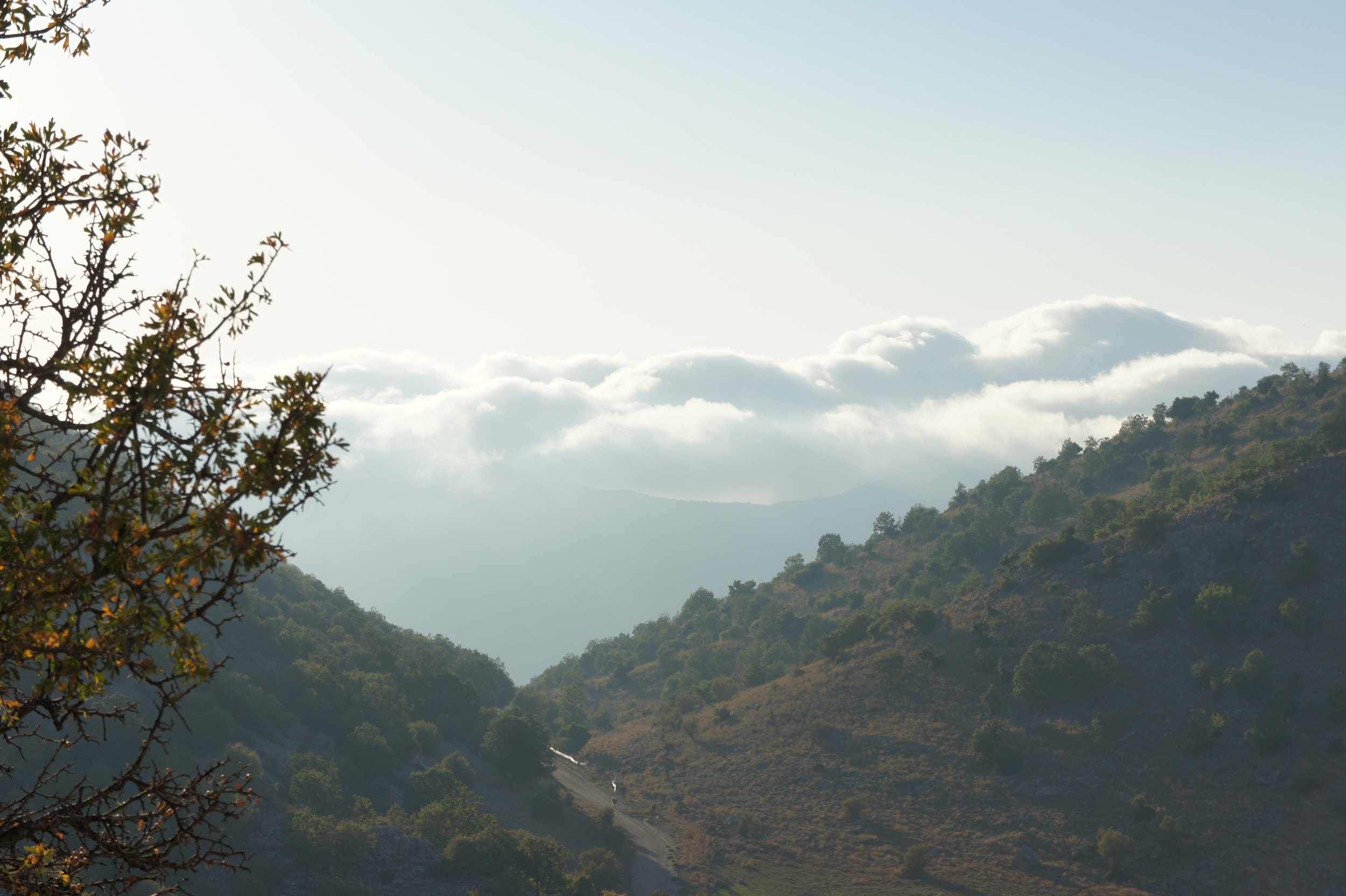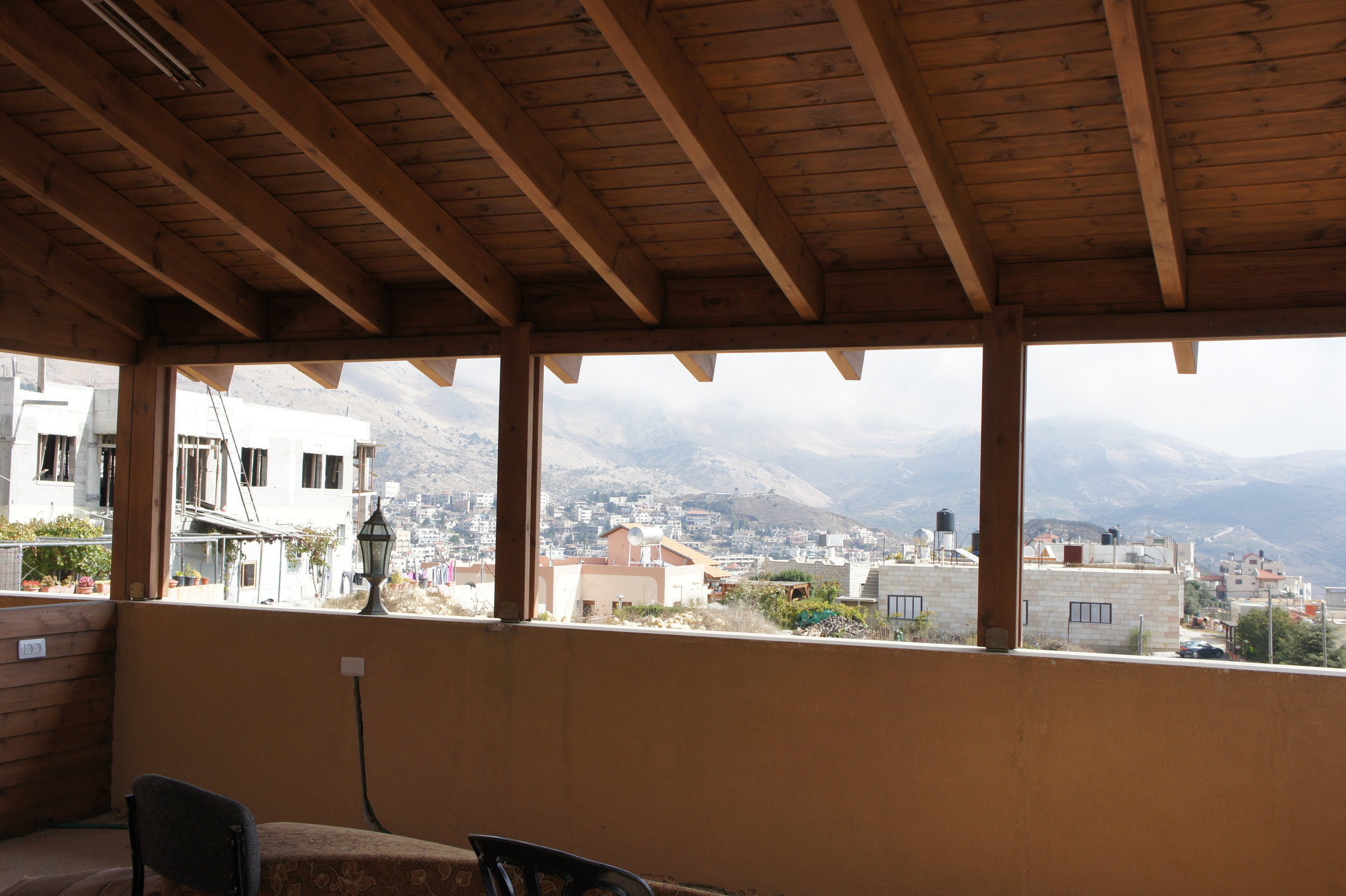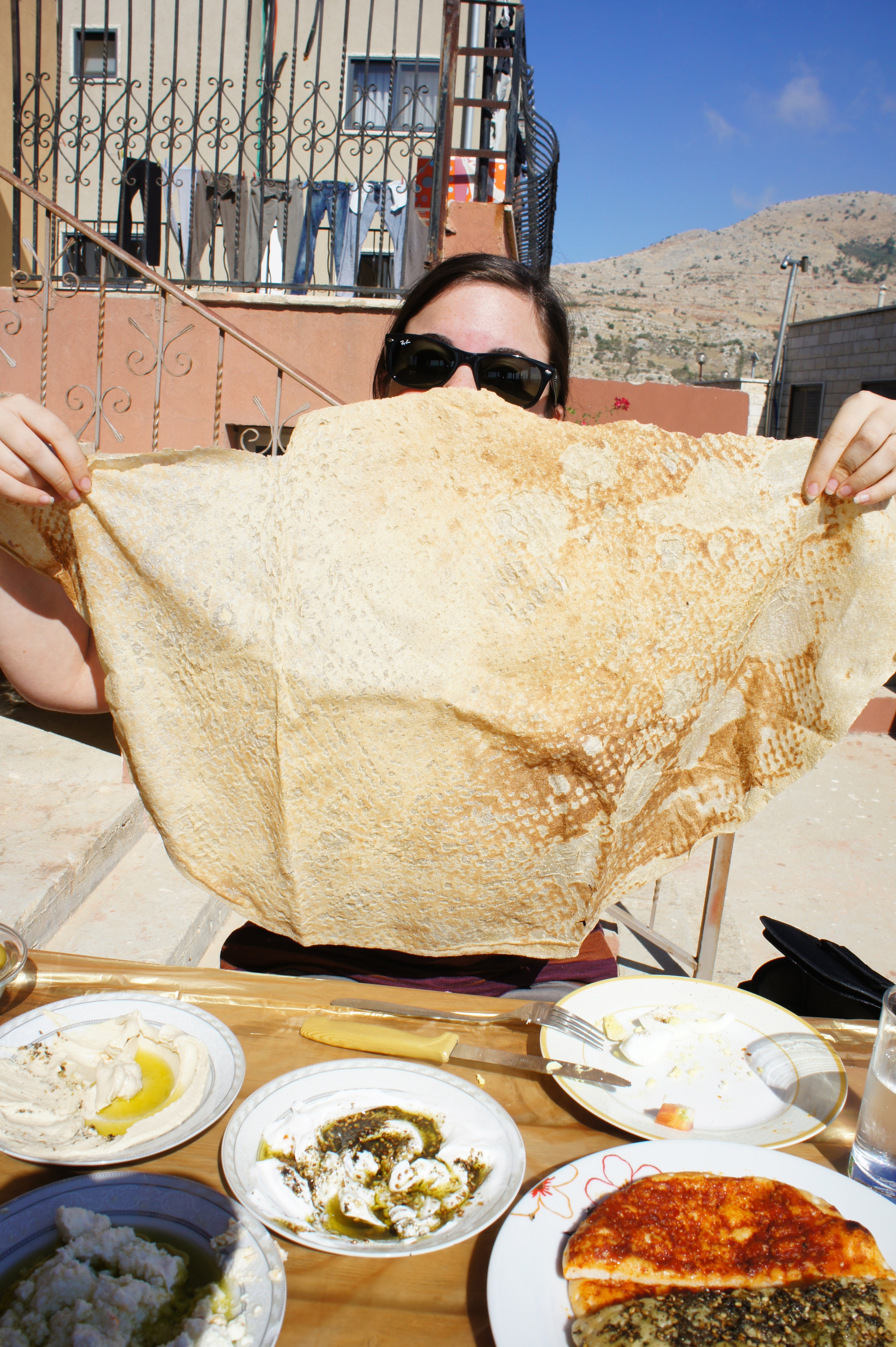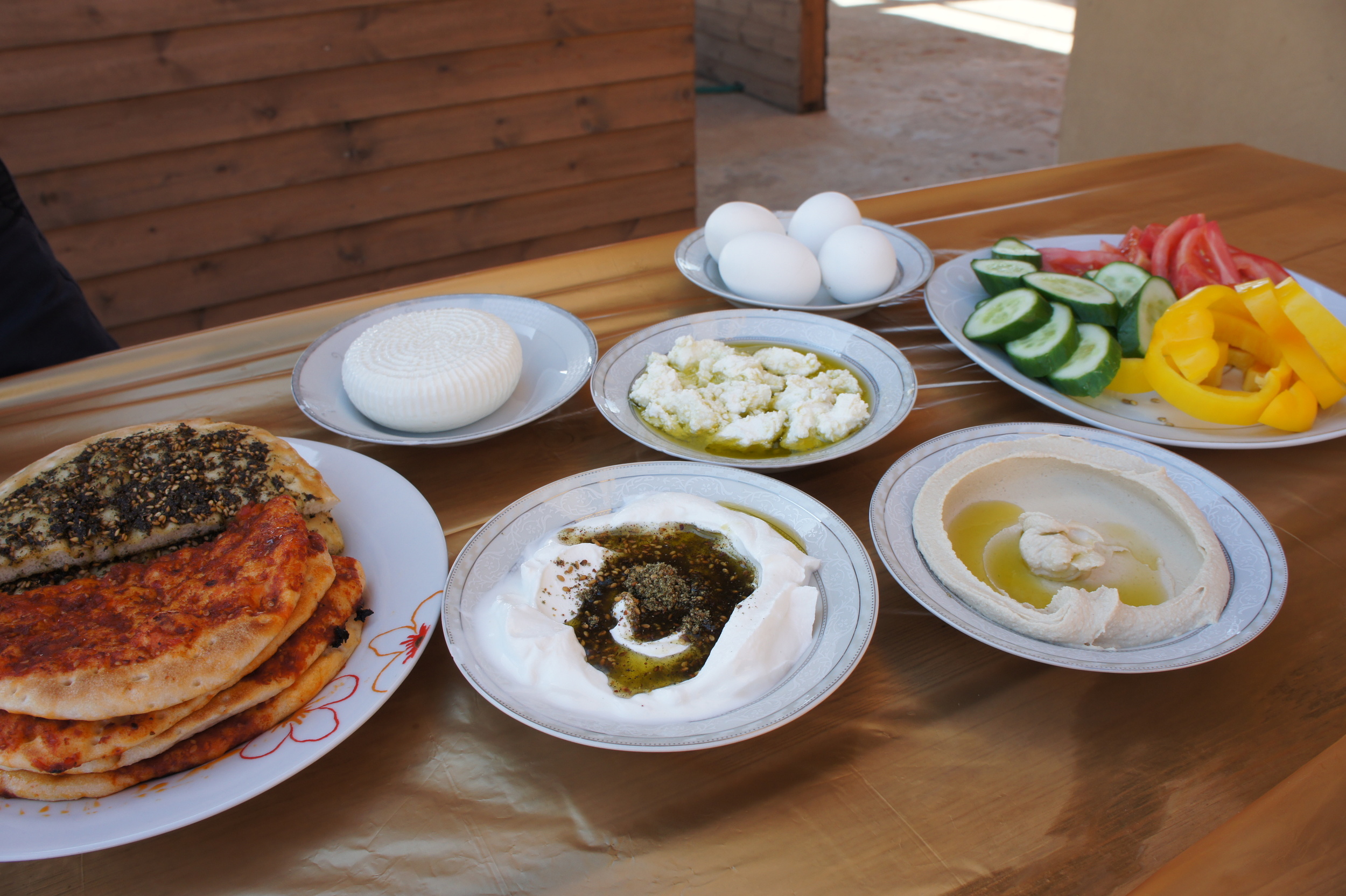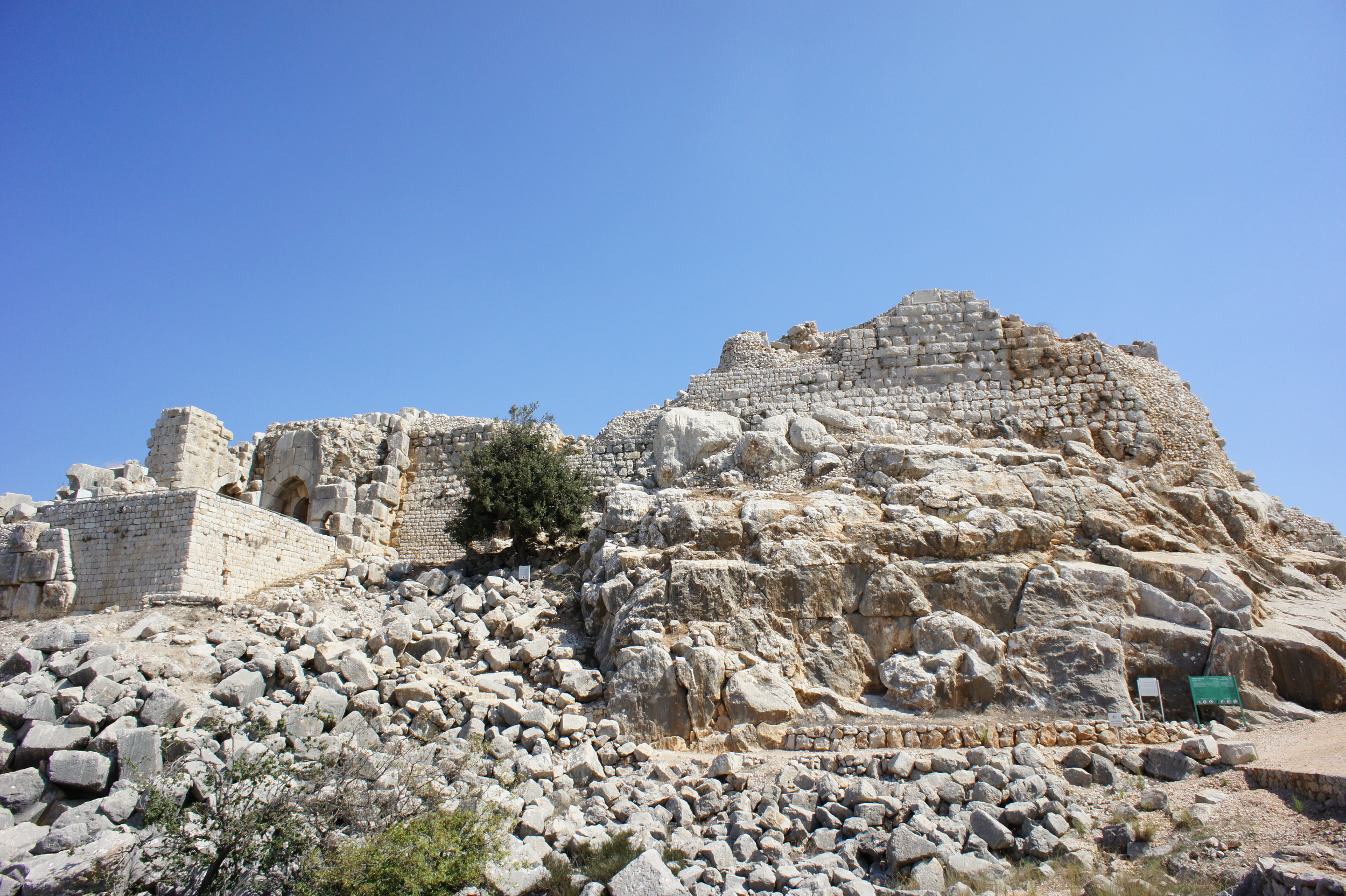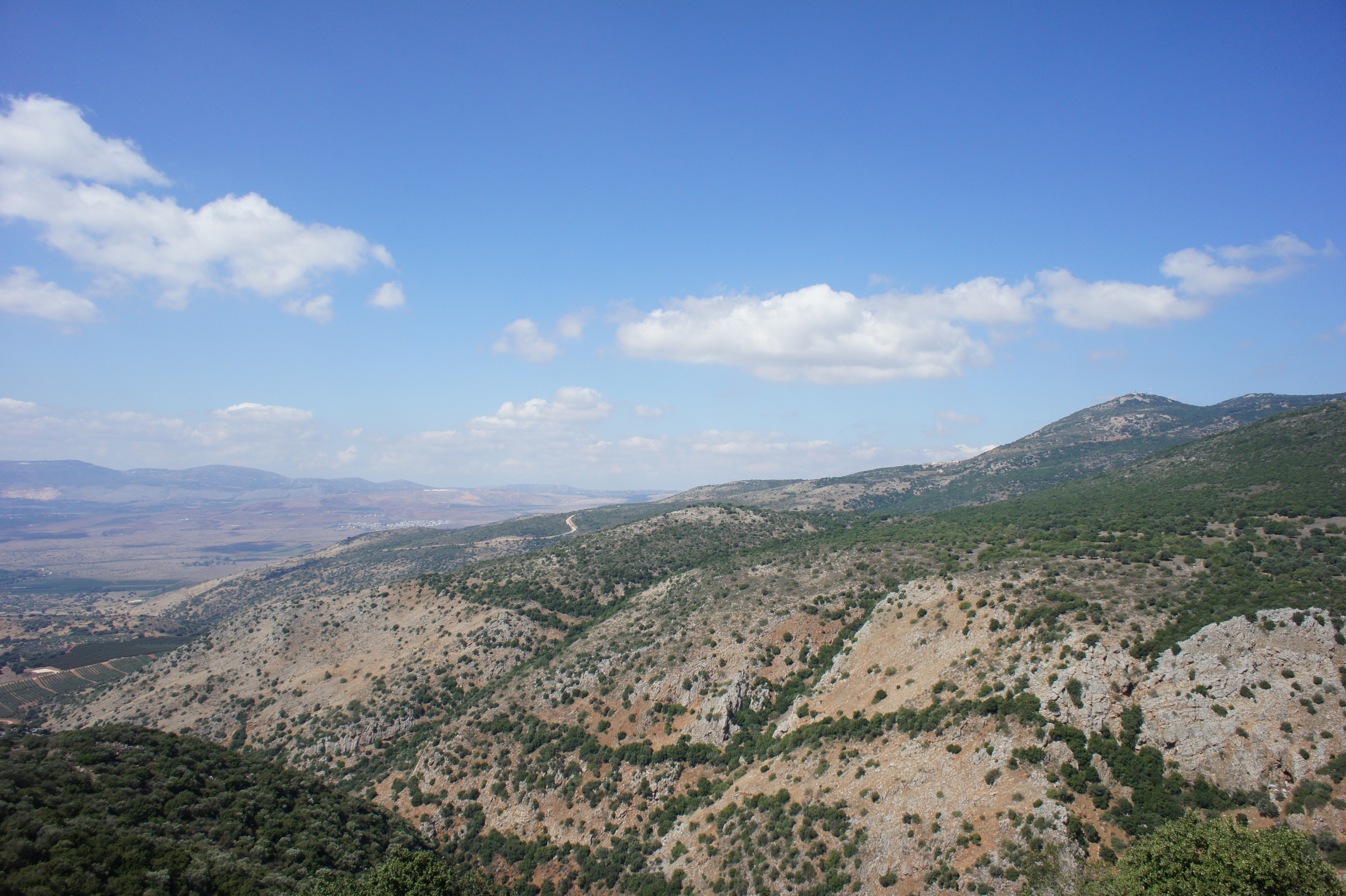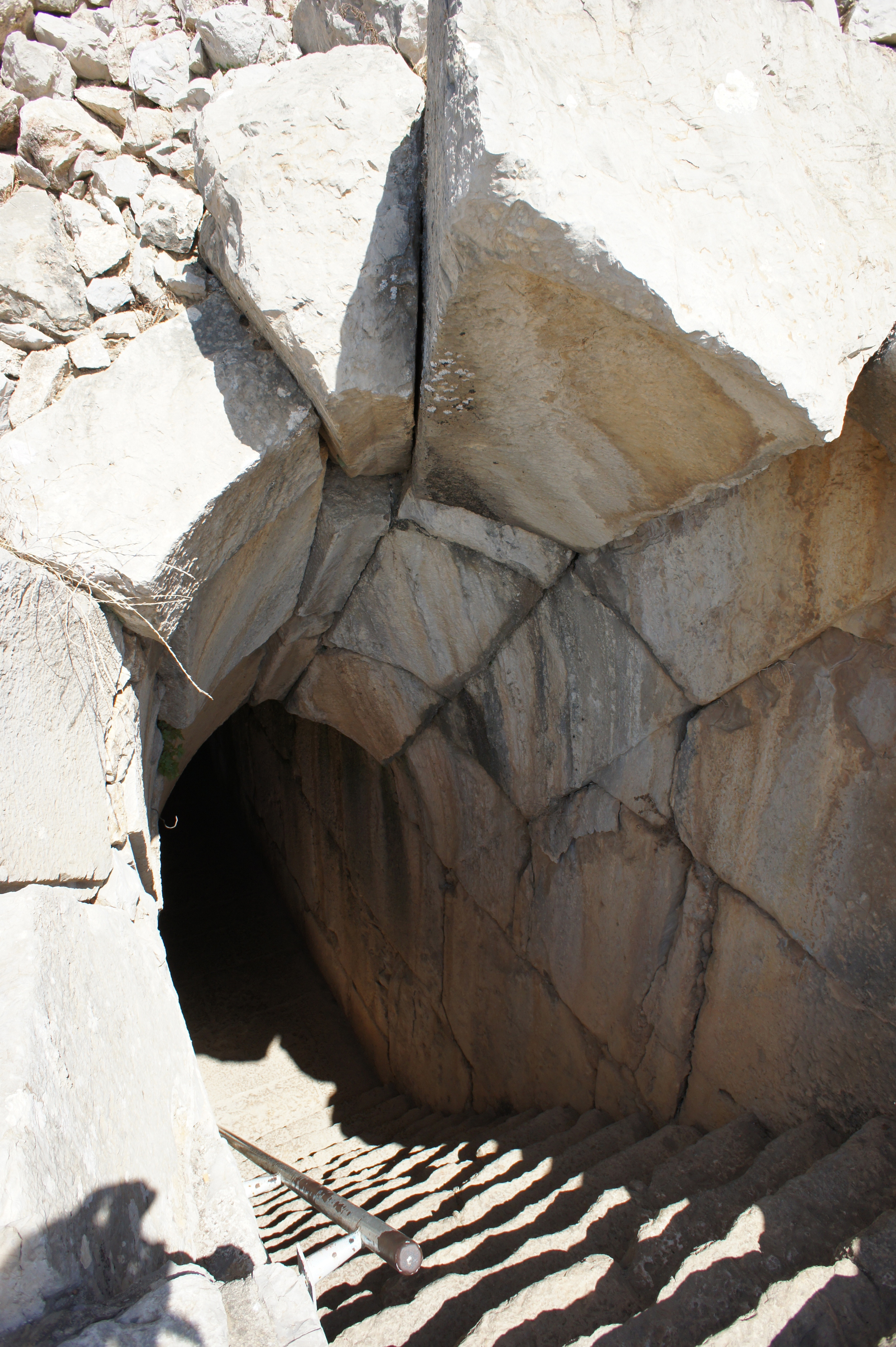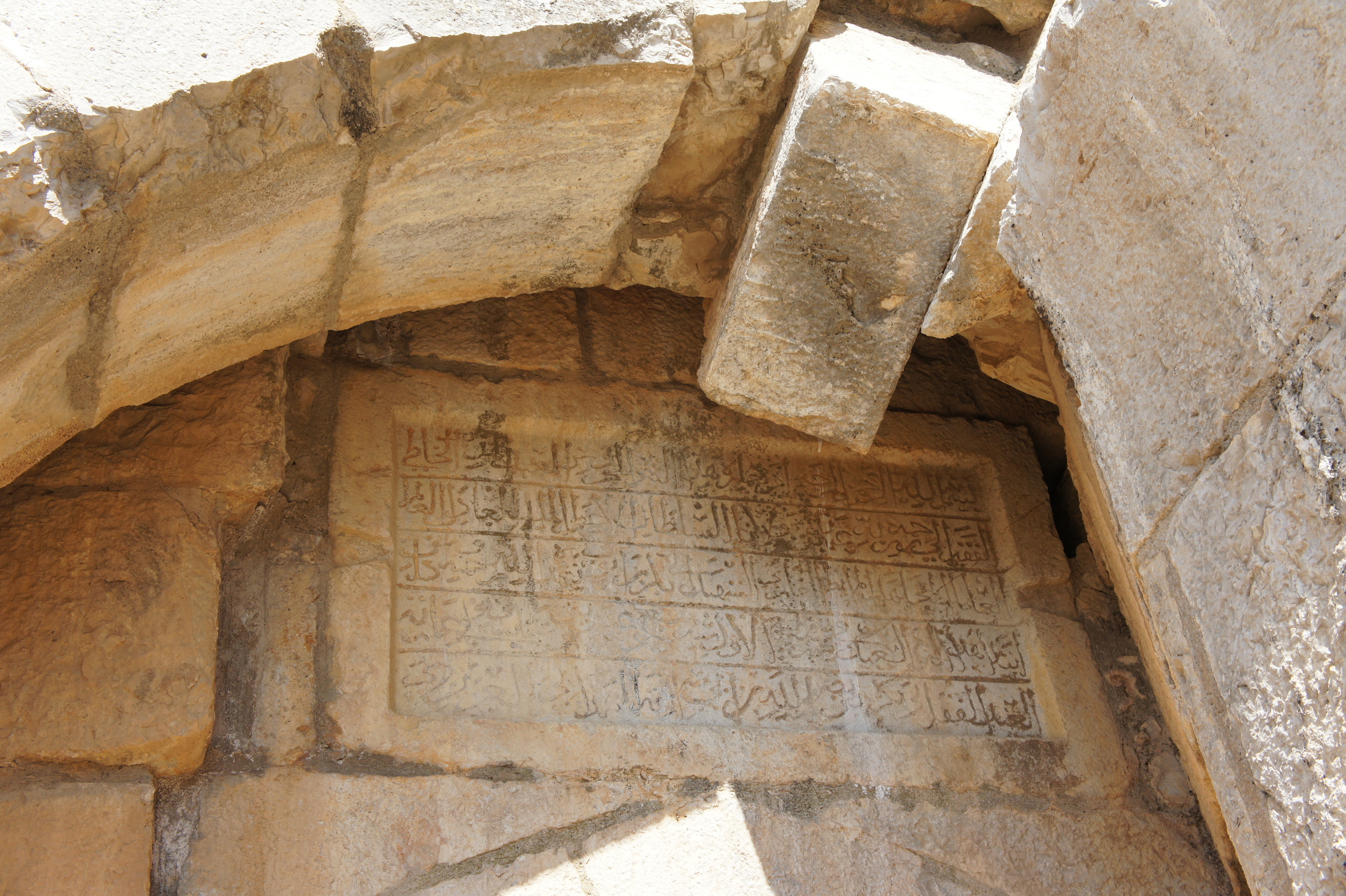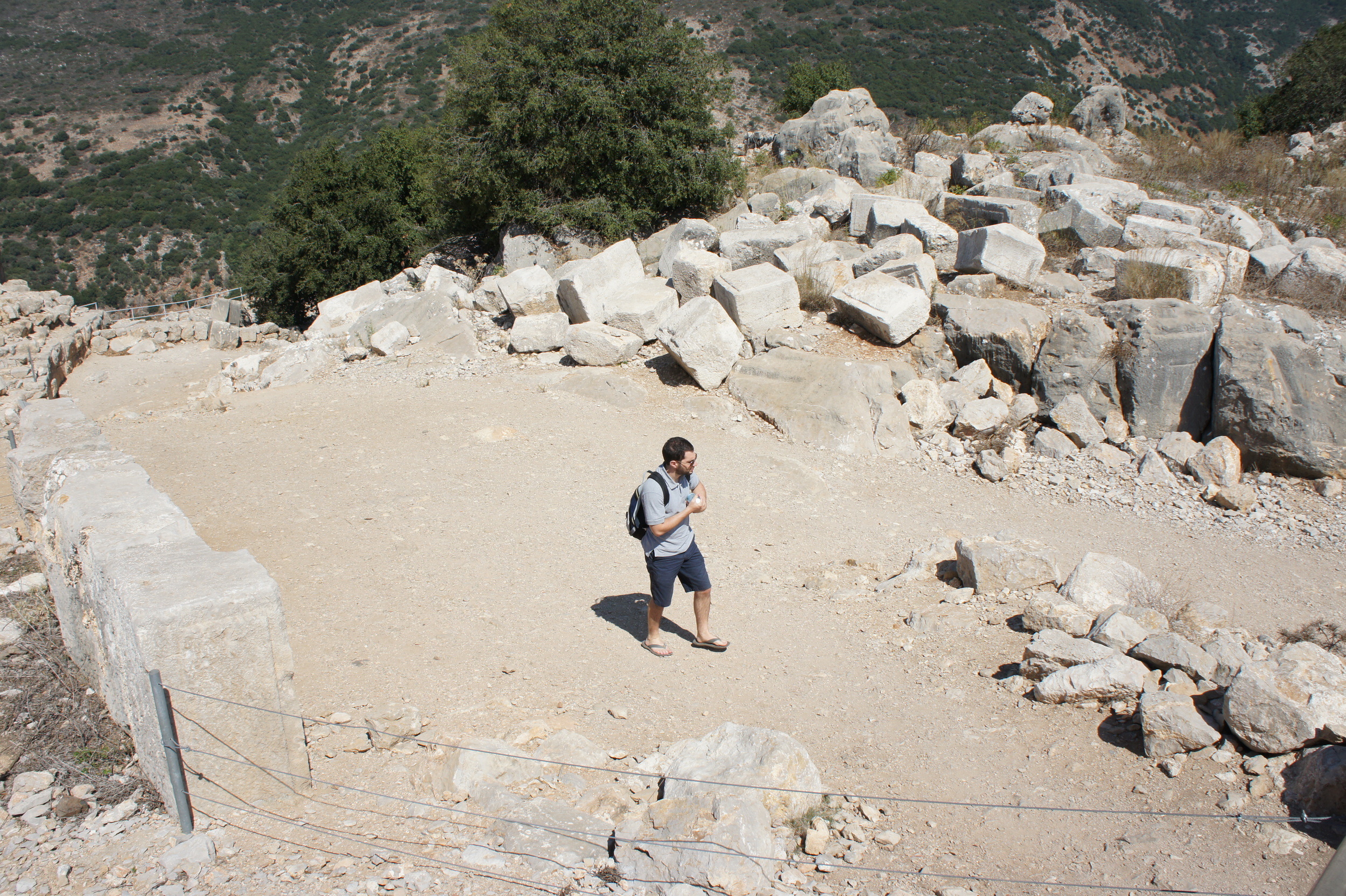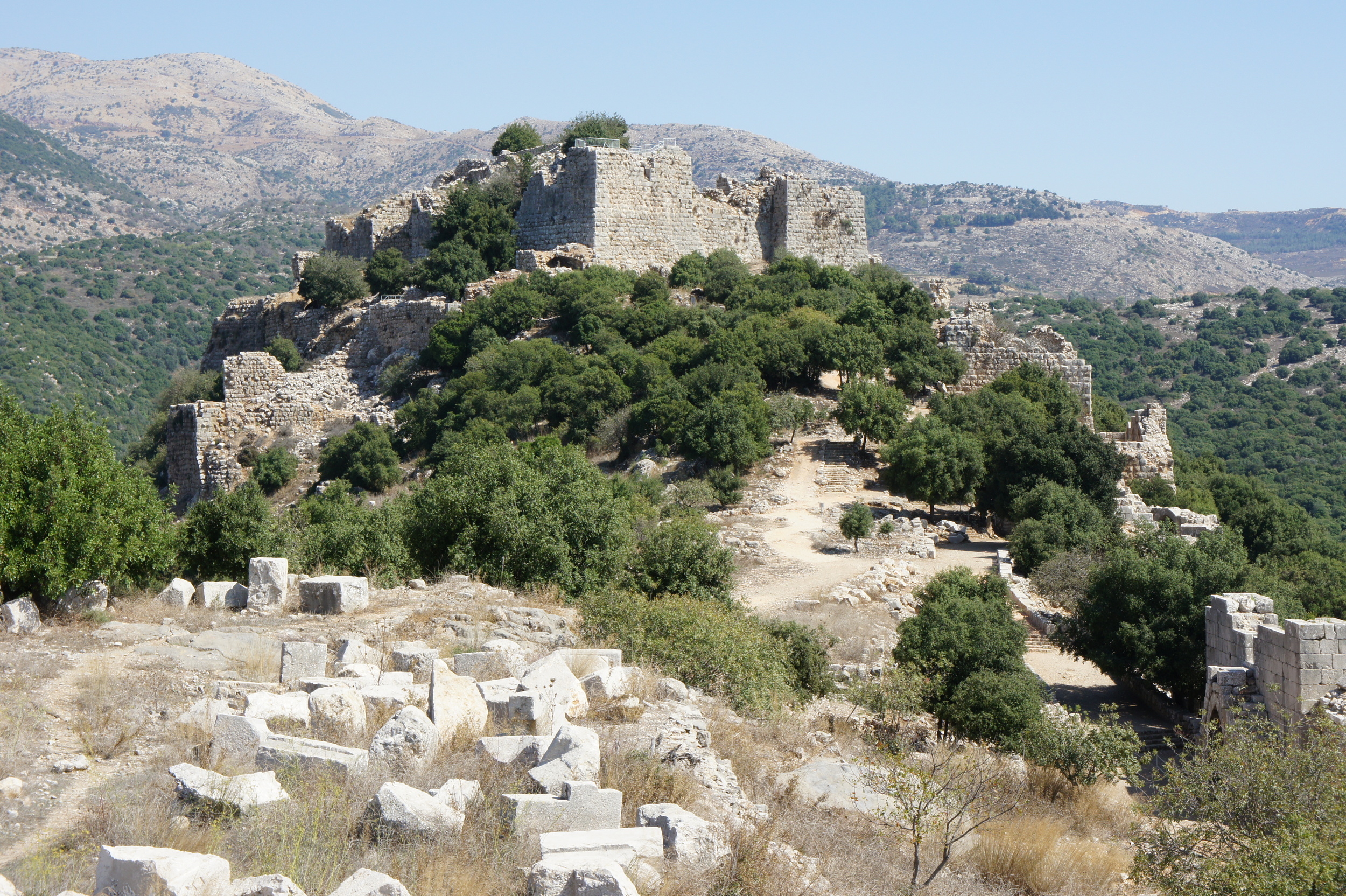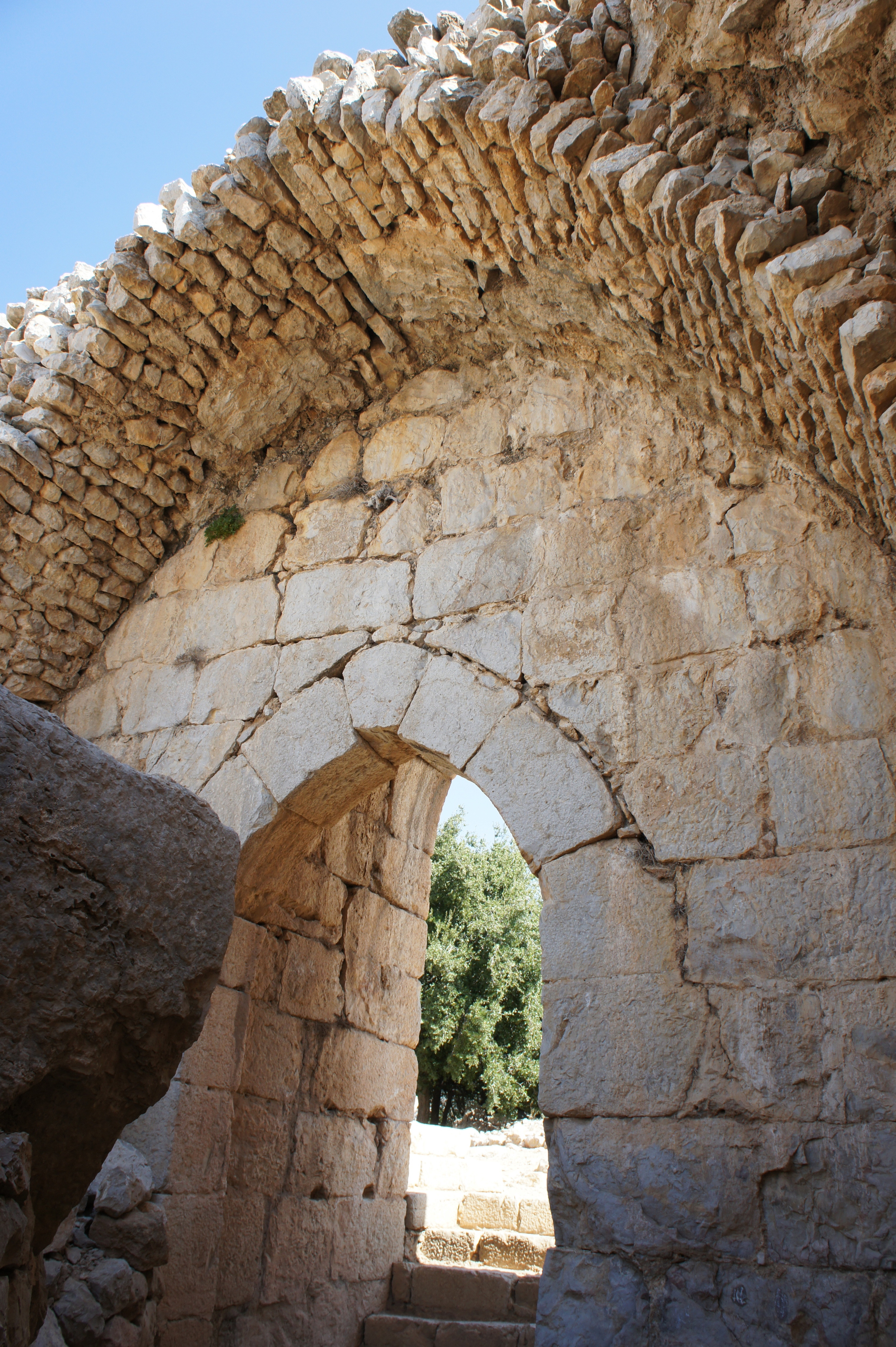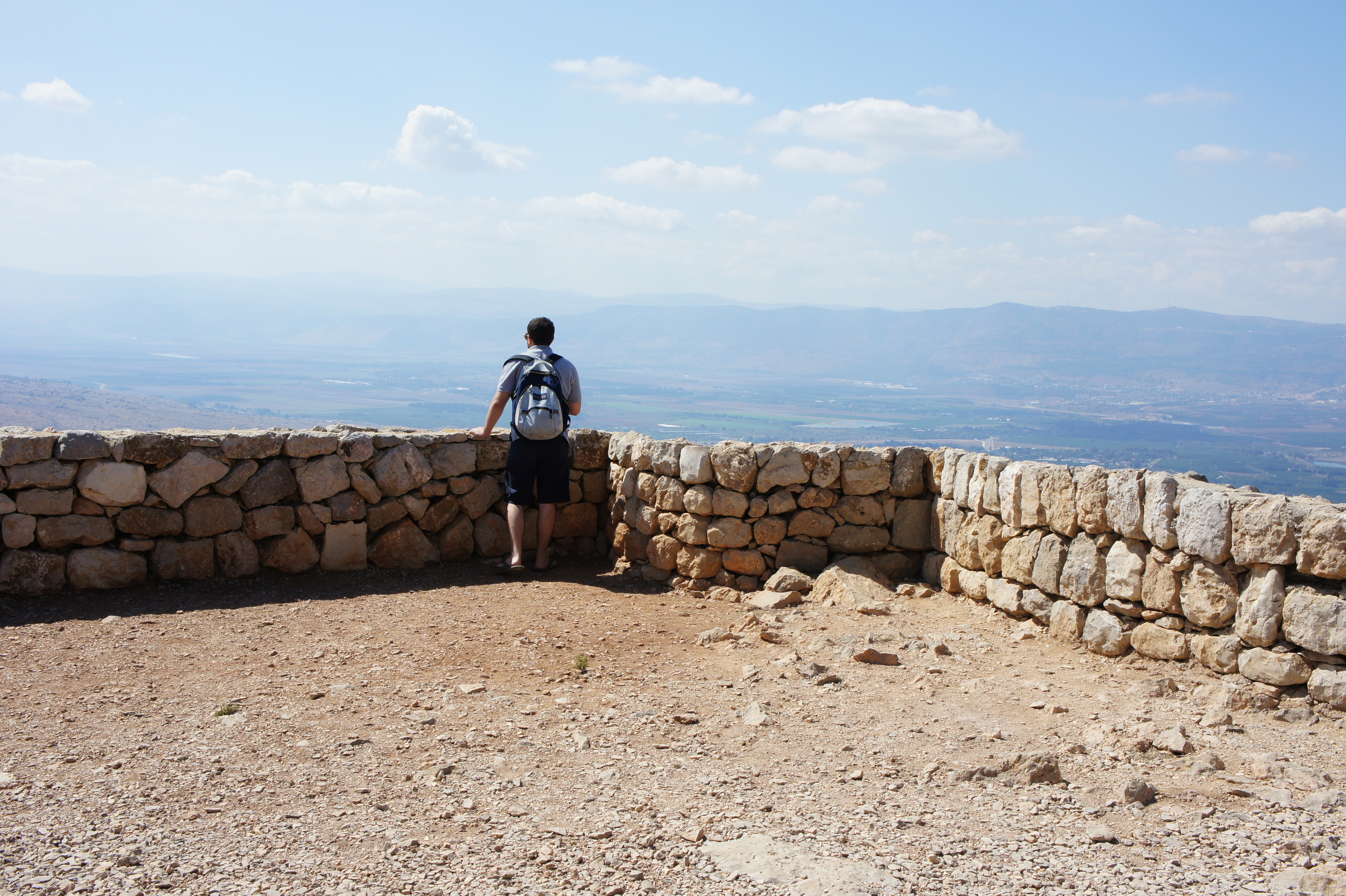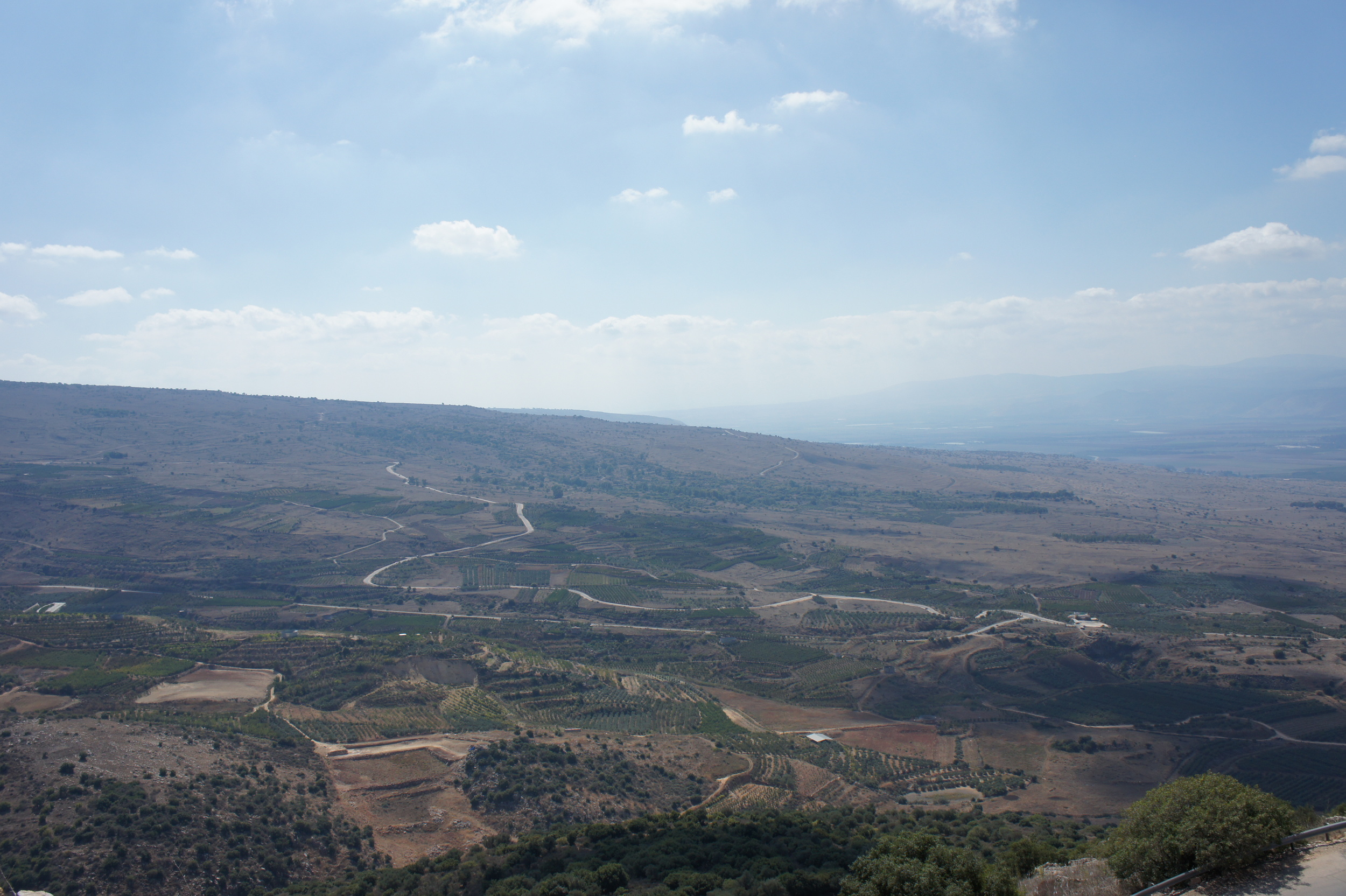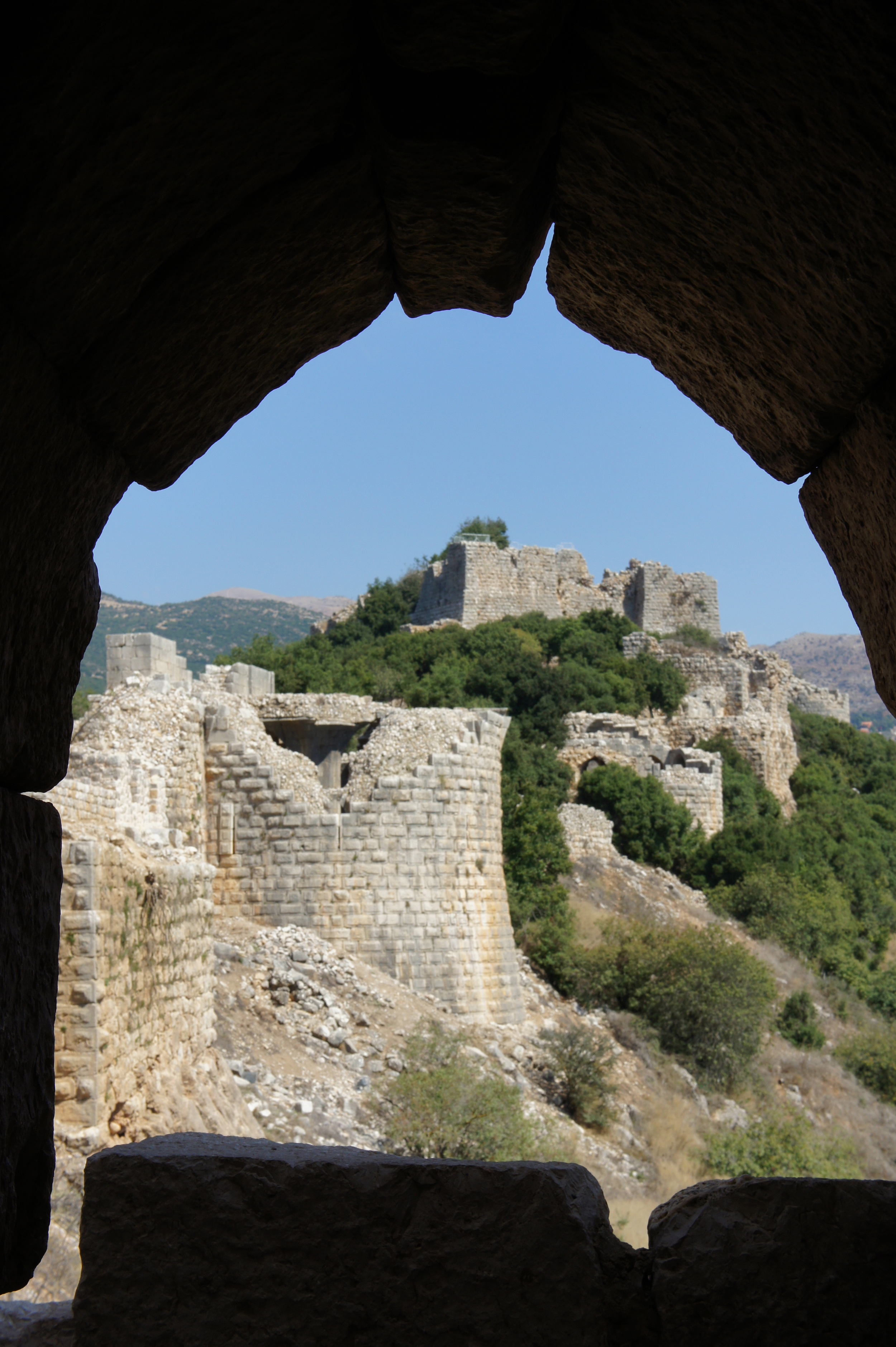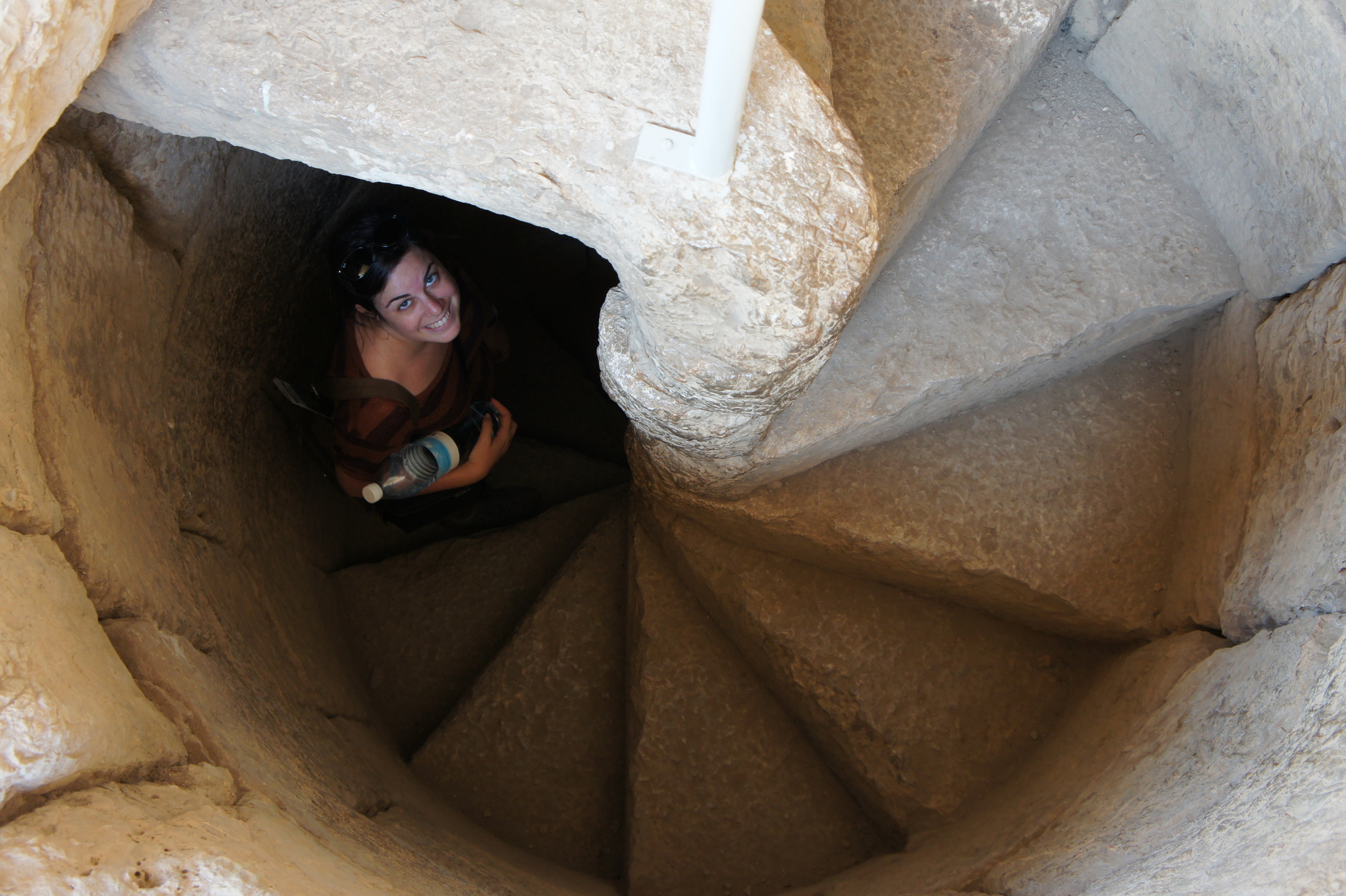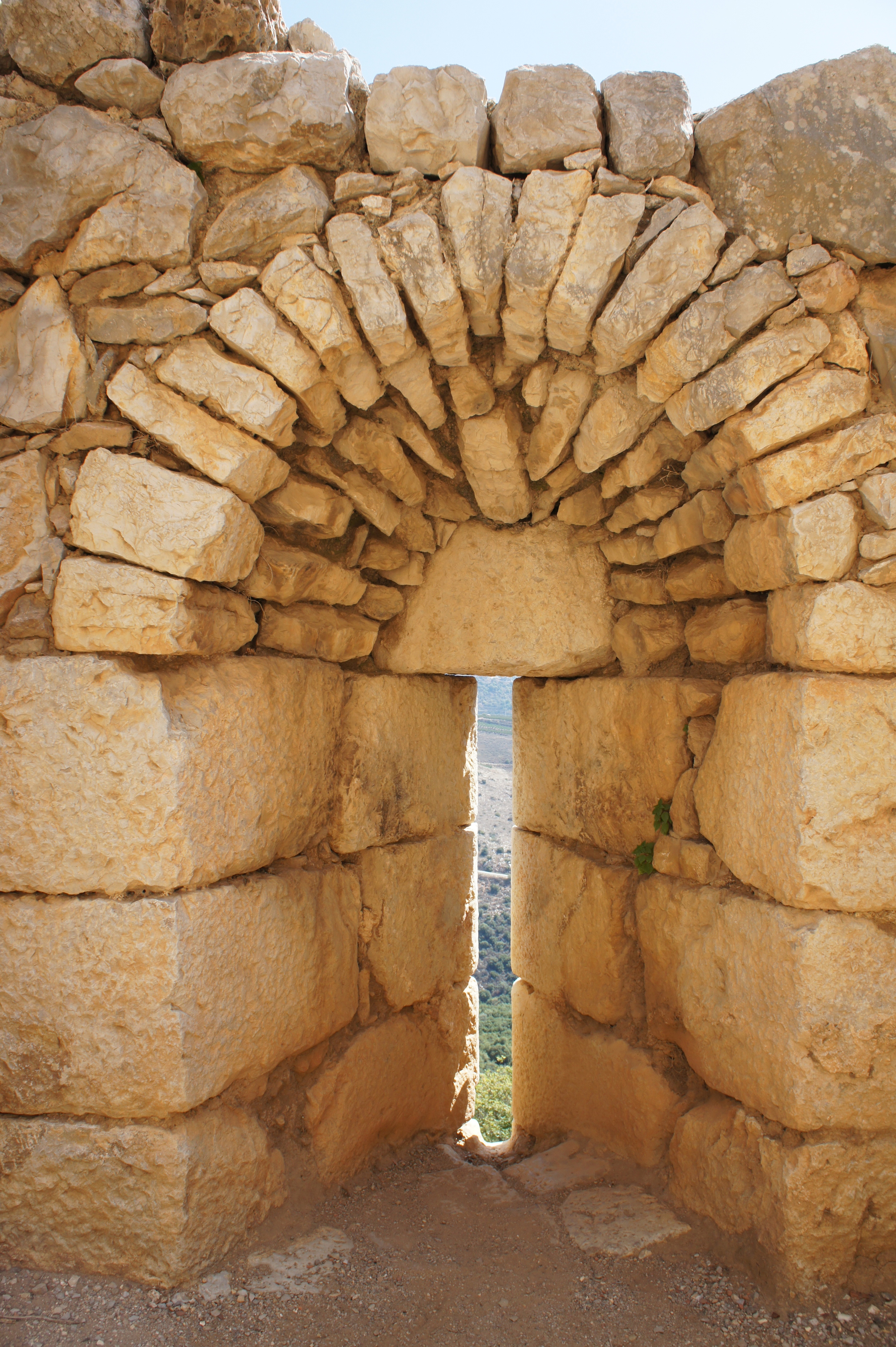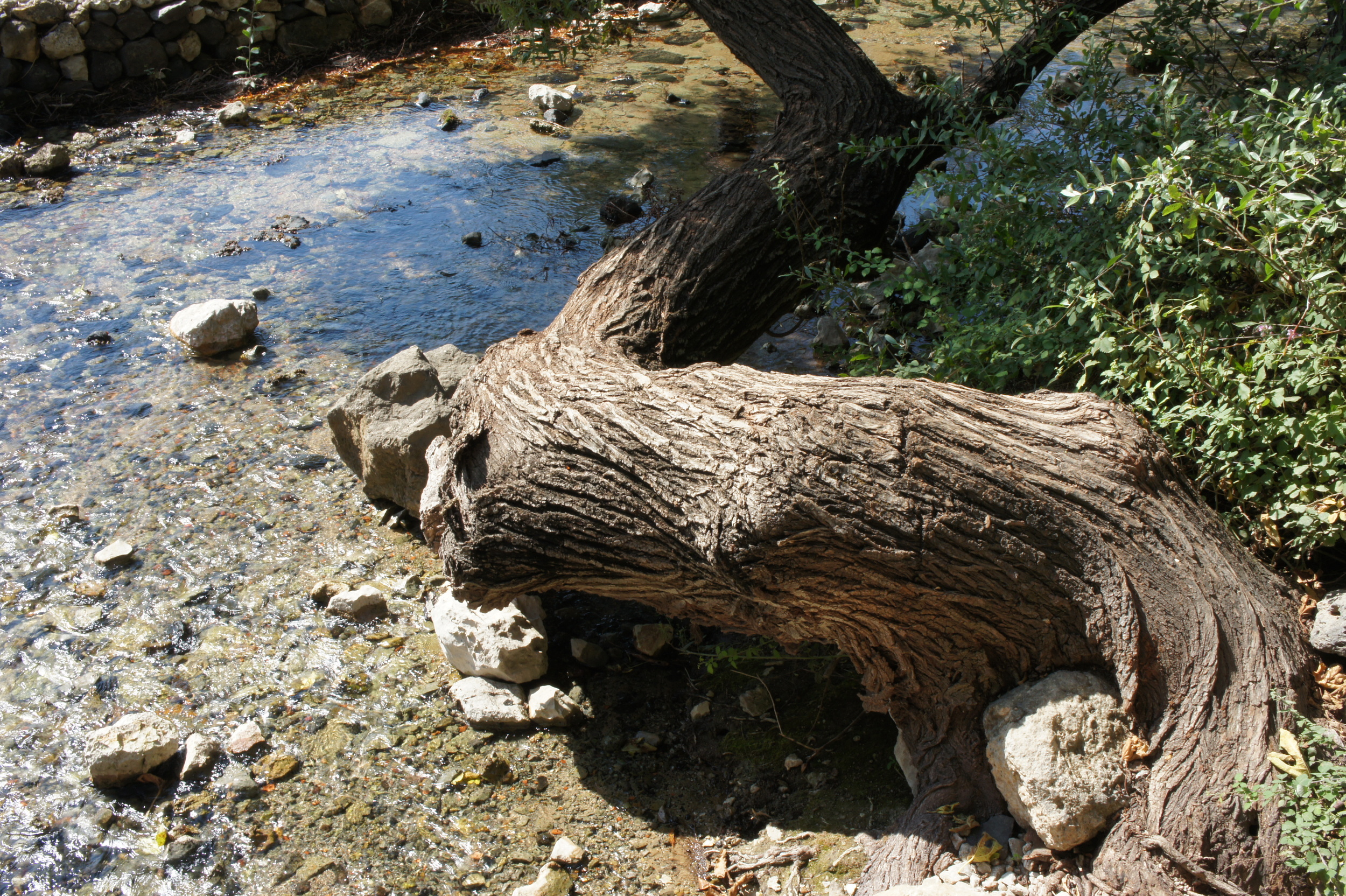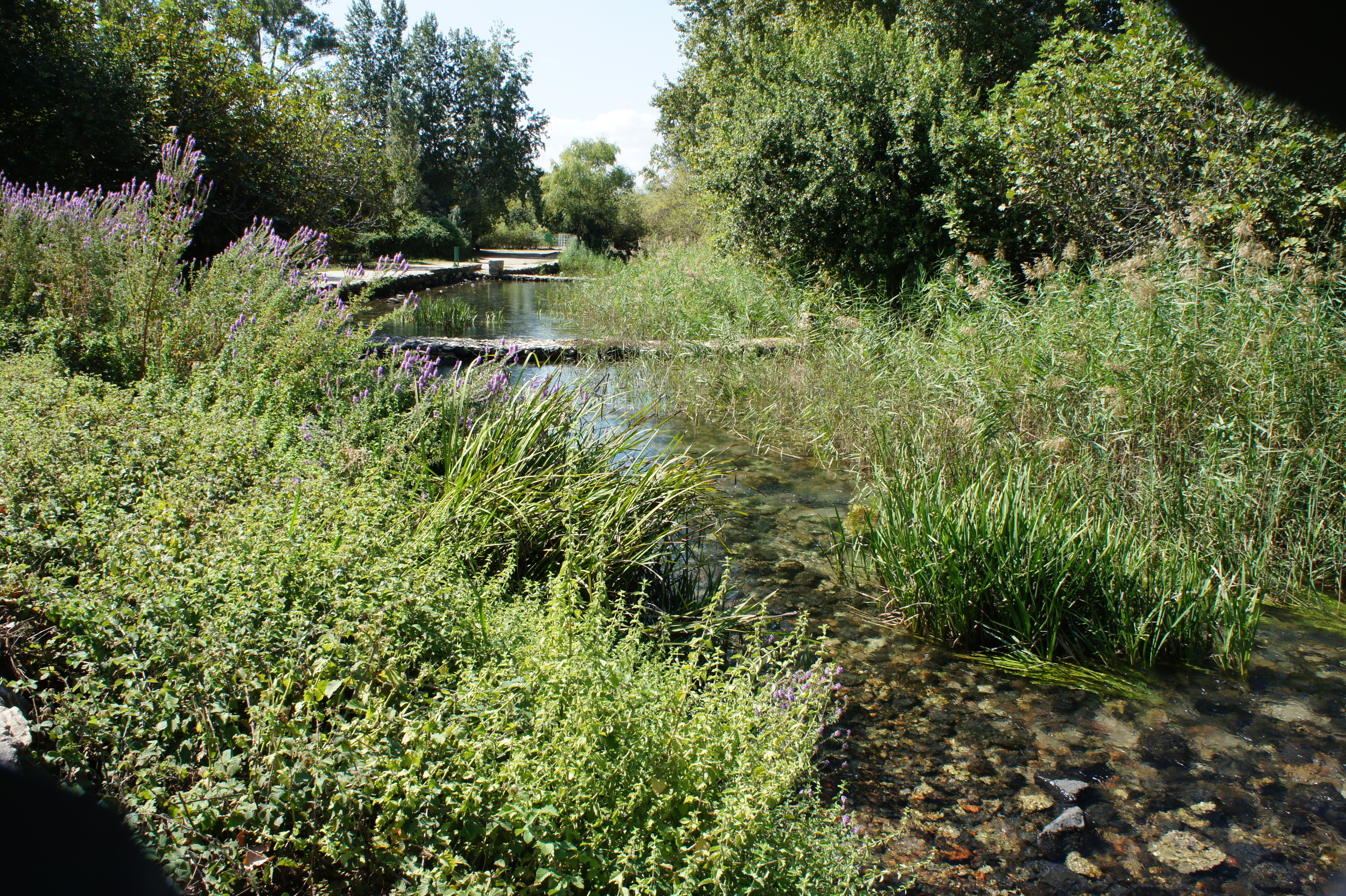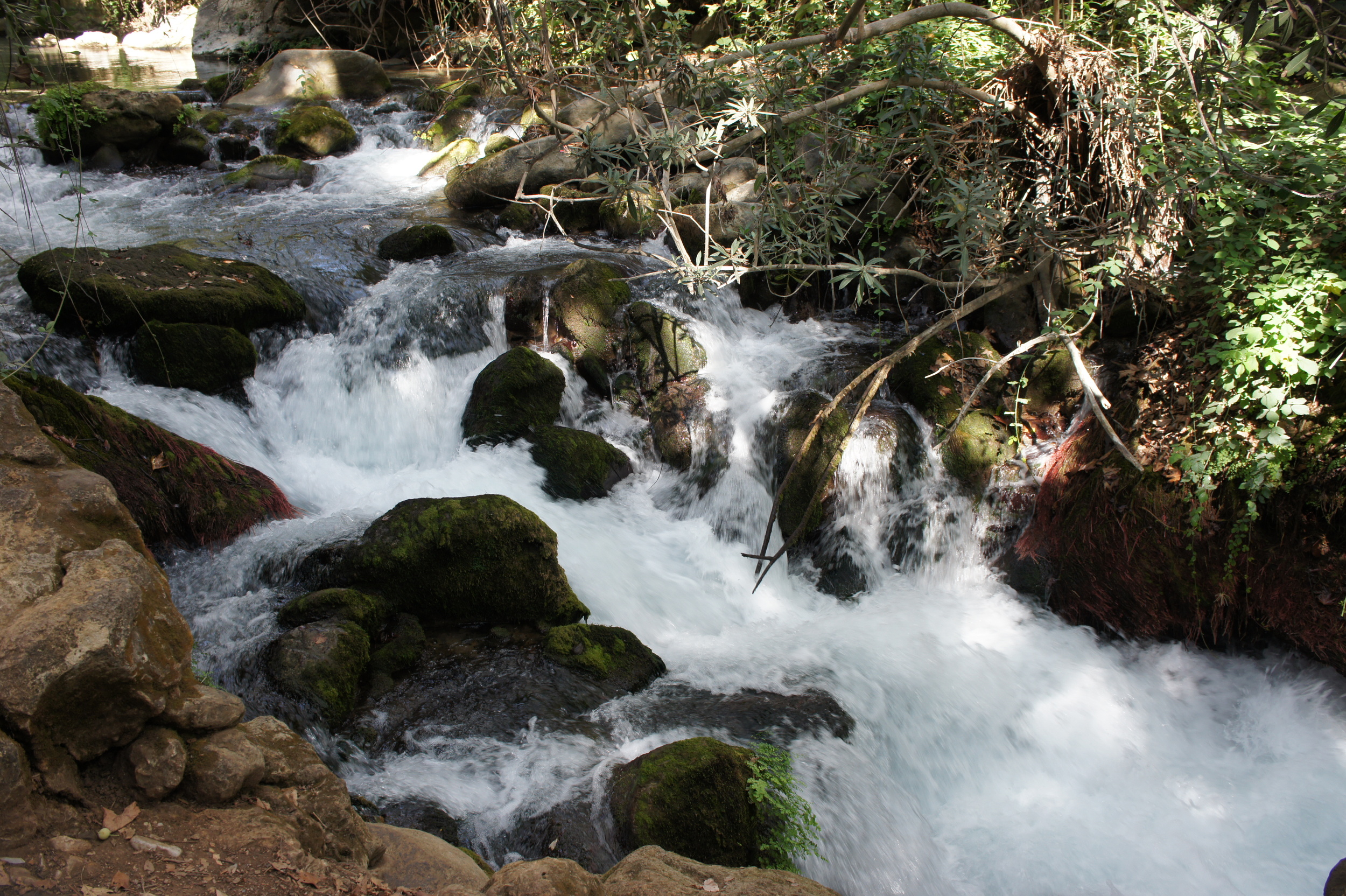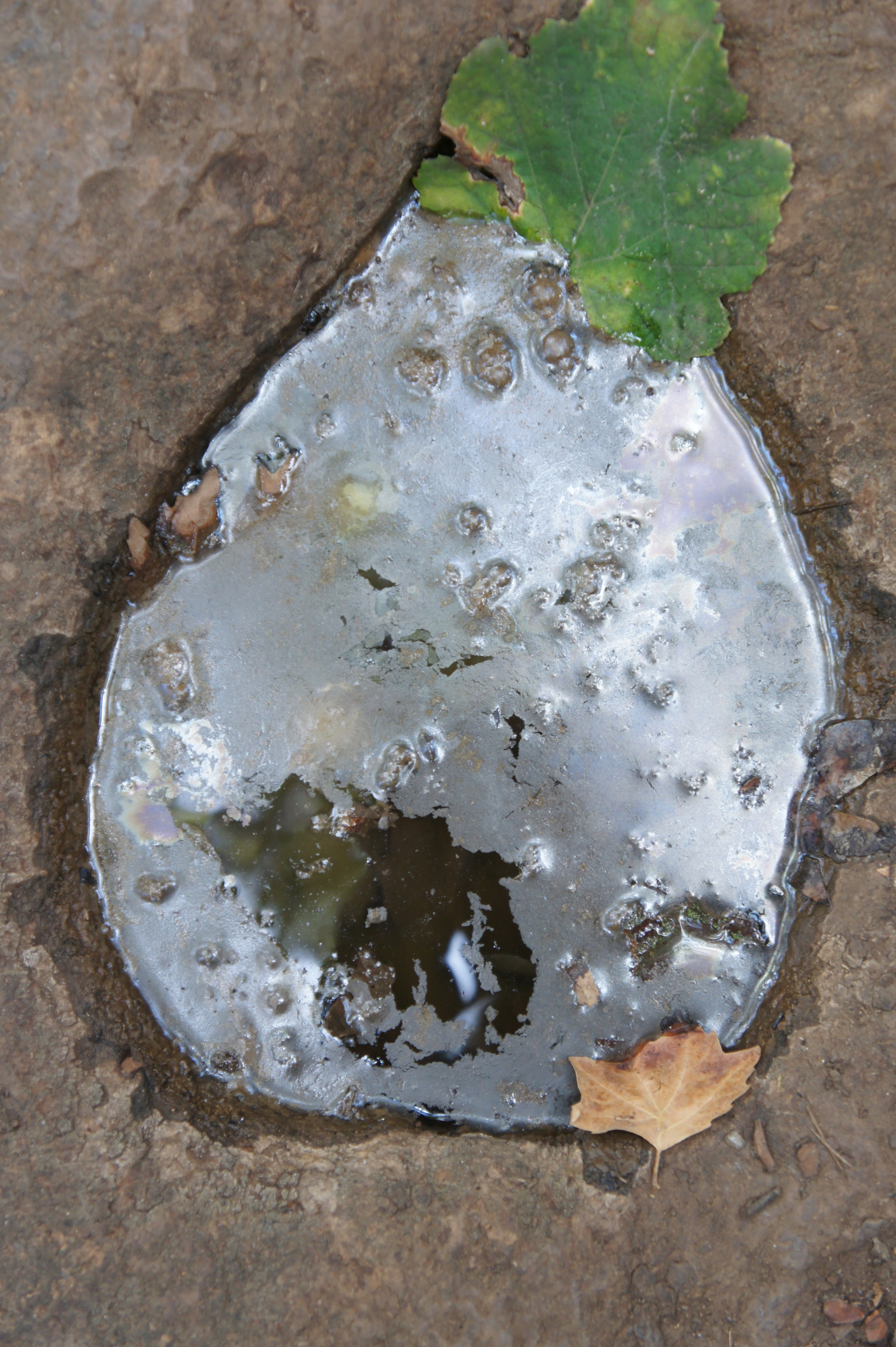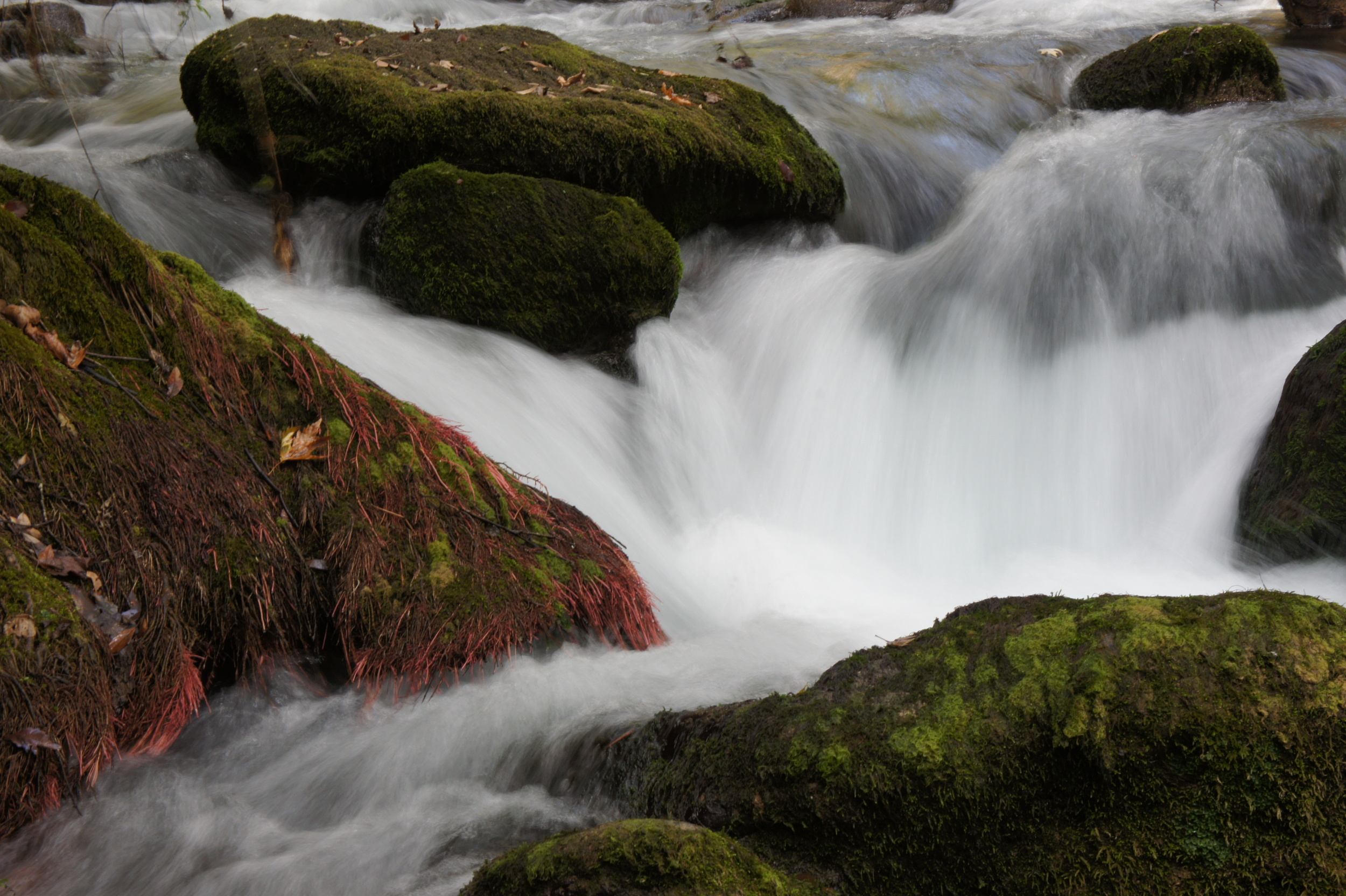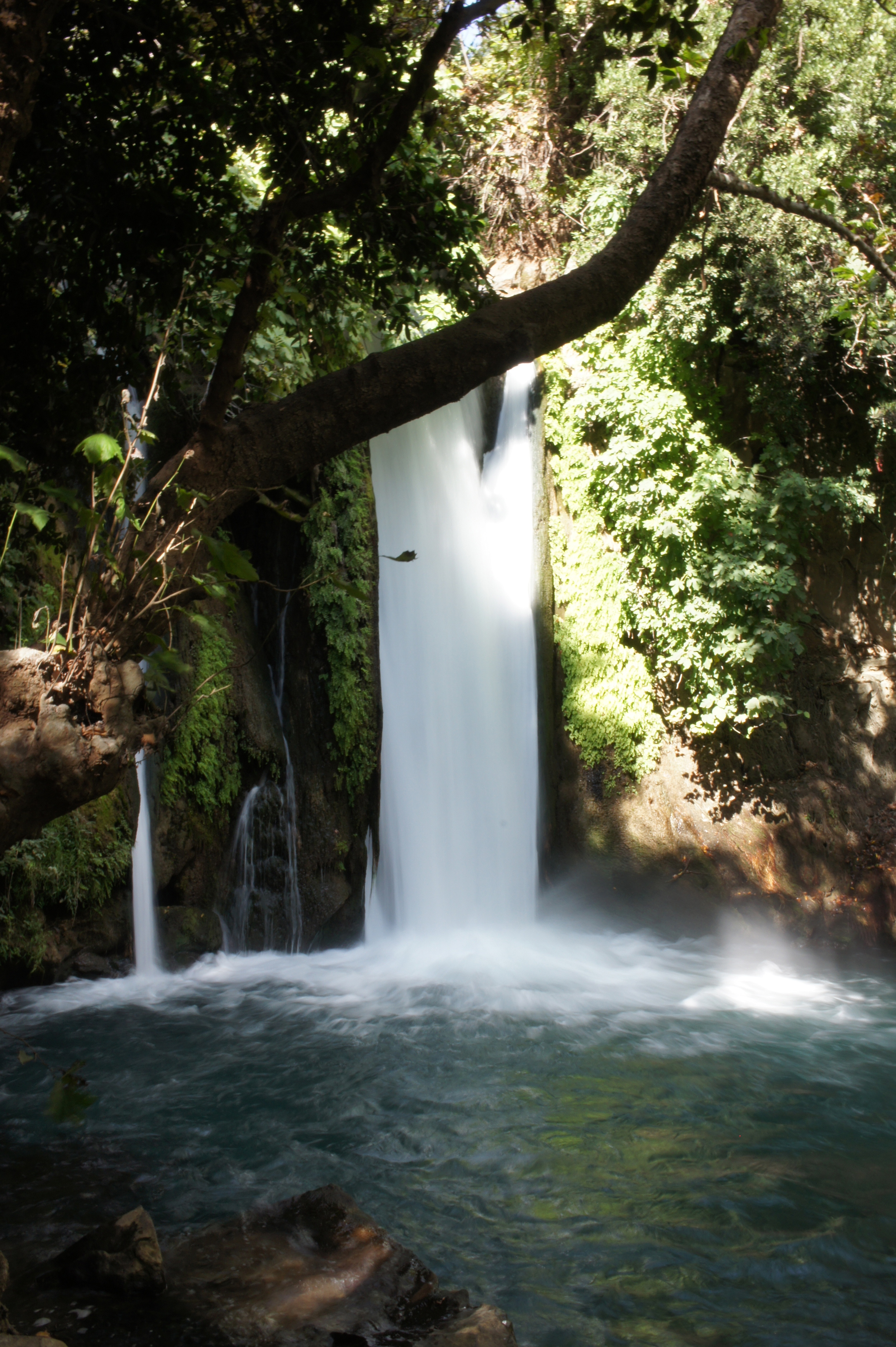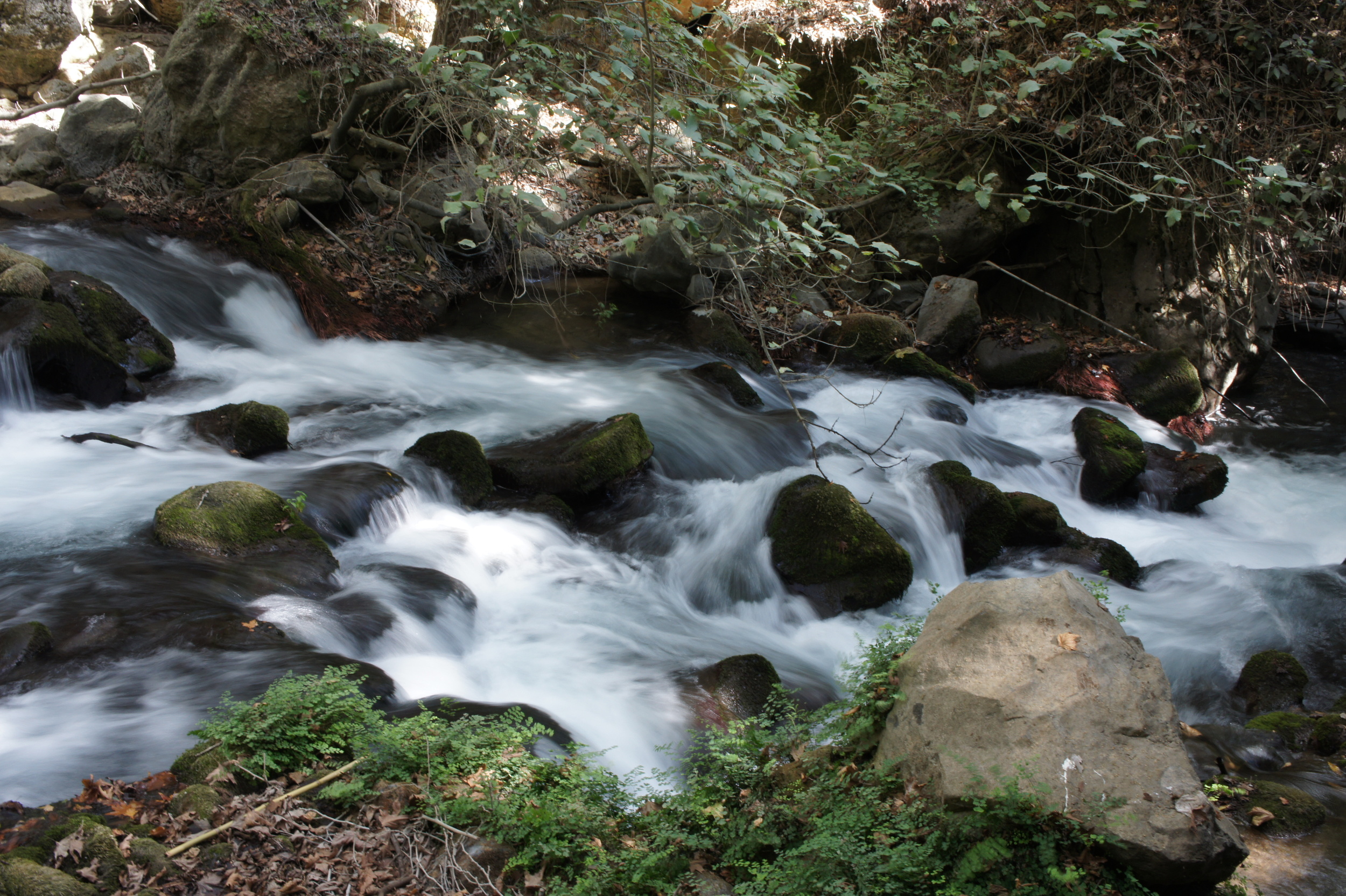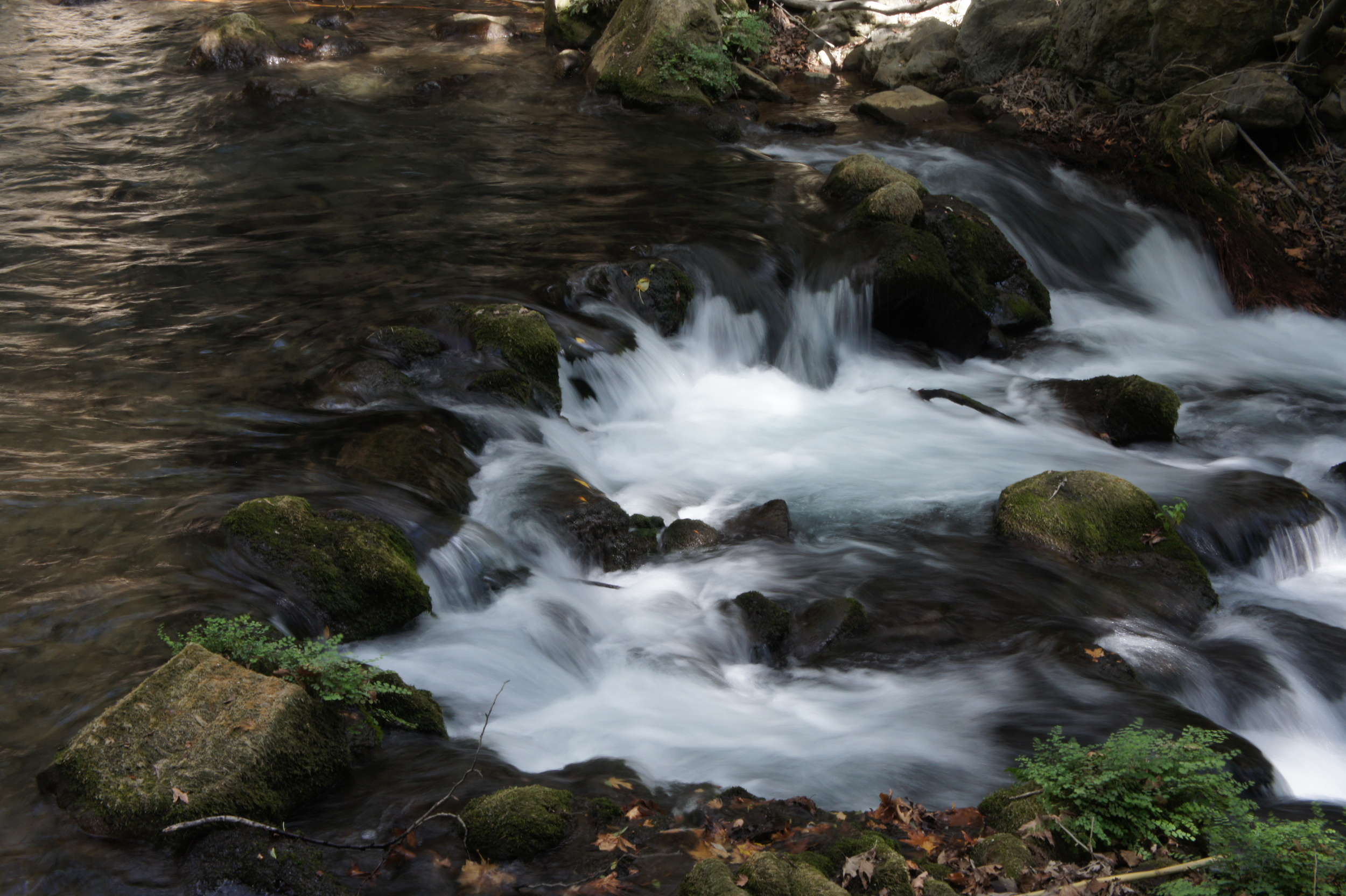Turkey and Israel: Kicking Off the Journey
The three week journey from New York to Bombay was a bit hectic. It seemed as though big news stories had been following us around. Our second week in Israel, the whole country was consumed with constant updates on the release of 5-year Hammas prisoner Gilad Shalit, who finally reached Israel the hour we left it. Make of it what you will, but on the day of Shalit's release, both foreigners in Israel and Turks asked us the same question: "A THOUSAND prisoners for one soldier?"
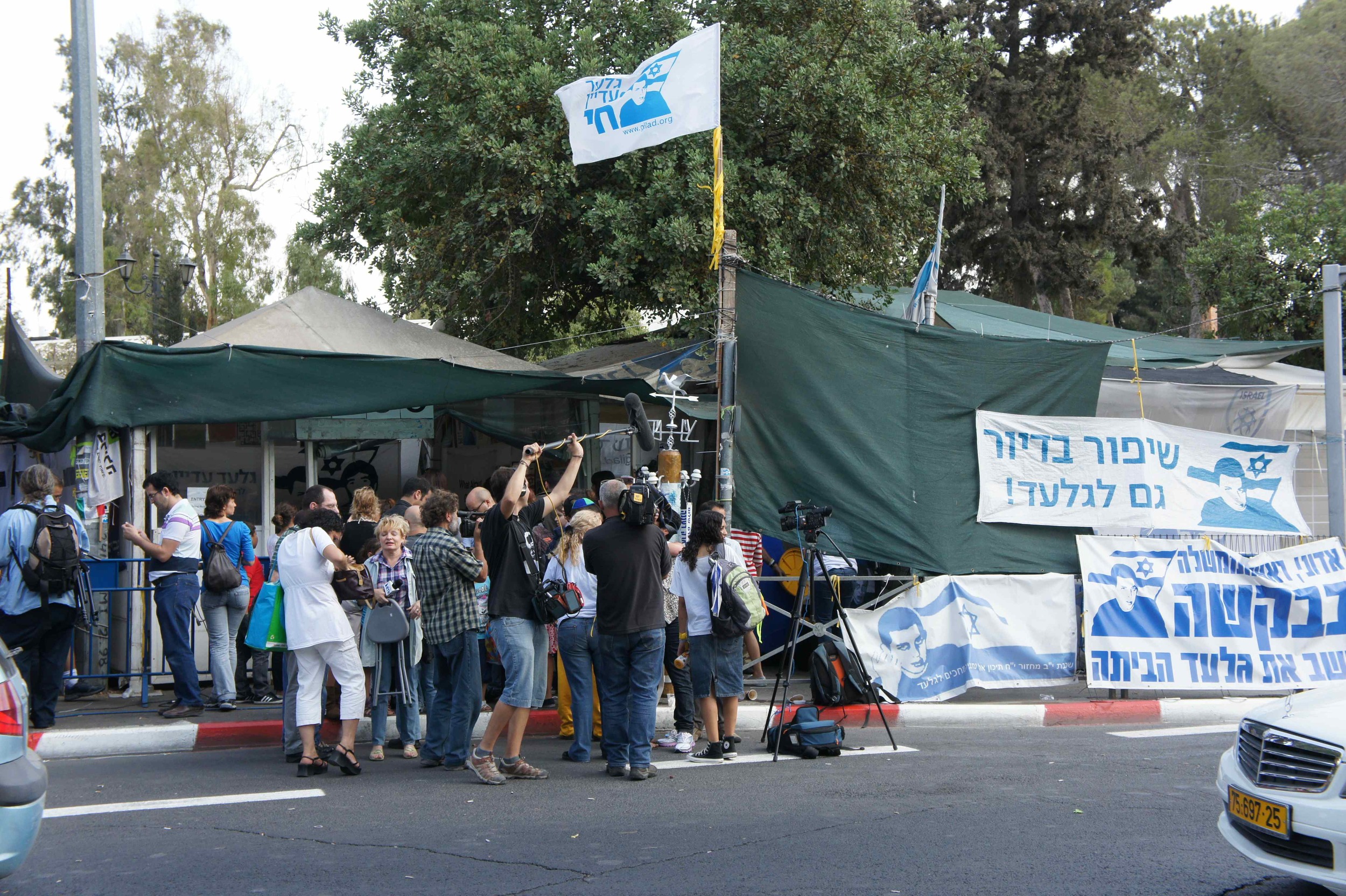
A couple days after we arrived in Turkey, news broke of the Kurdish missile attack and subsequent Turkish incursion into Iraq. A day later, as we returned from an all day trip, we were told by our hosts of the terrible earthquake in eastern Turkey several hours earlier. Needless to say, our families were worried while we had no idea.
Israel was a whirlwind of family and friends. We went from the center to the north and back several times. Having been in Israel and experienced the inflation there first hand, I have a much better sense of the cause of the protests several months ago. I'm not sure how people survive there financially. Also interesting was Yom Kippur. We were in Hertzilya for the holiday and it was different than anywhere else I'd been. To be fair, I'd only previously experienced Israeli Yom Kippur on Kibbutz, where everything comes to a hot standstill for a day. This was truly different. People go out and enjoy the day, taking advantage of the lack of cars. The evening of Yom Kippur, there were tons of people walking and riding bicycles, even on the highway. The biggest beneficiary of the holiday seemed to be dogs, who could be walked without leashes, free to roam about where they please. Children rode and played on the city streets--a luxury they don't have the rest of the year. It was pretty incredible to see this somber, quiet holiday turned into a shared lively experience. We arrived in Turkey to find Istanbul's airport to be deceptively chaotic. As we went to collect our bags, the belt they were supposed to be on was turned off and no one was standing by it. After walking around the entire baggage claim section, we found my bag as the lone luggage on different belt. Devorah's bag was nowhere to be found. This was not a good start to our trip. Devorah went to the lost baggage office to fill out a claim and afterwards we decided to do one final check for her bag. Sure enough, it was in a pile of bags that had been removed off of the belts. Crisis averted. Istanbul was not exactly the East meets West that I'd envisioned, unless the east that's being referred to is the middle east. Our first day there we took four different types of public transit: tram, trolley, bus, and two very different funiculars (short distance trains that take commuters up and down hills). To top it off, a couple days later, we added a light rail, boat, and metro. We took every possible public commuting option in the city, except the suburban train. It was also pretty amazing to walk through the city and see random ancient Ottoman mausoleums and landmarks. There are so many things to see in that city, so much history, I feel we could have easily spent weeks there and not seen everything.
After Israel, driving in Turkey was a pleasure. There were no cars driving dangerously fast, drivers used their blinkers to indicate they wanted to pass rather than tailgating for as long as it takes, and there was no unsafe passing. It was a stark difference from Israel, where I got clipped by a bus driver that cut me off and then proceeded to drive away and pretended he hadn't left a piece of the bus lodged in my car. Turkey will be the last time I drive a (four wheel) vehicle for a while.
